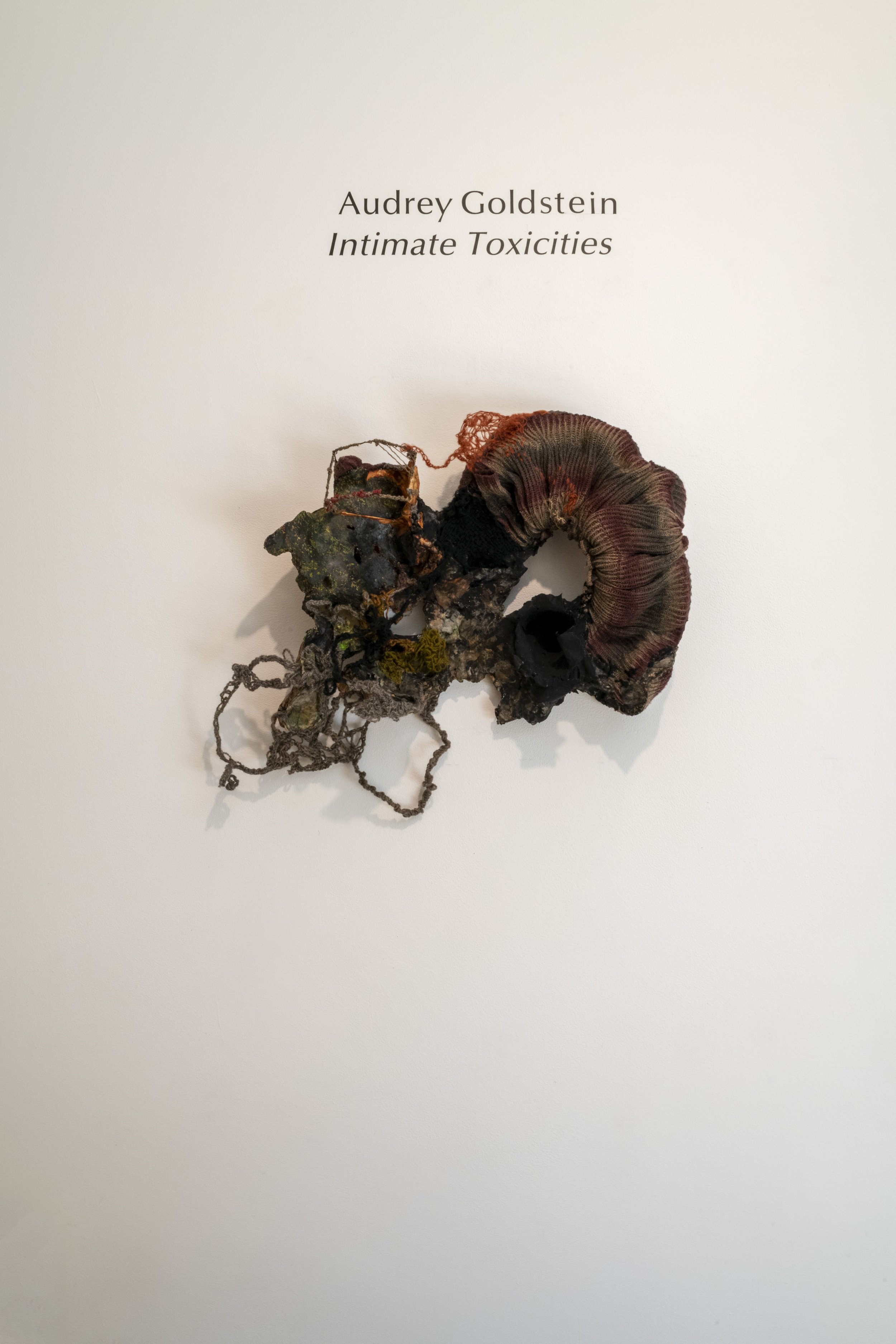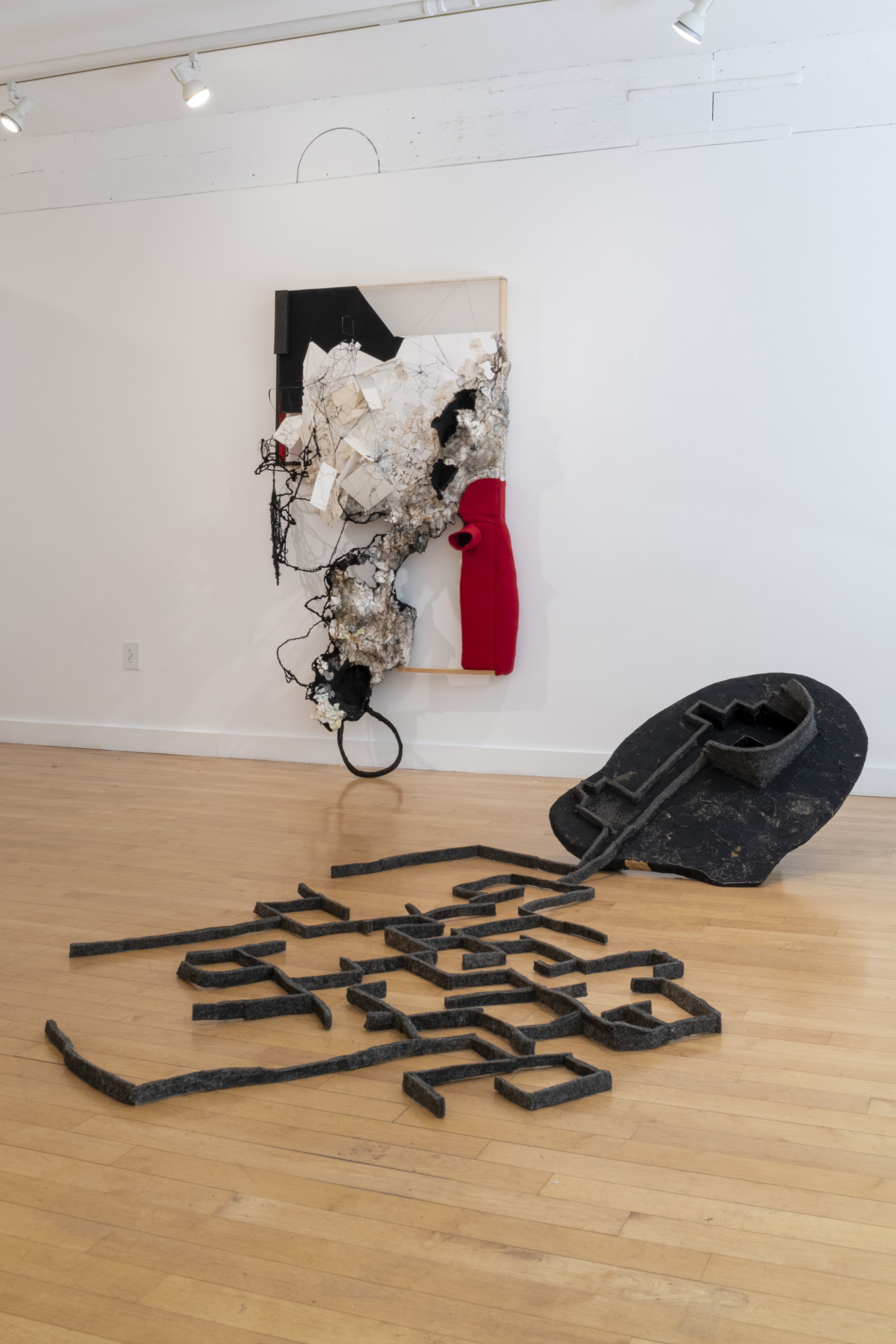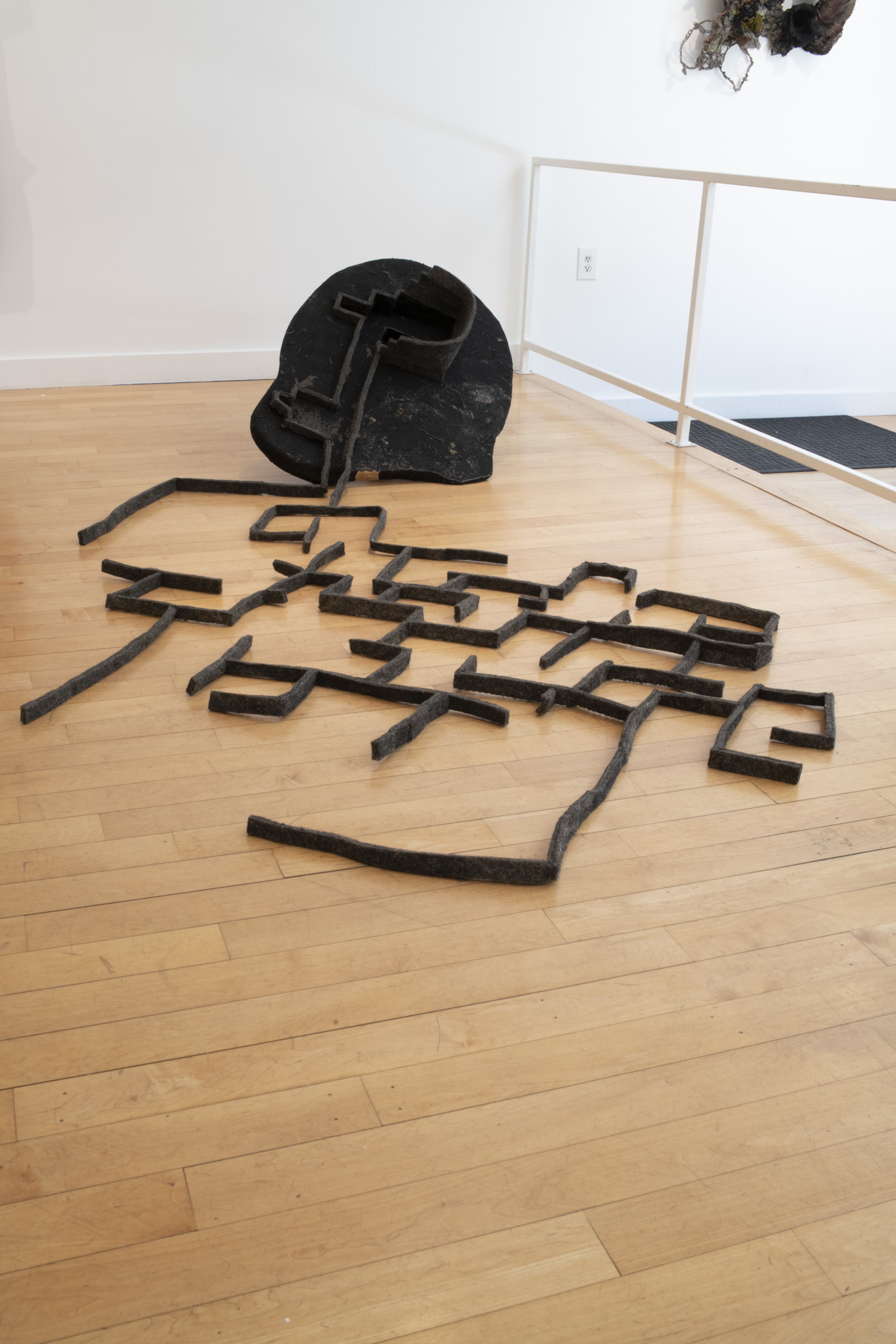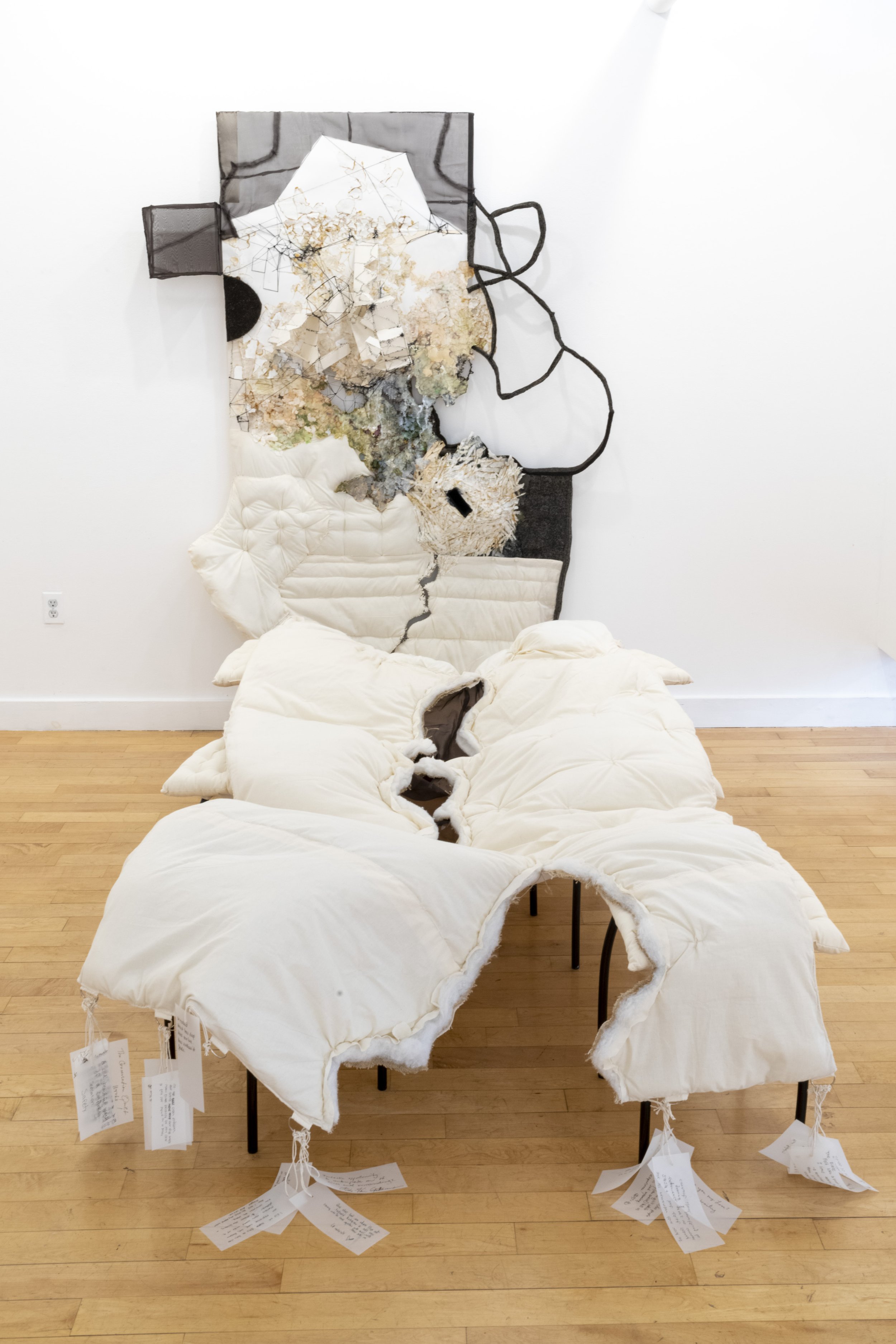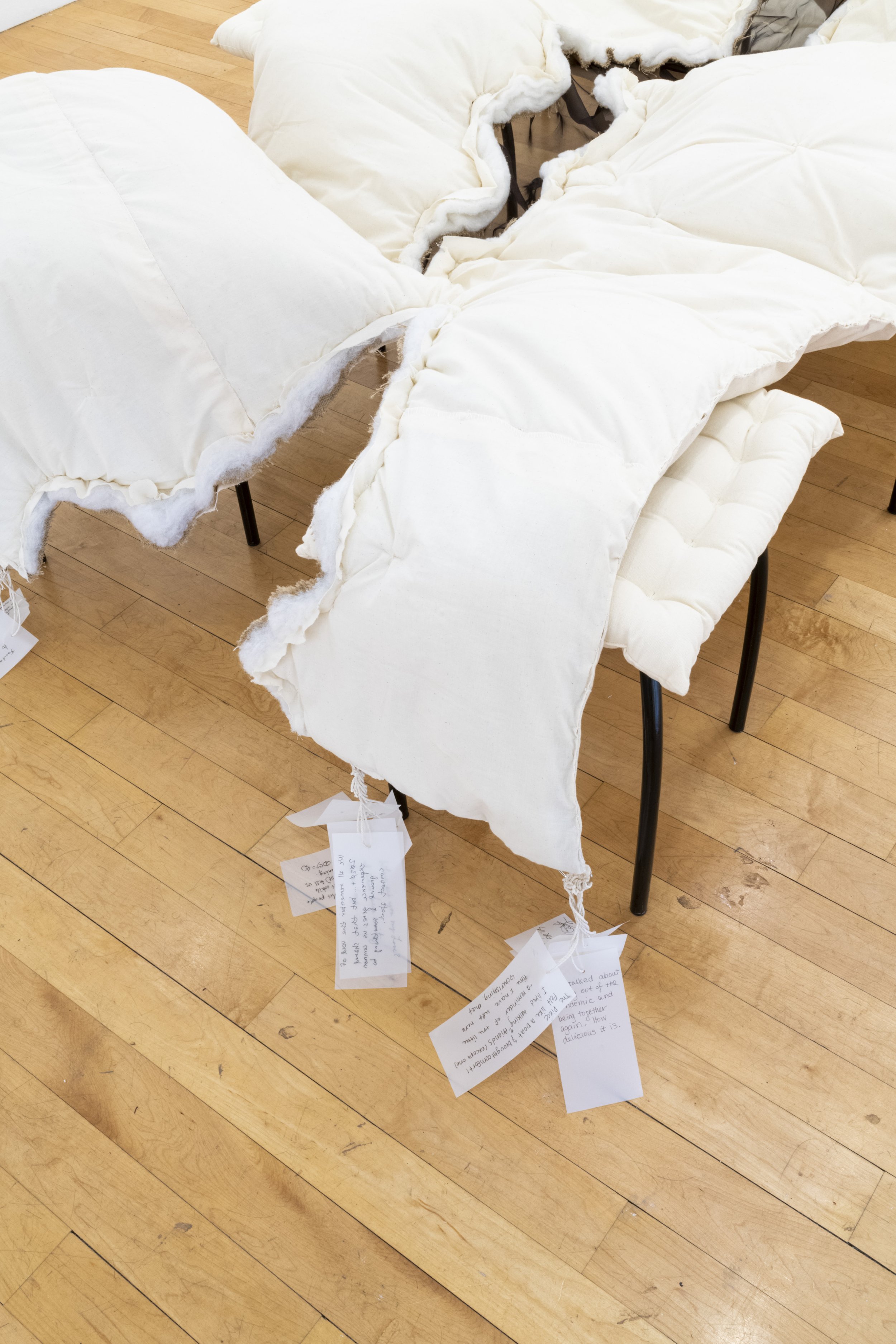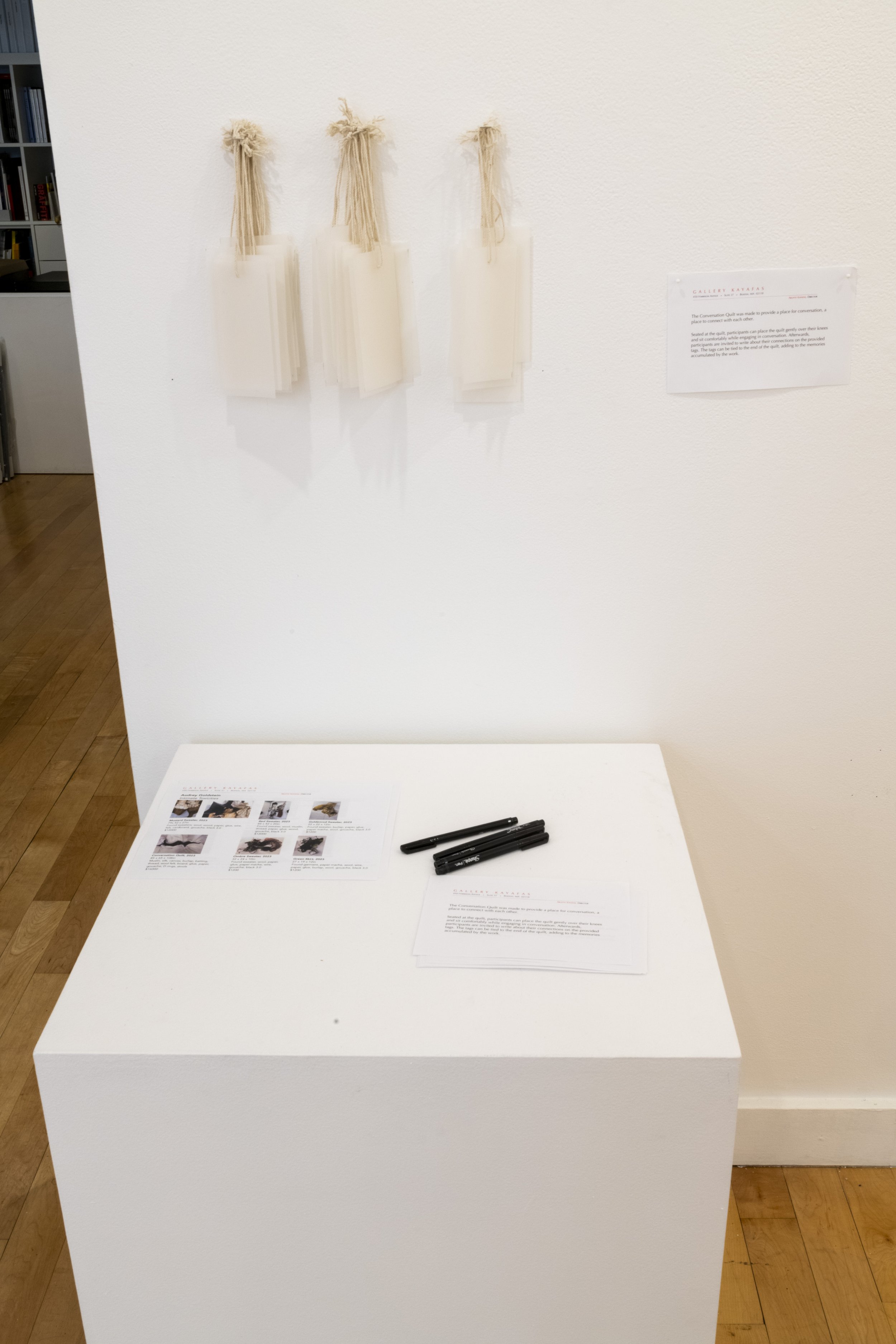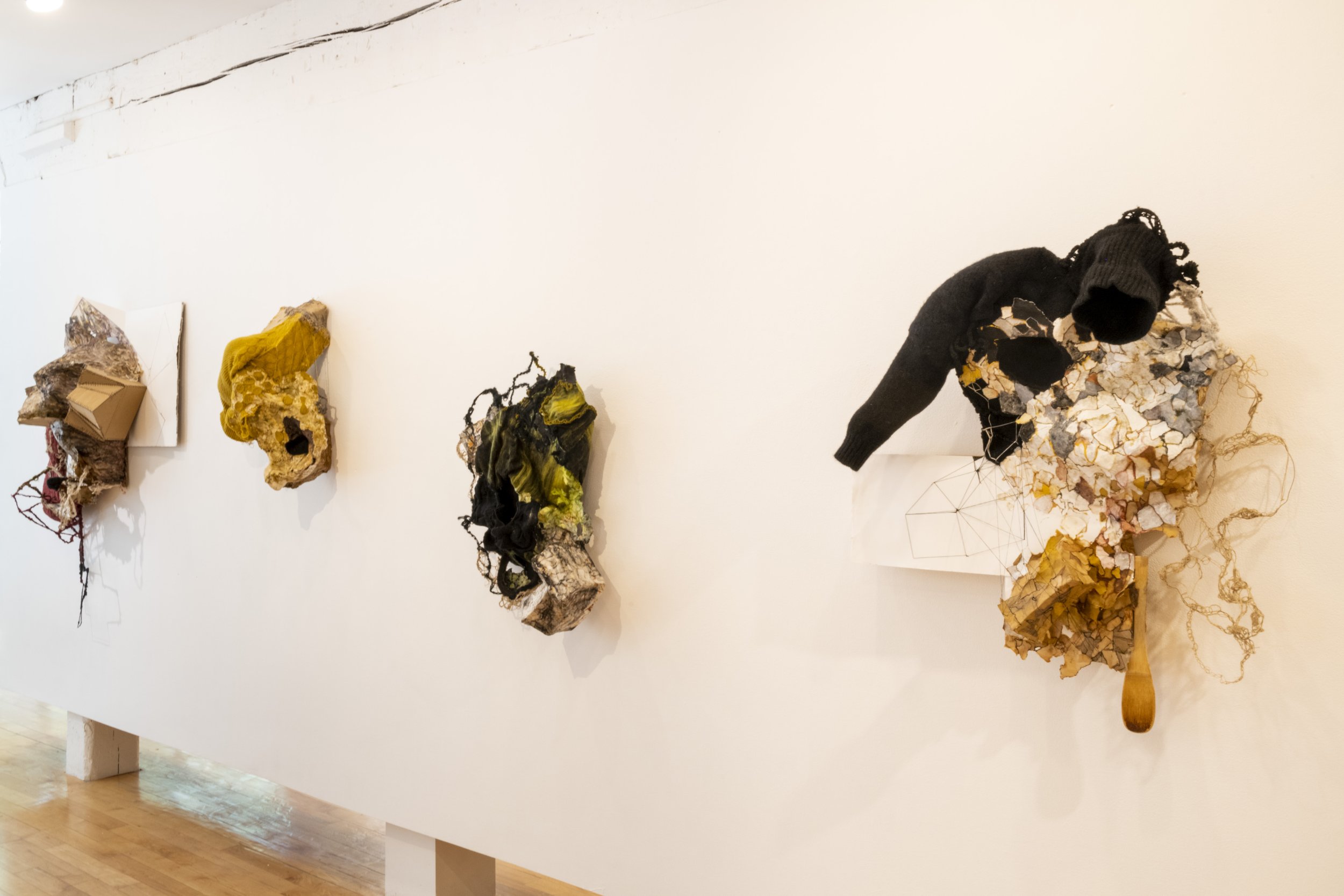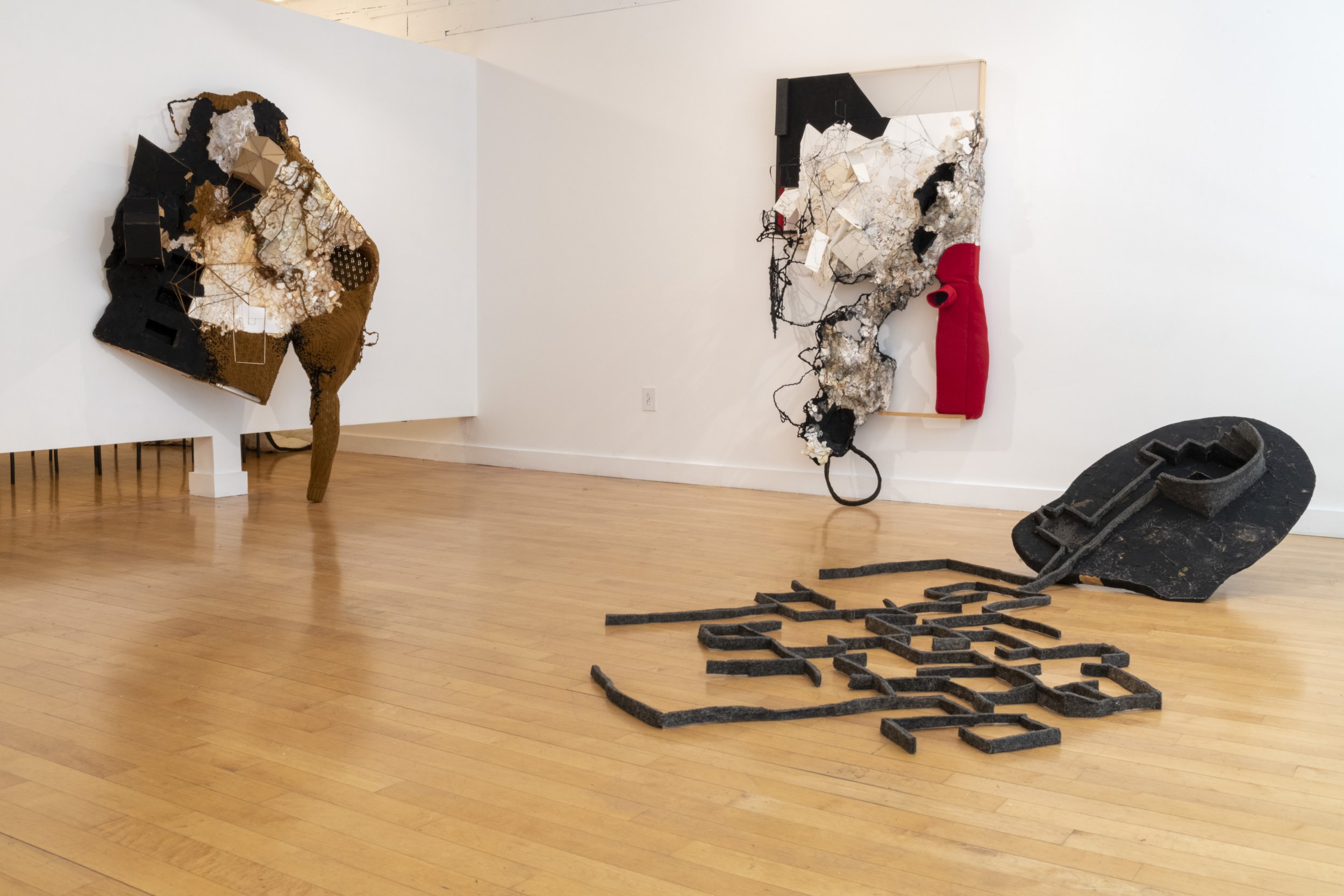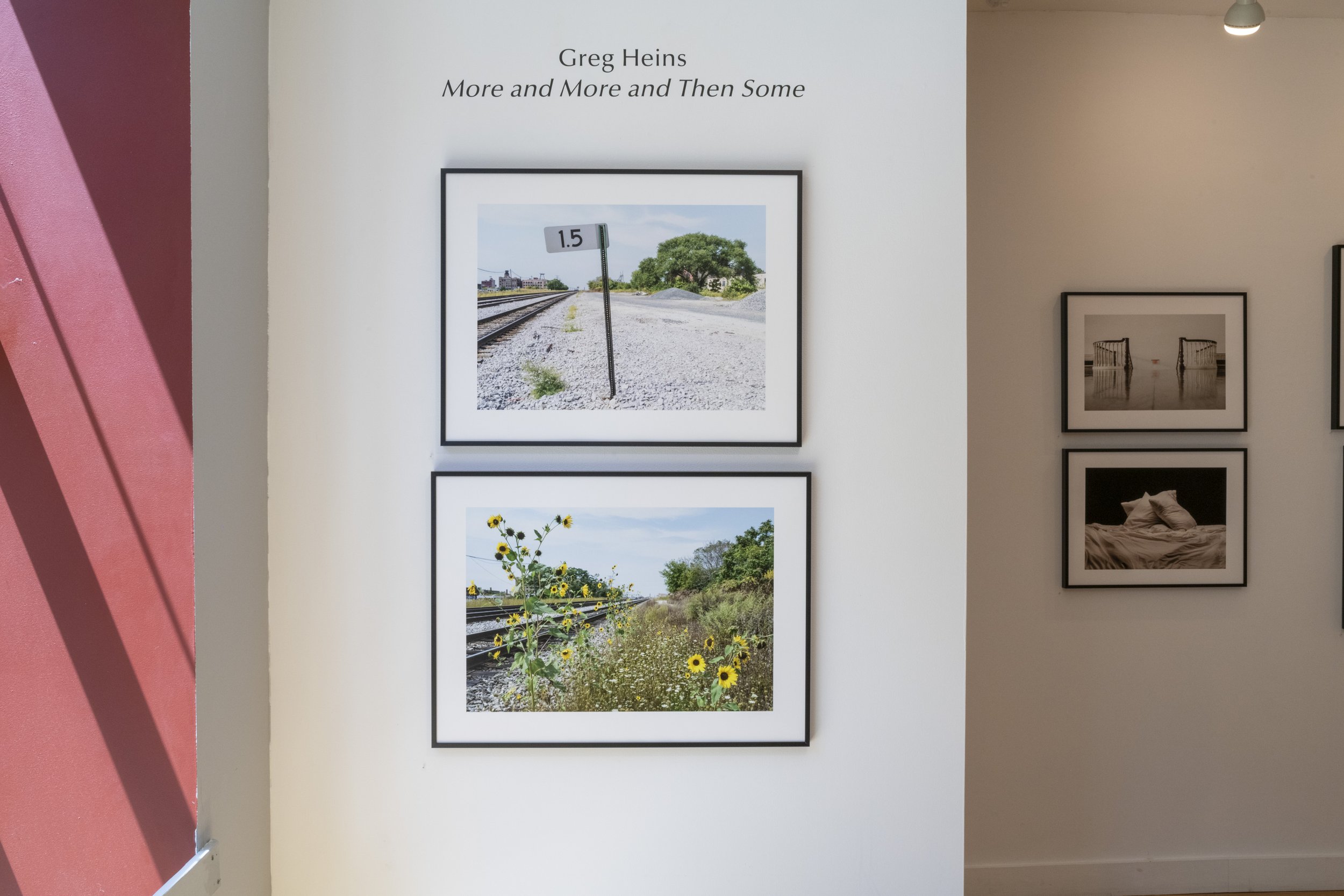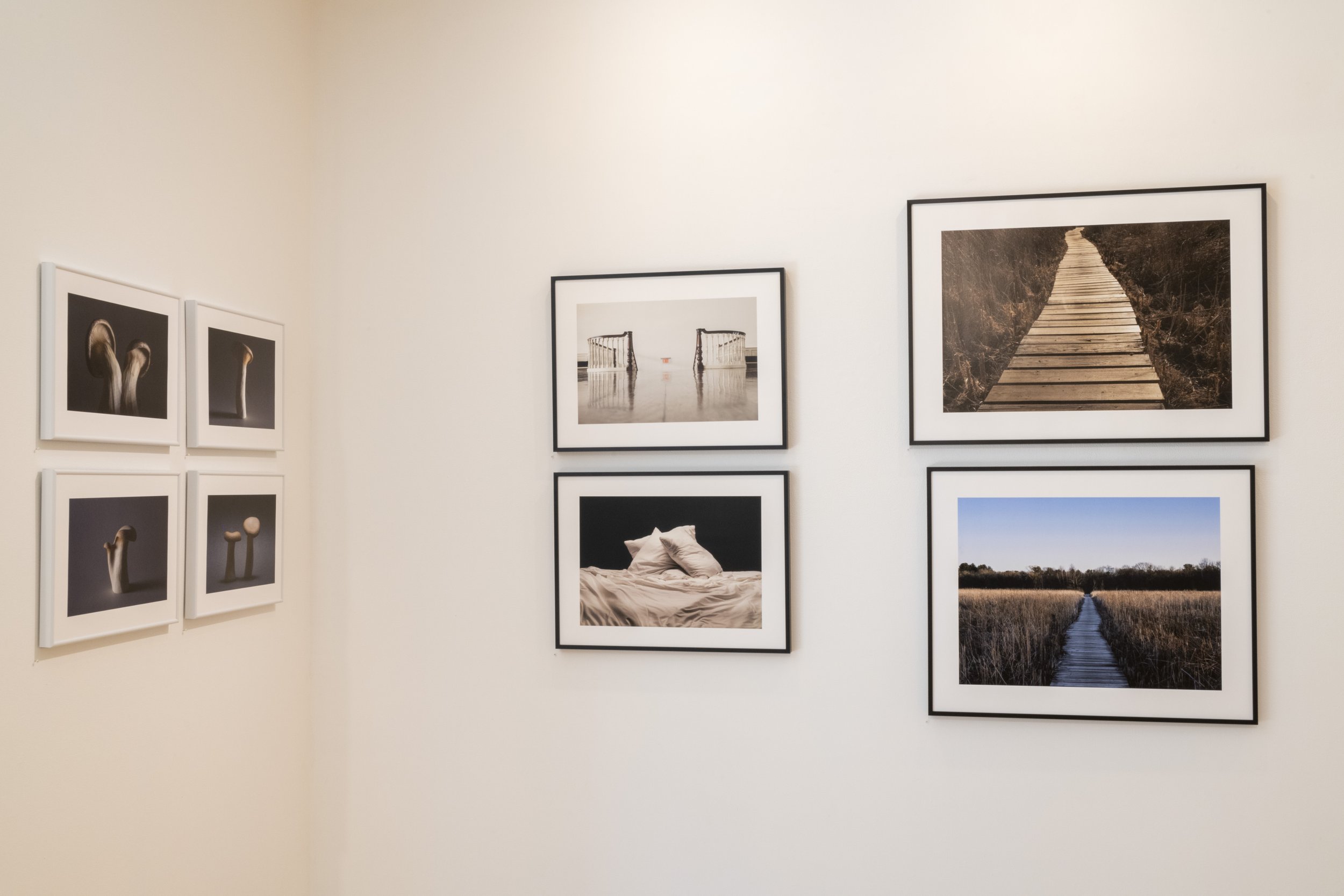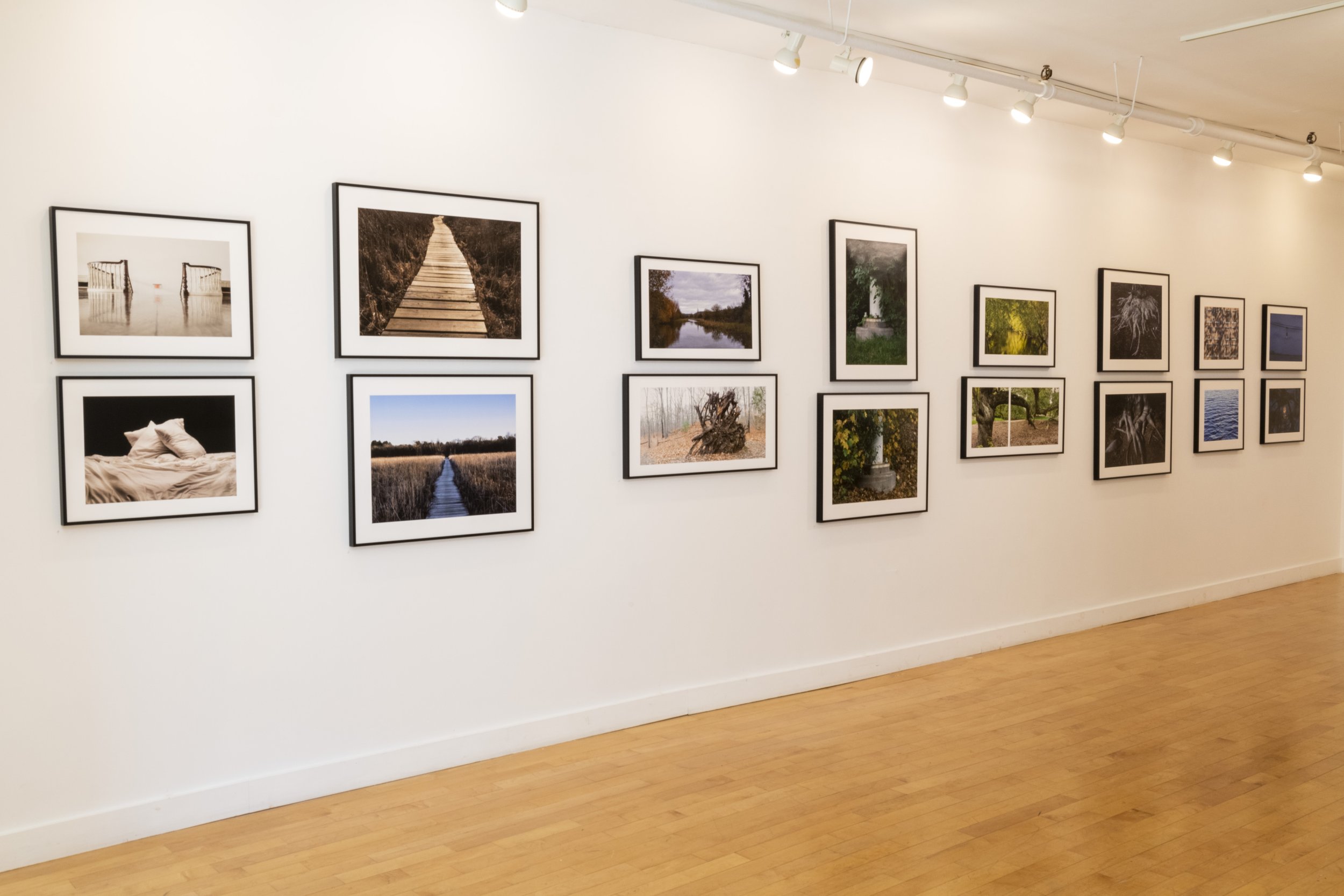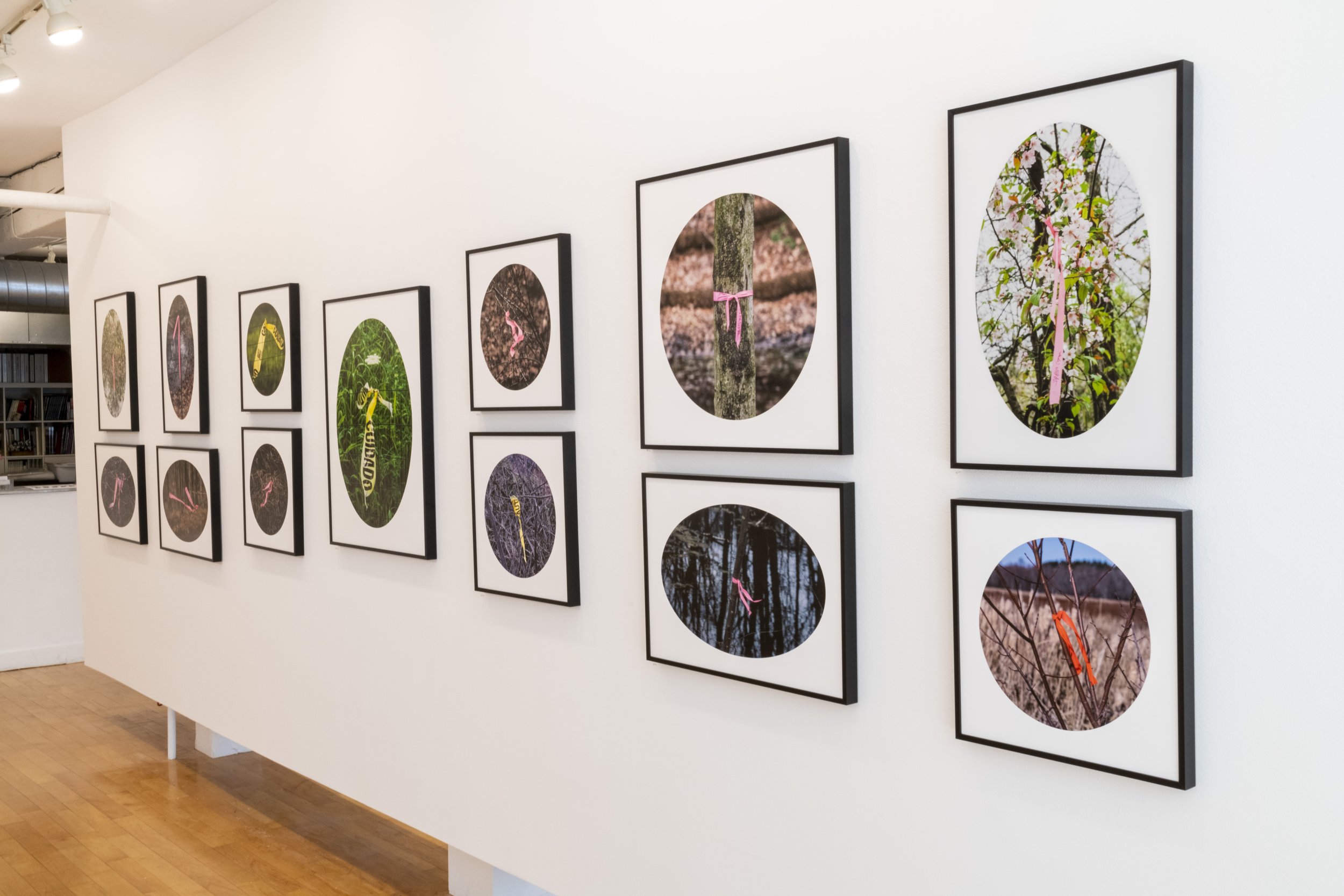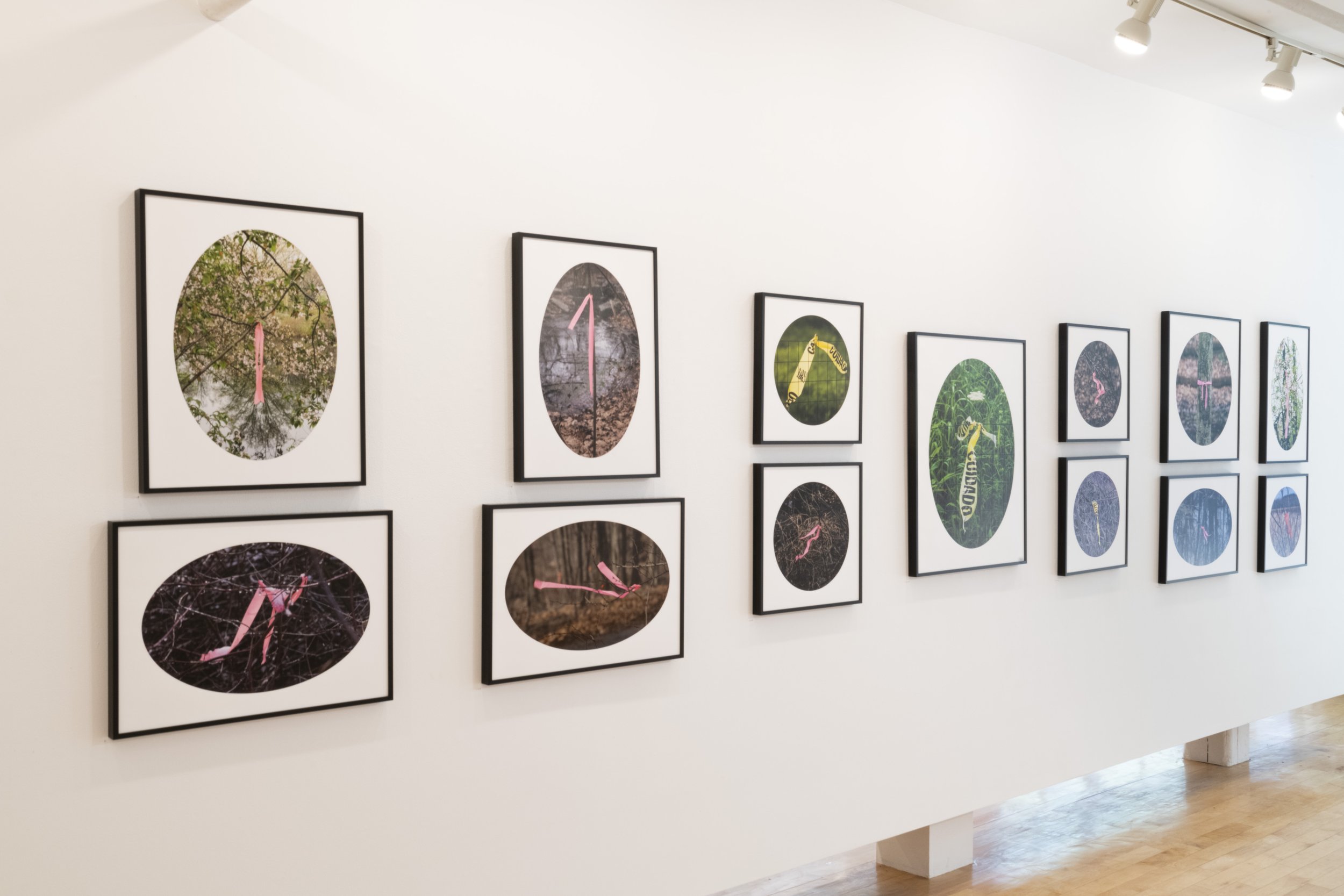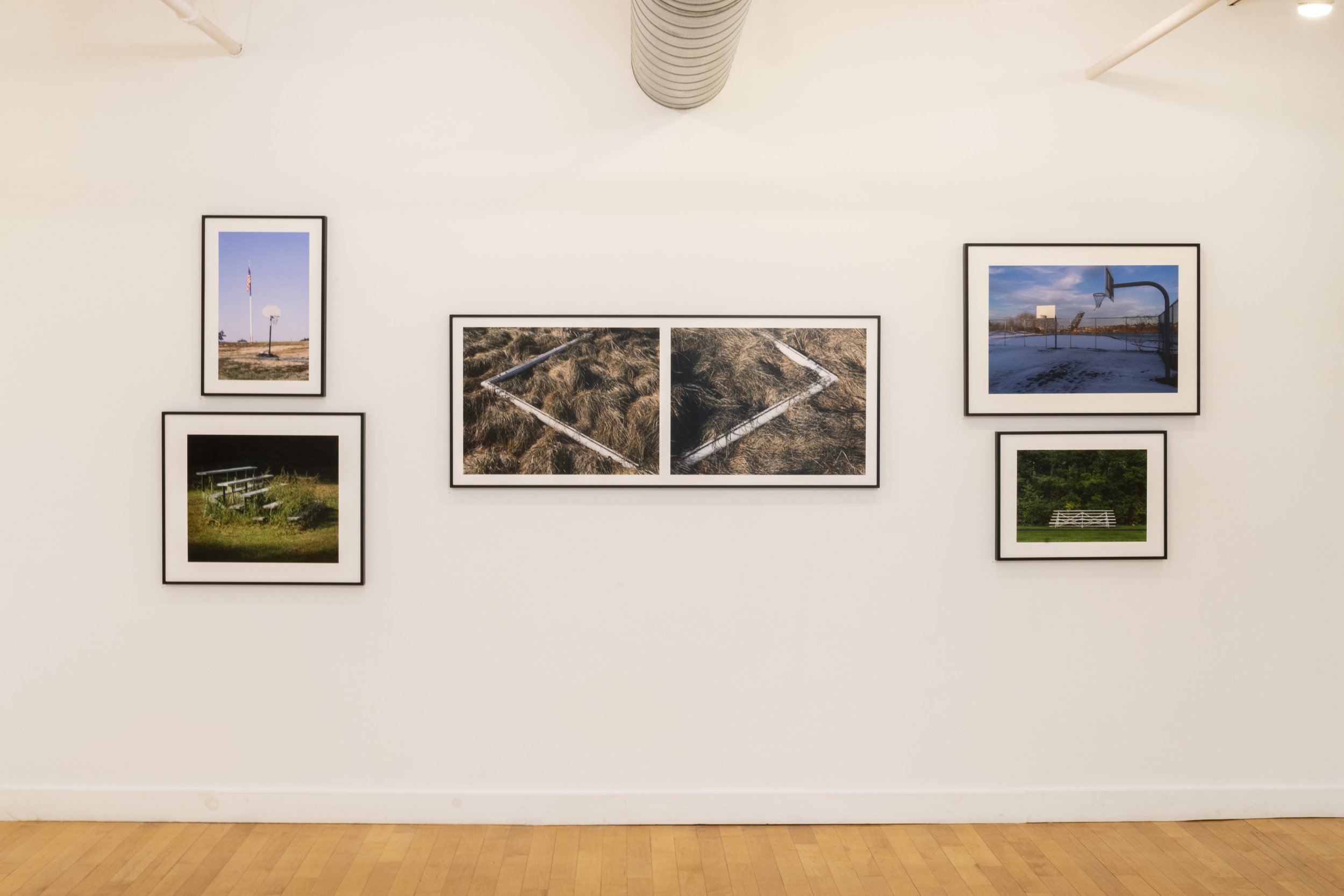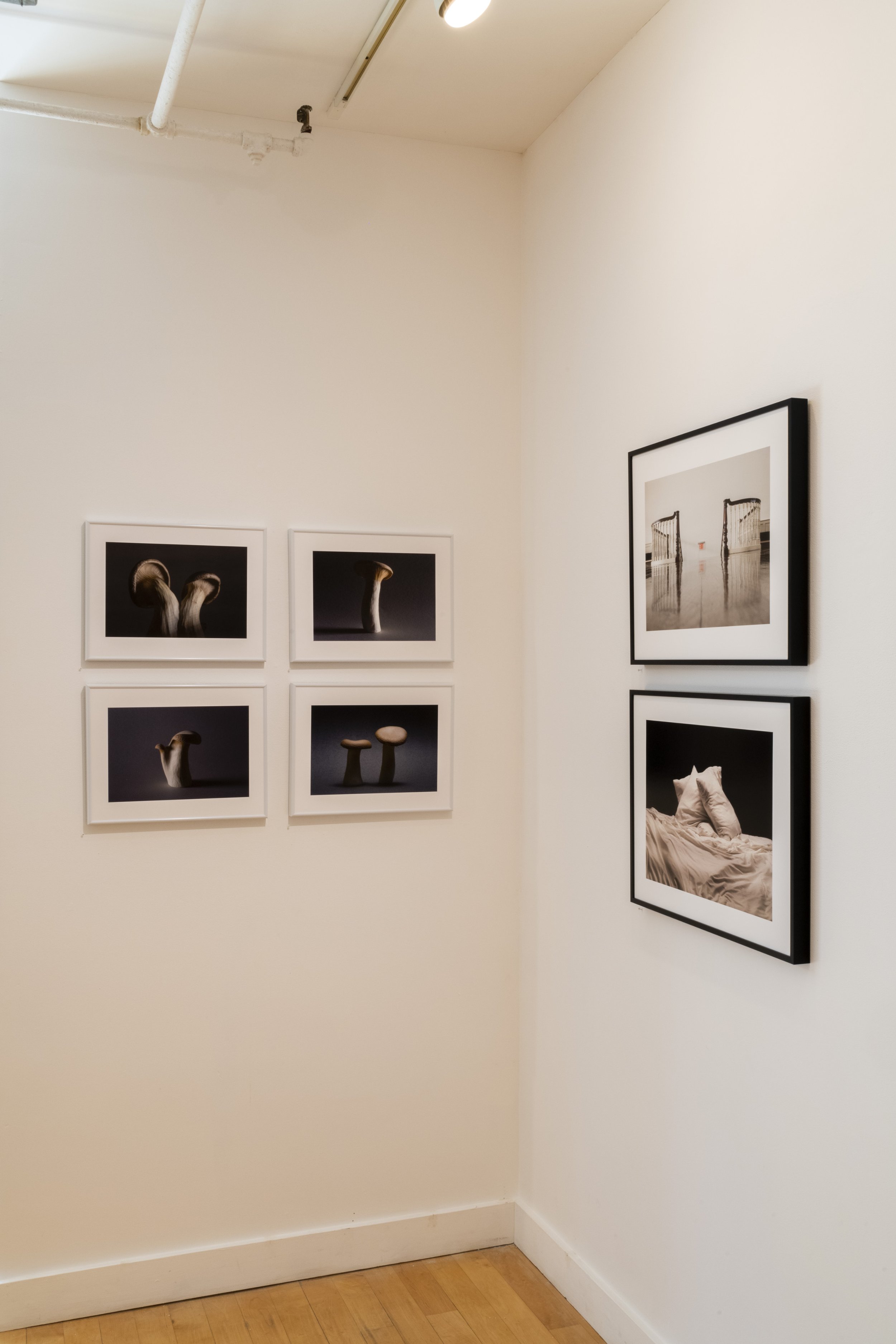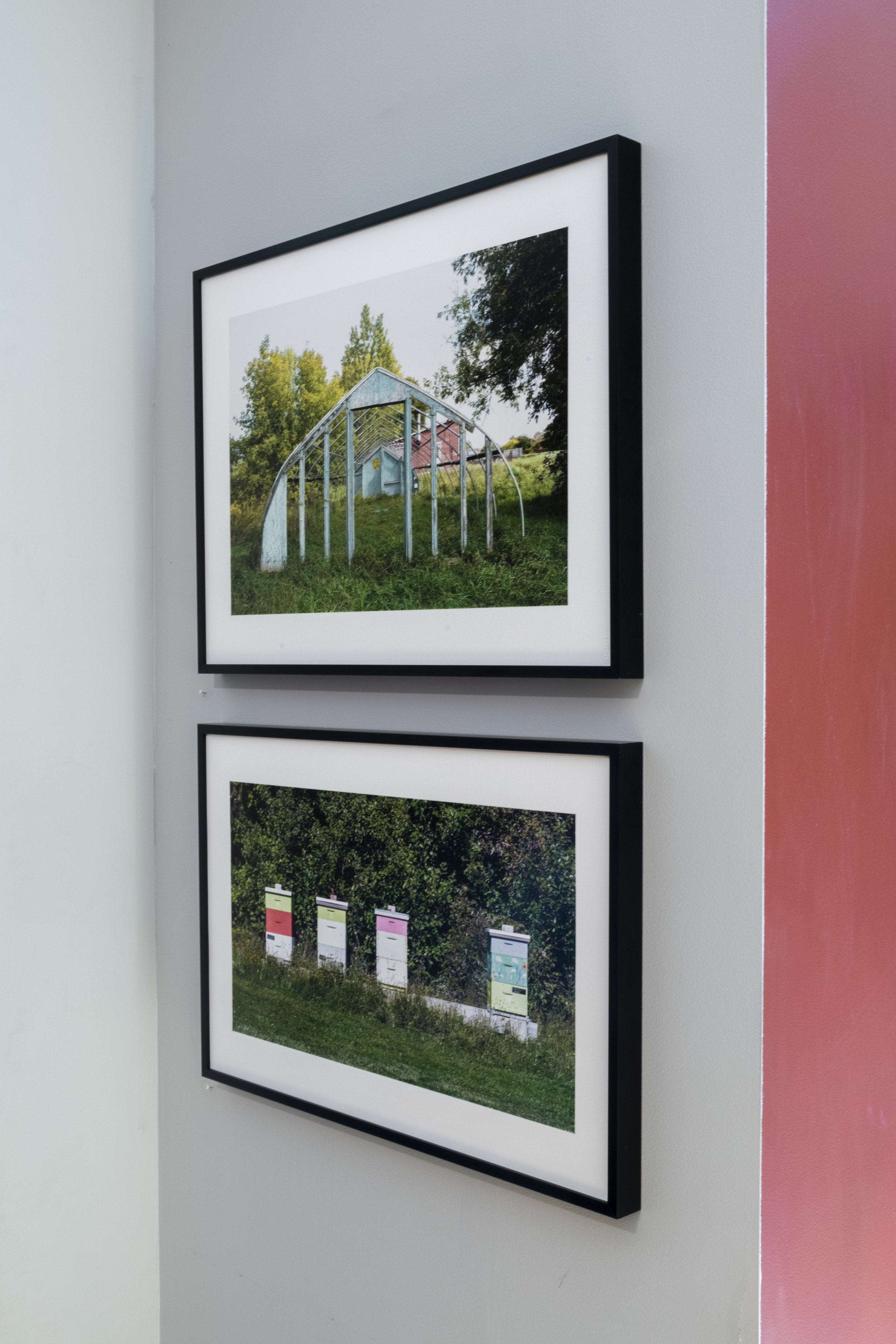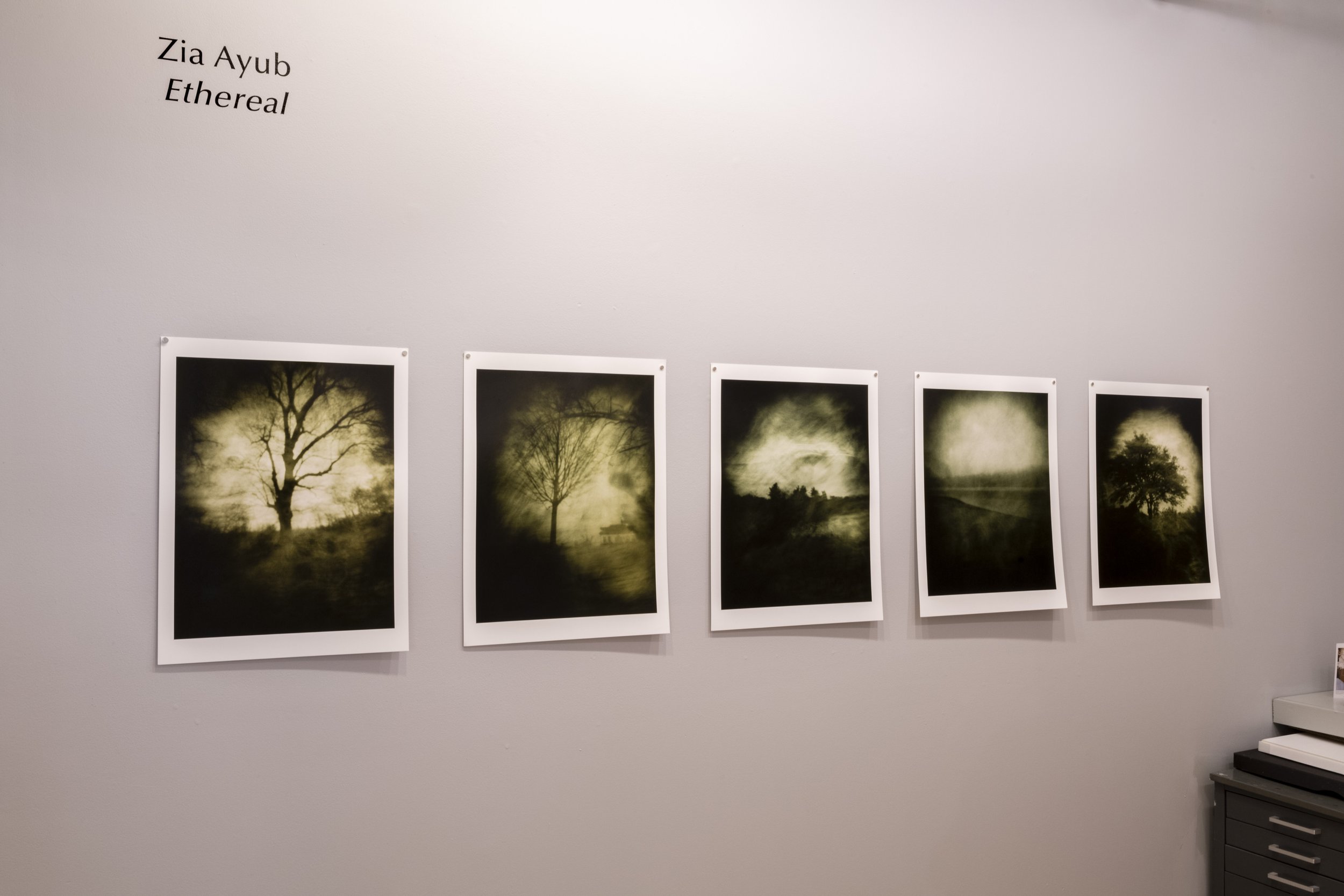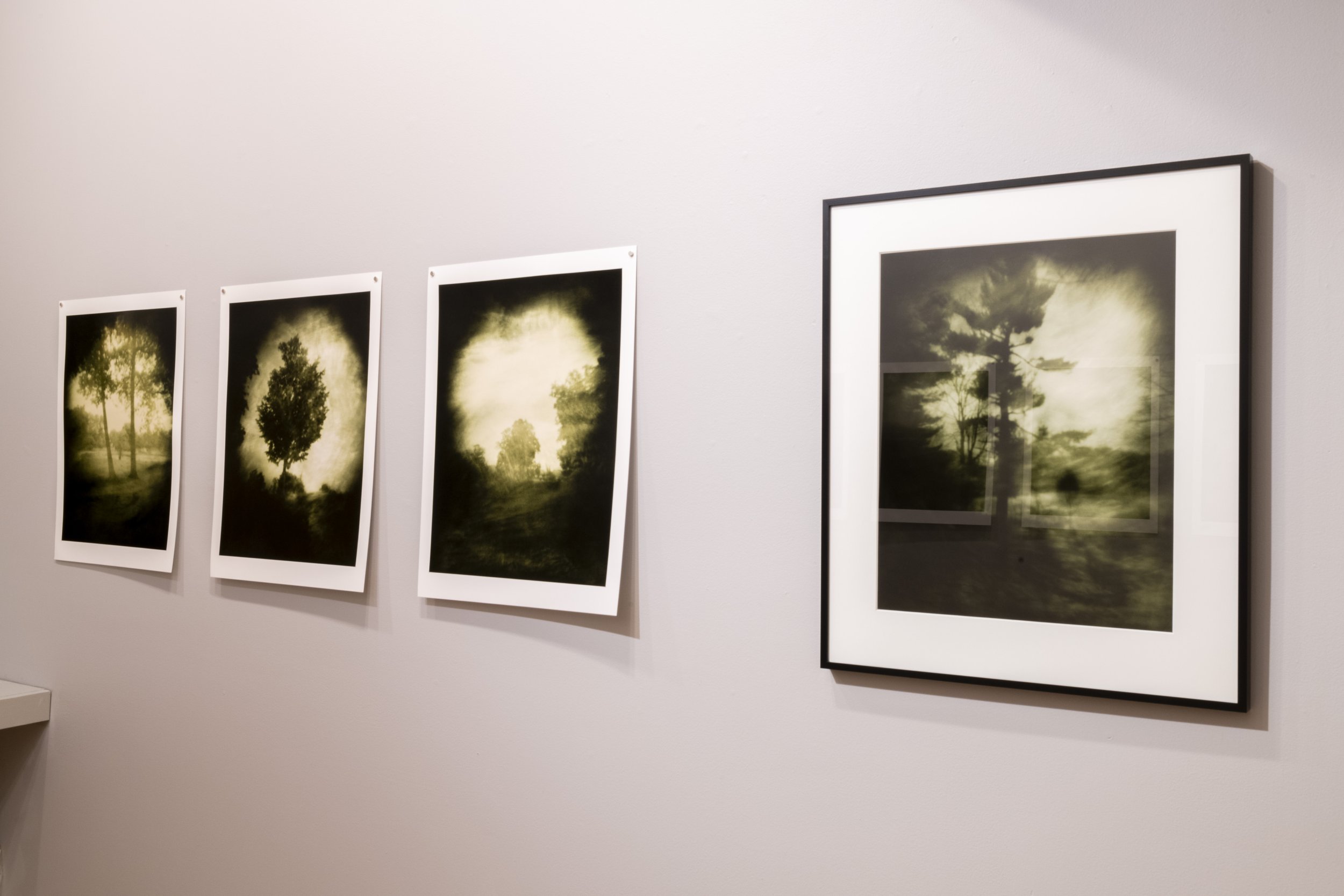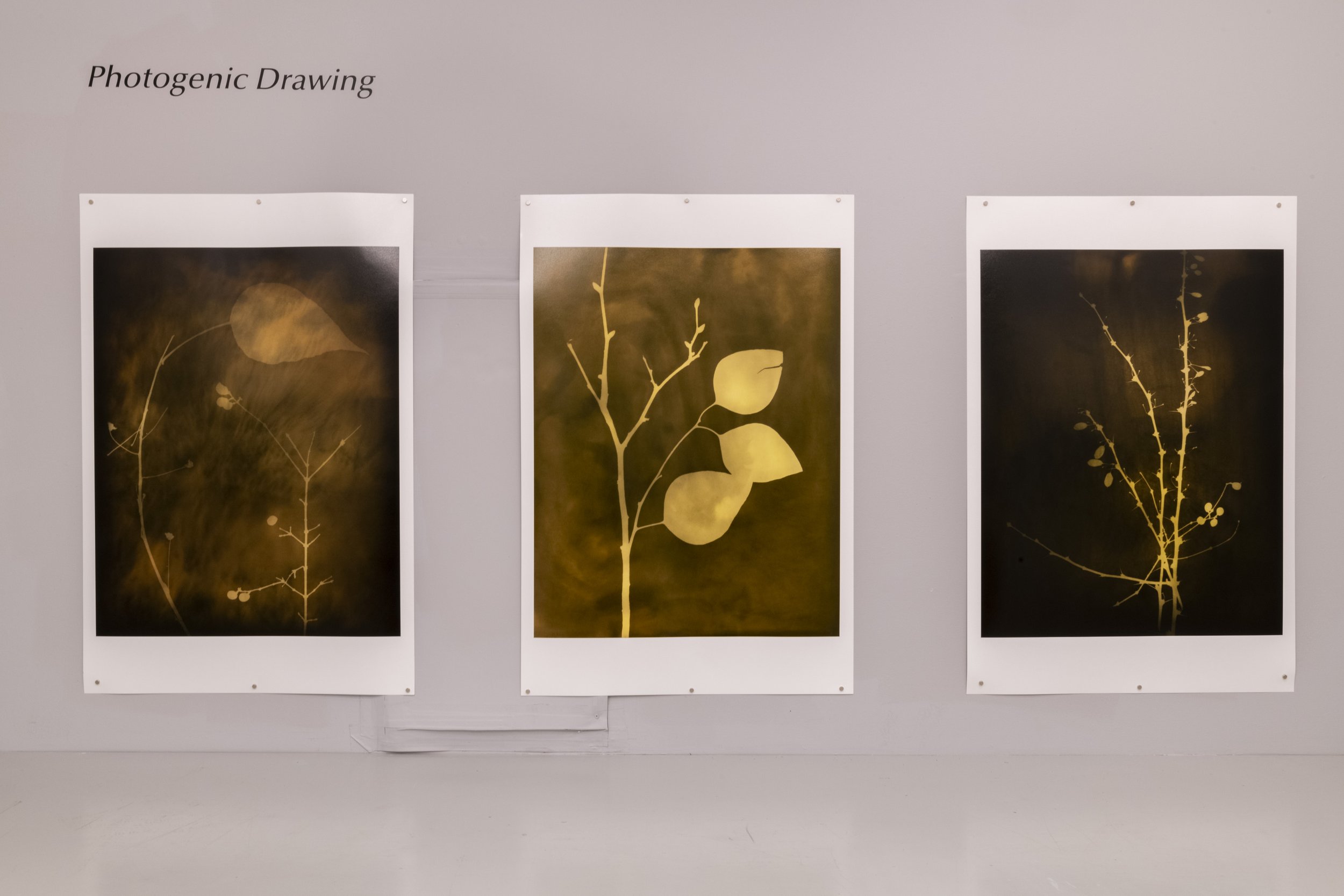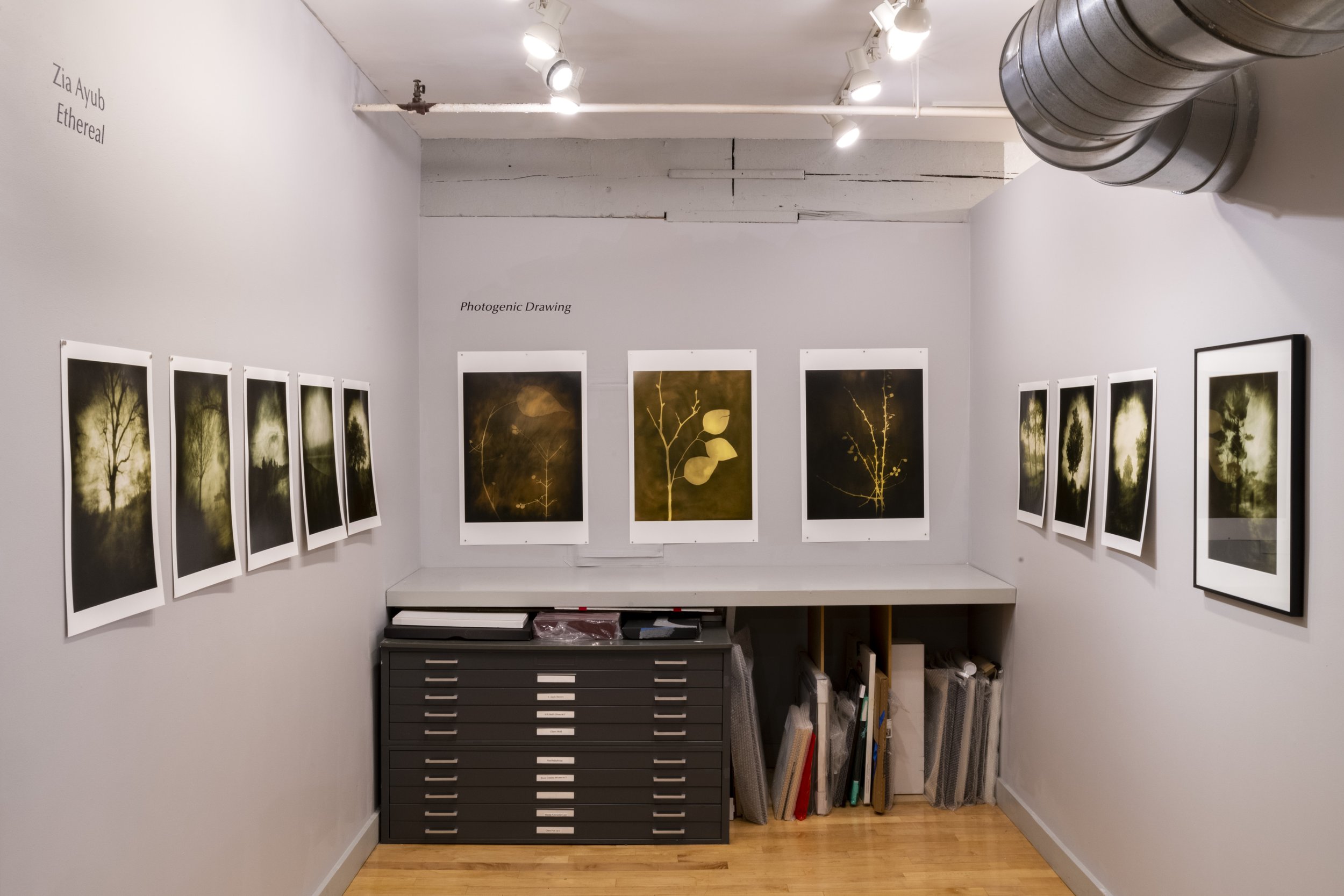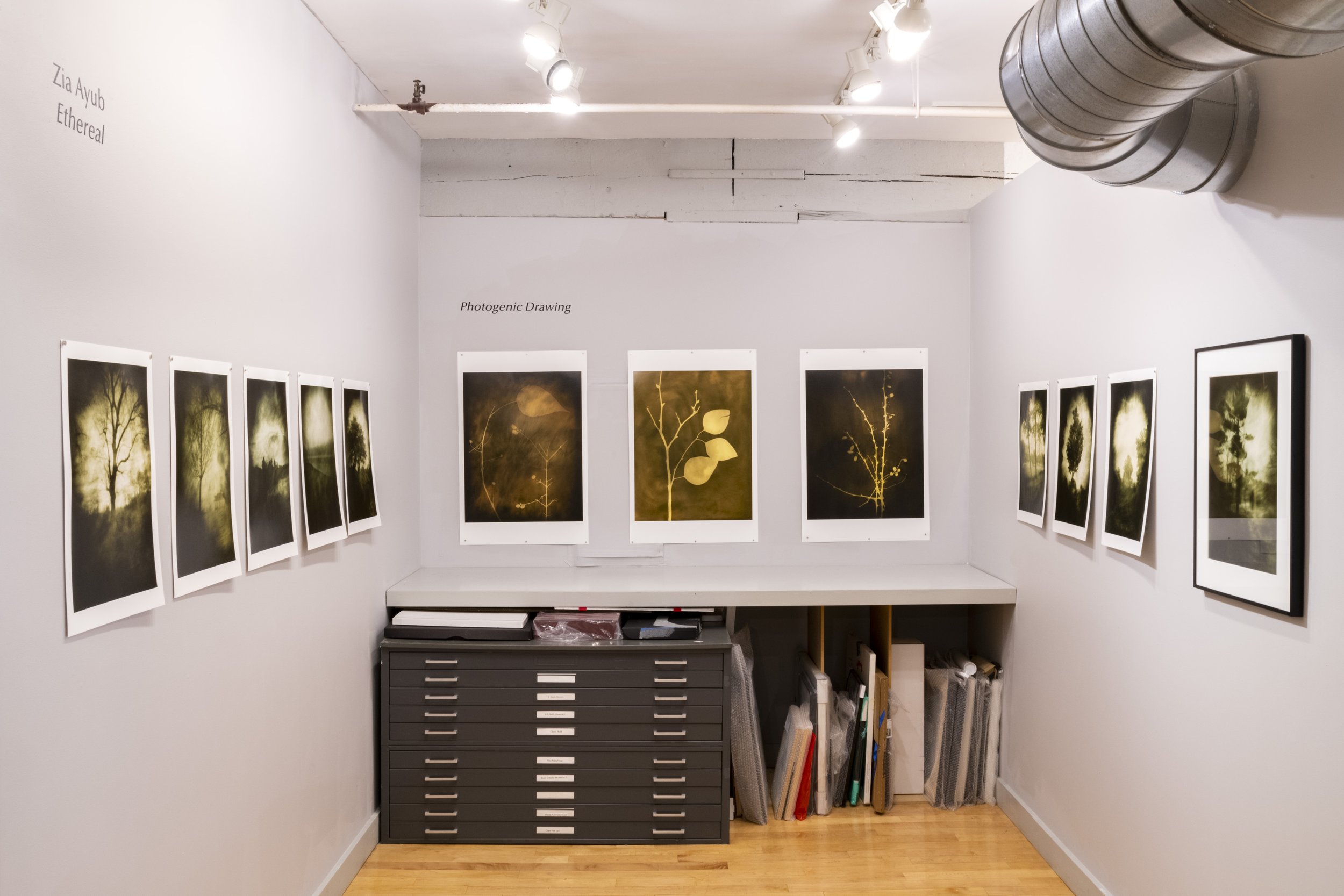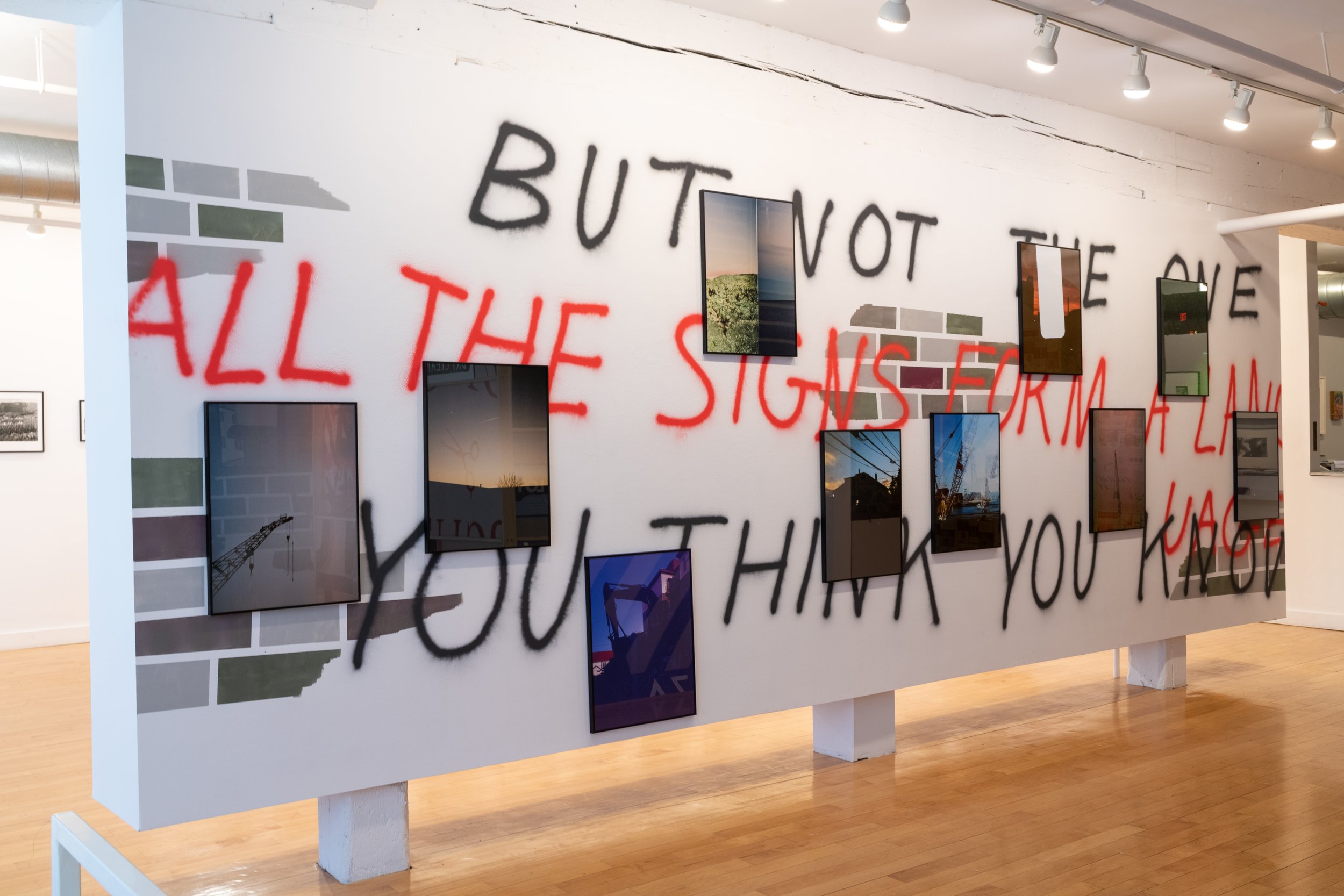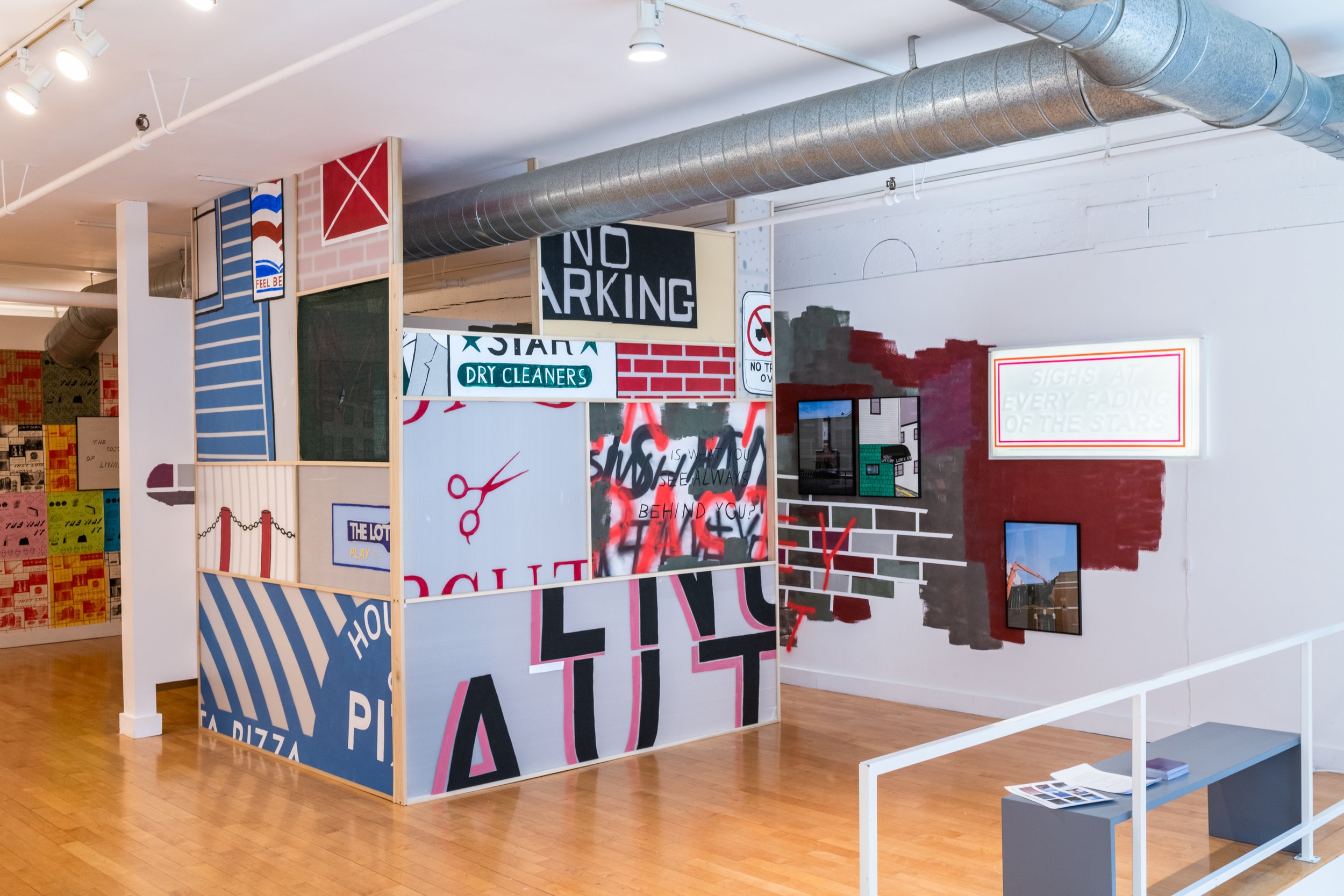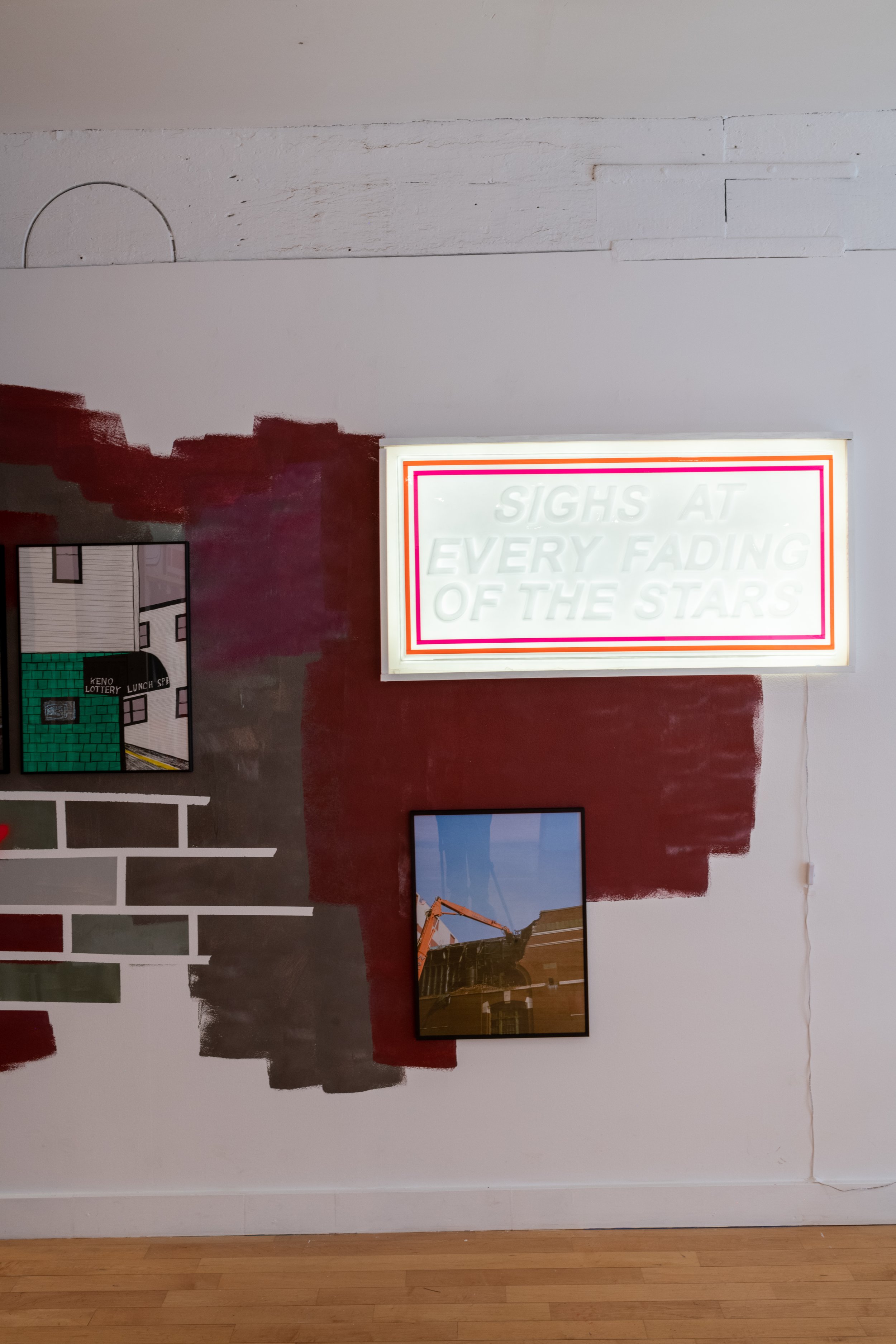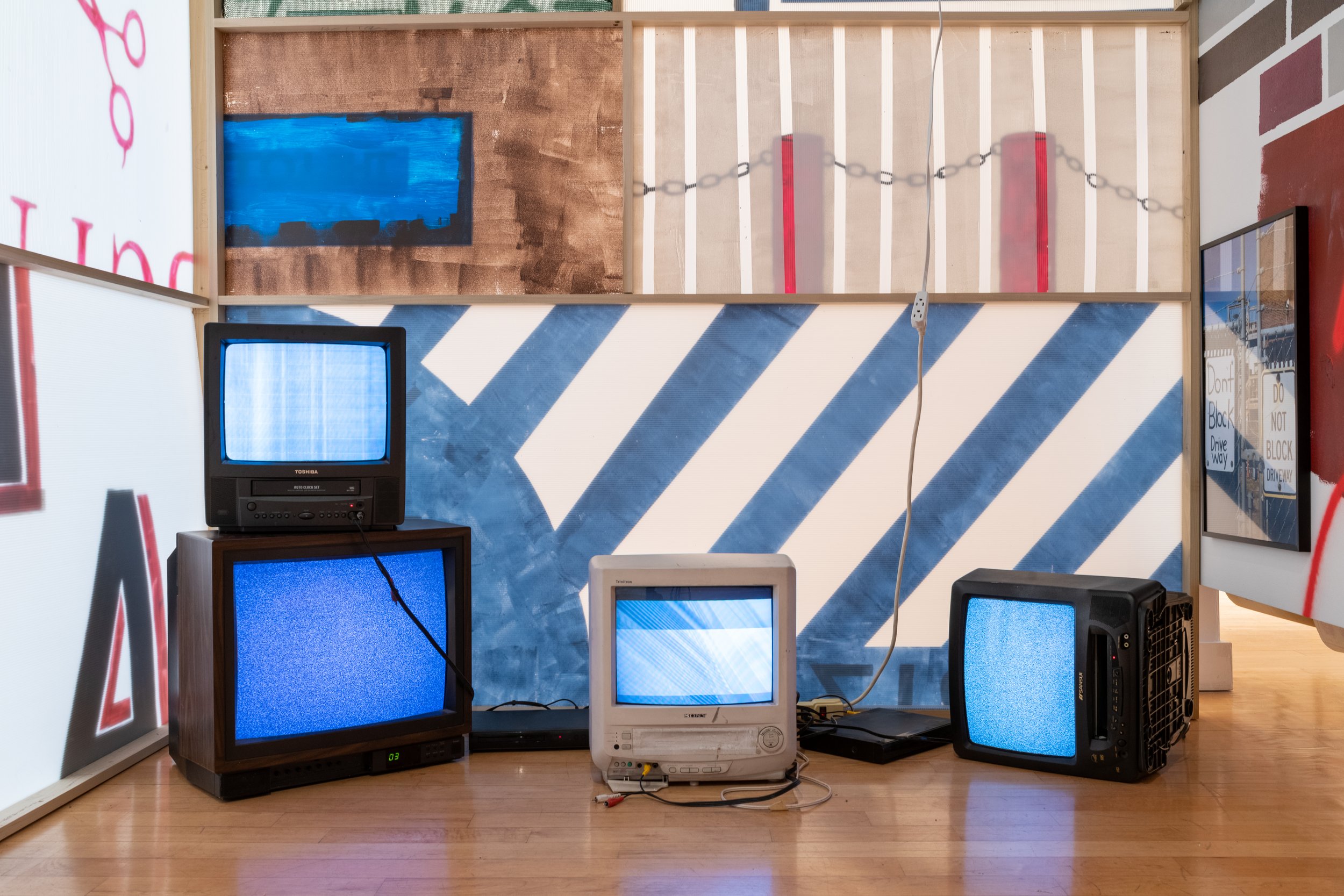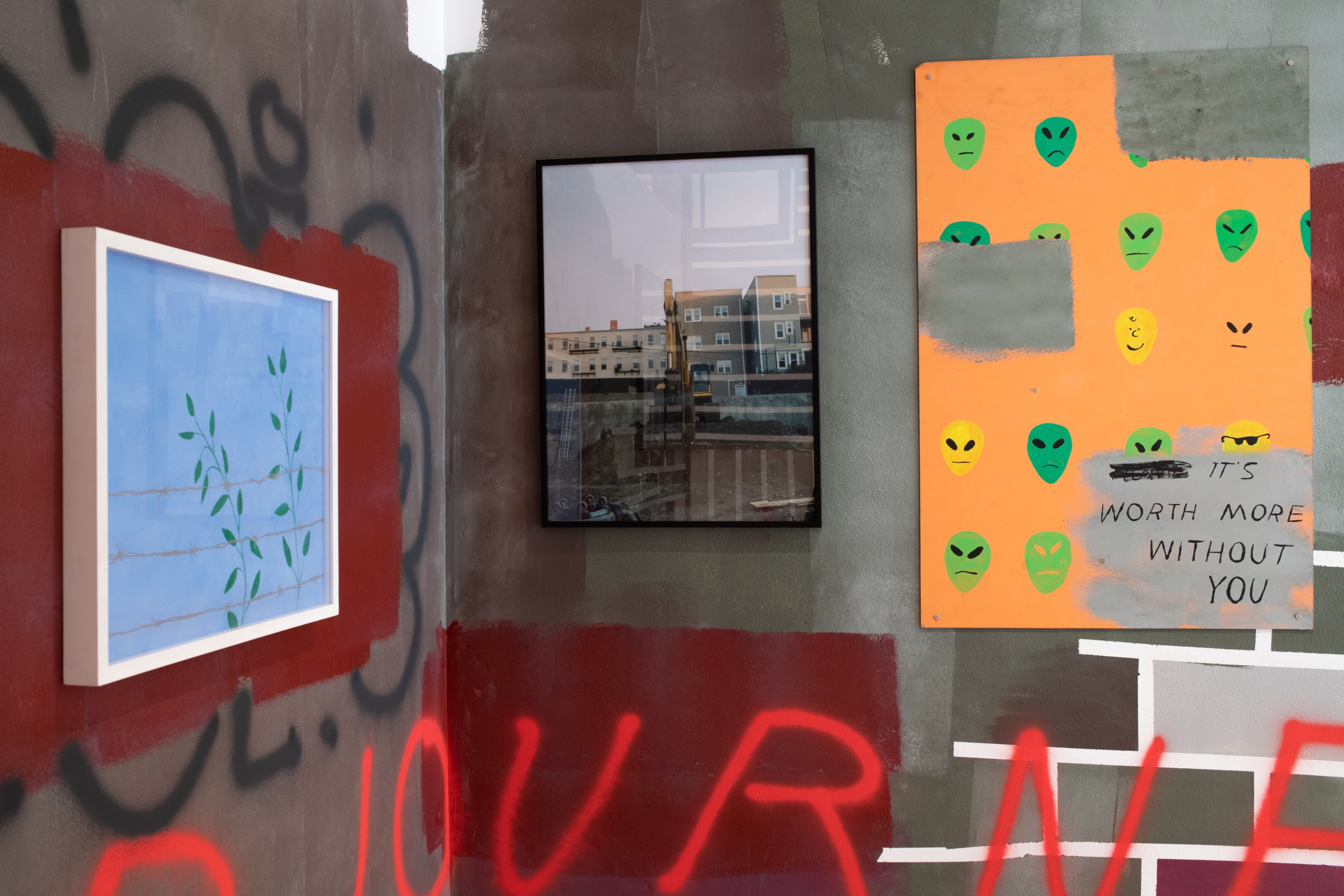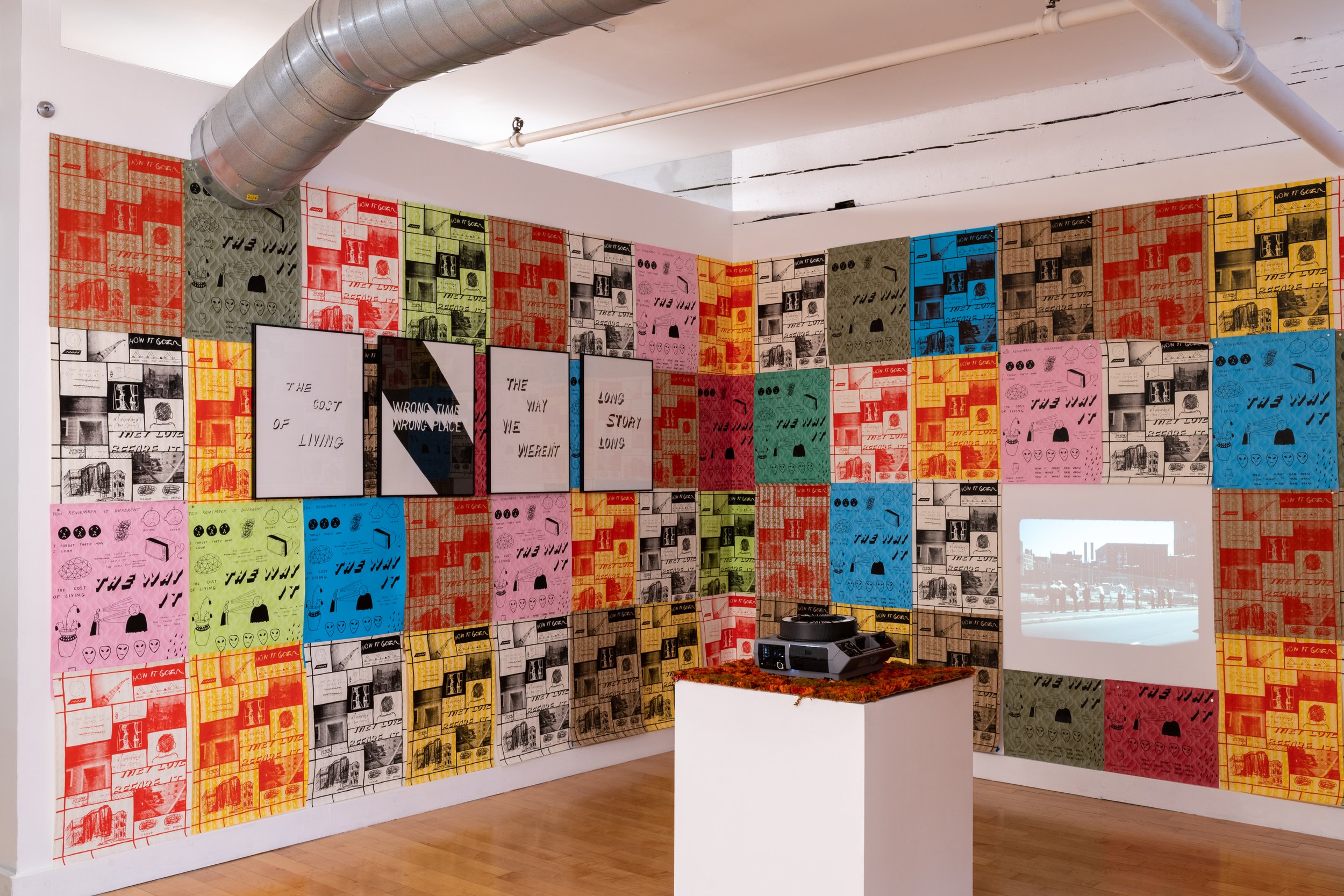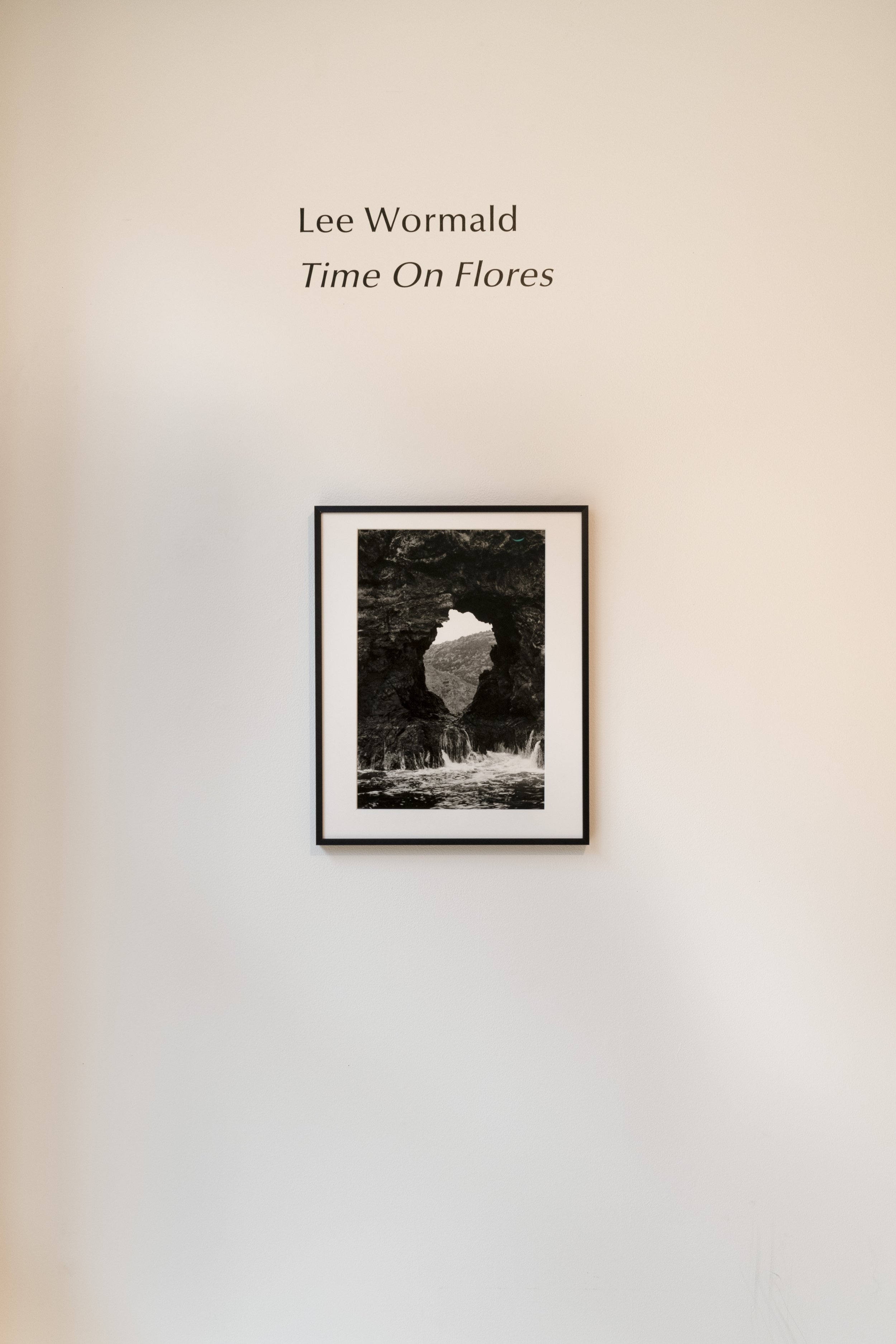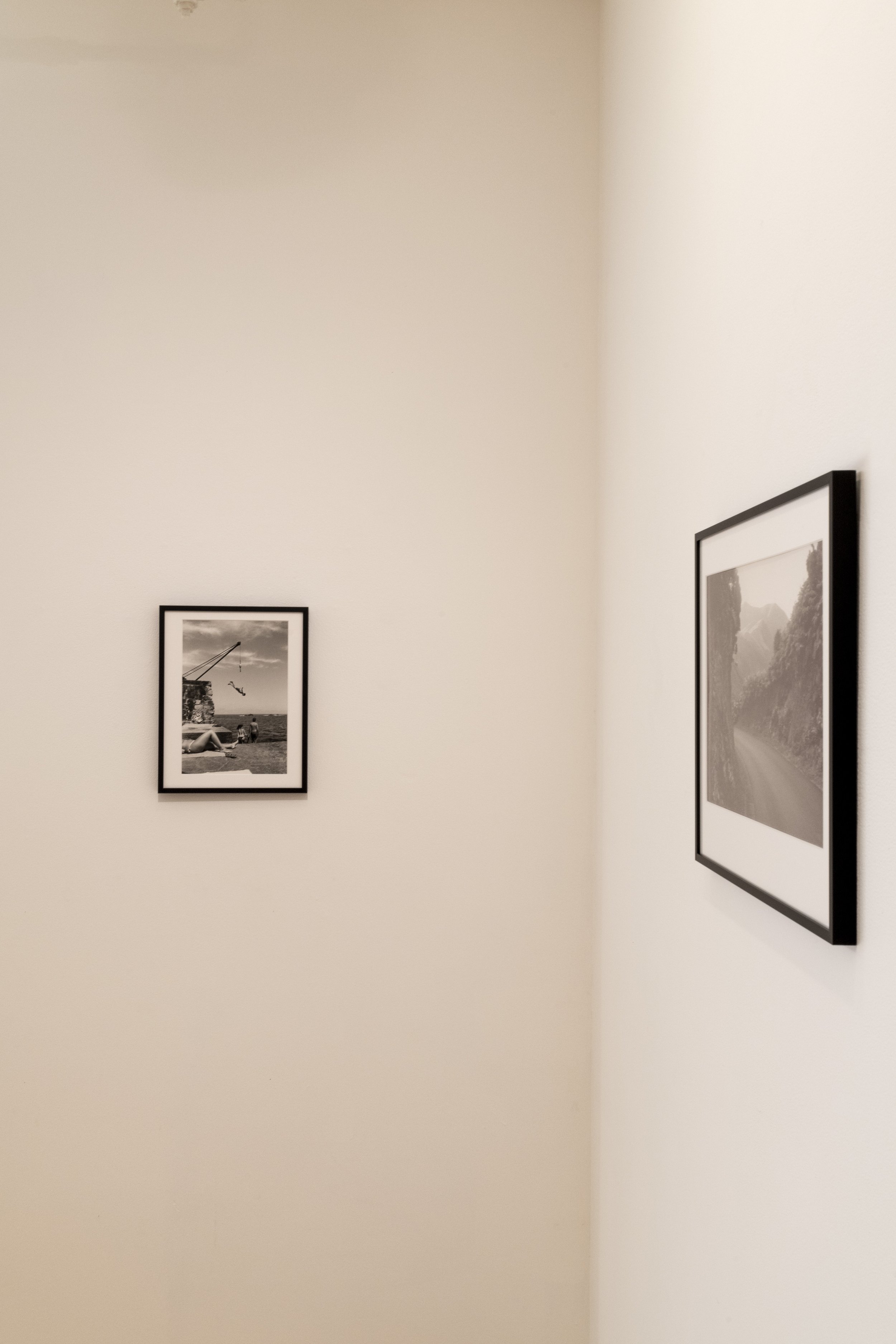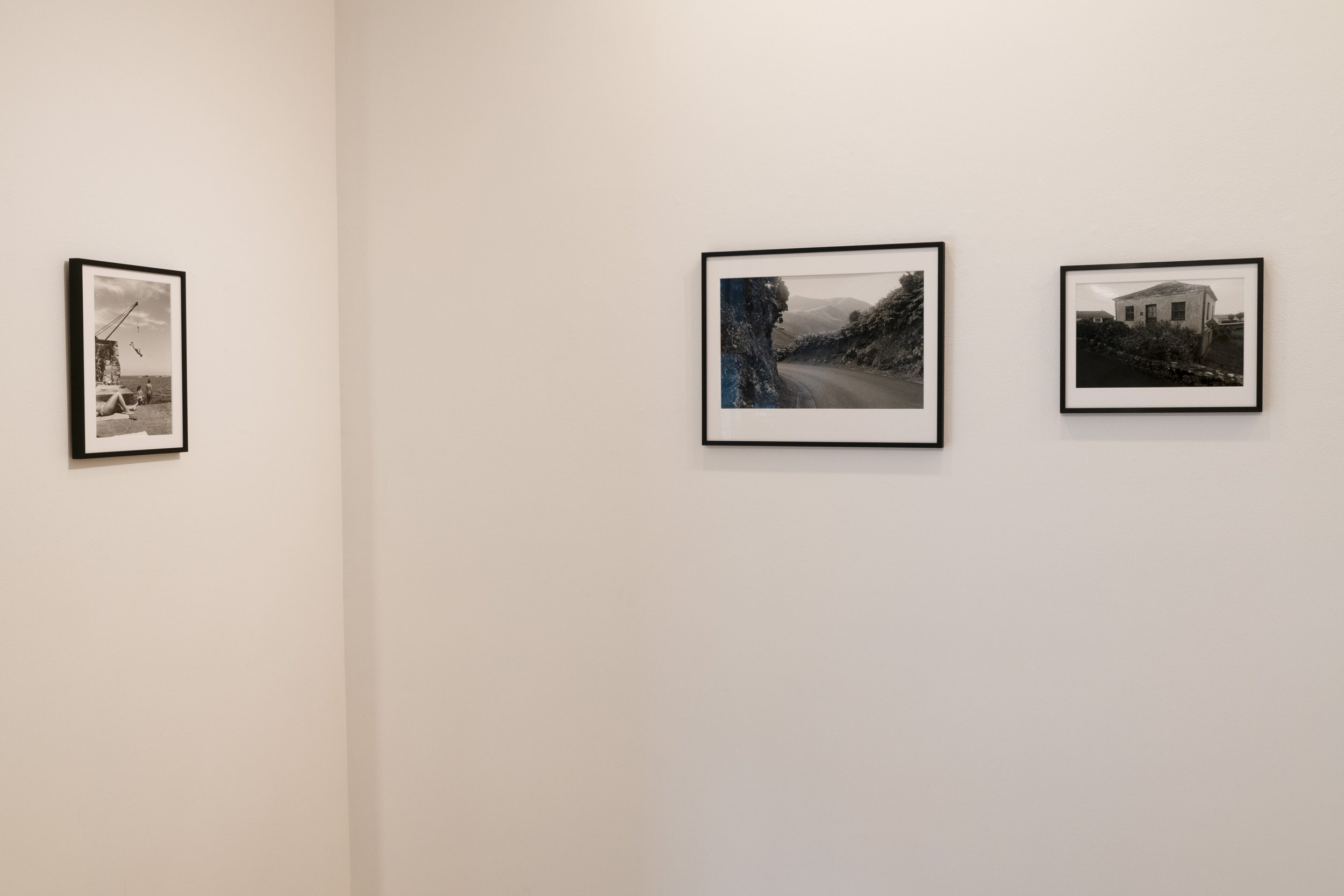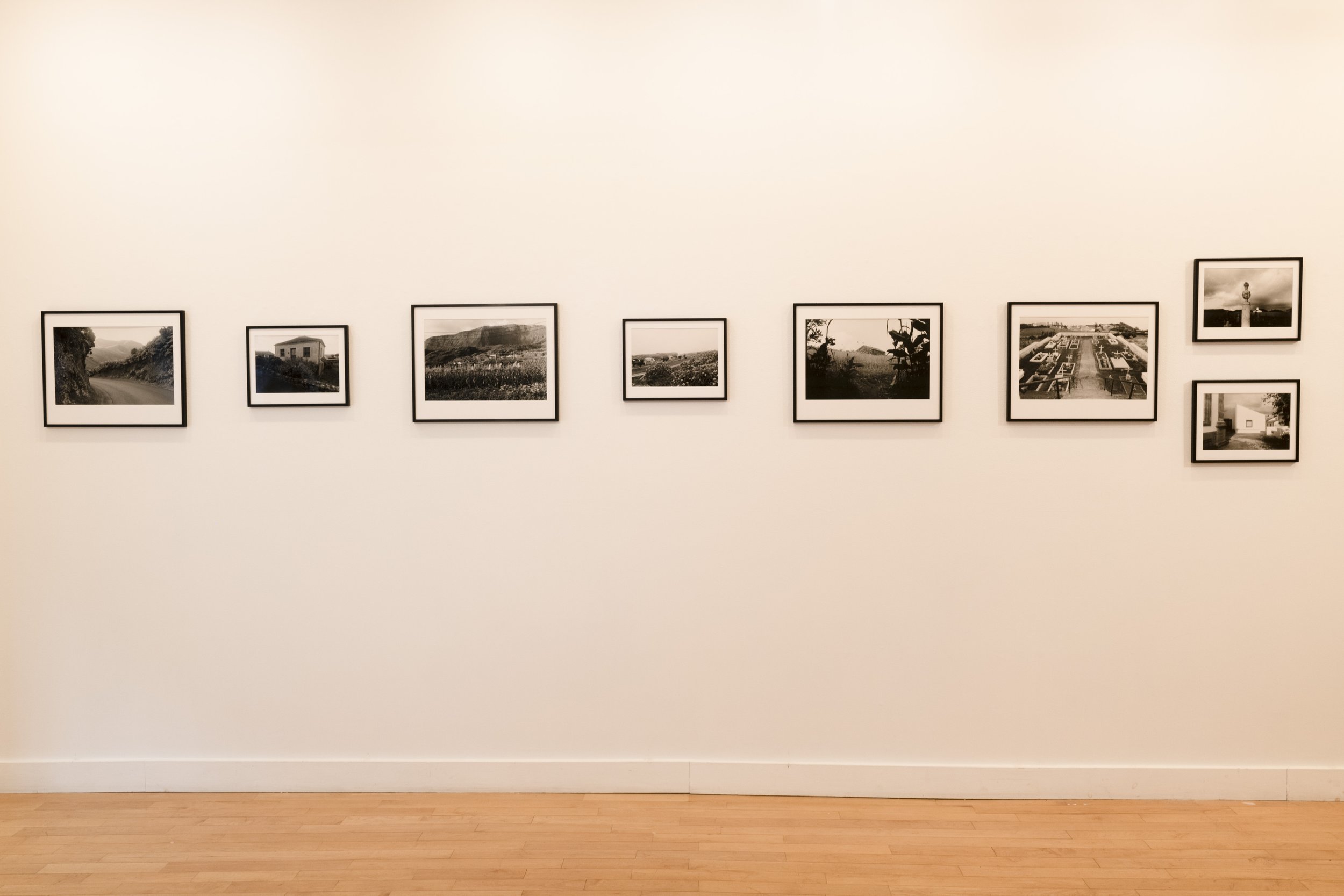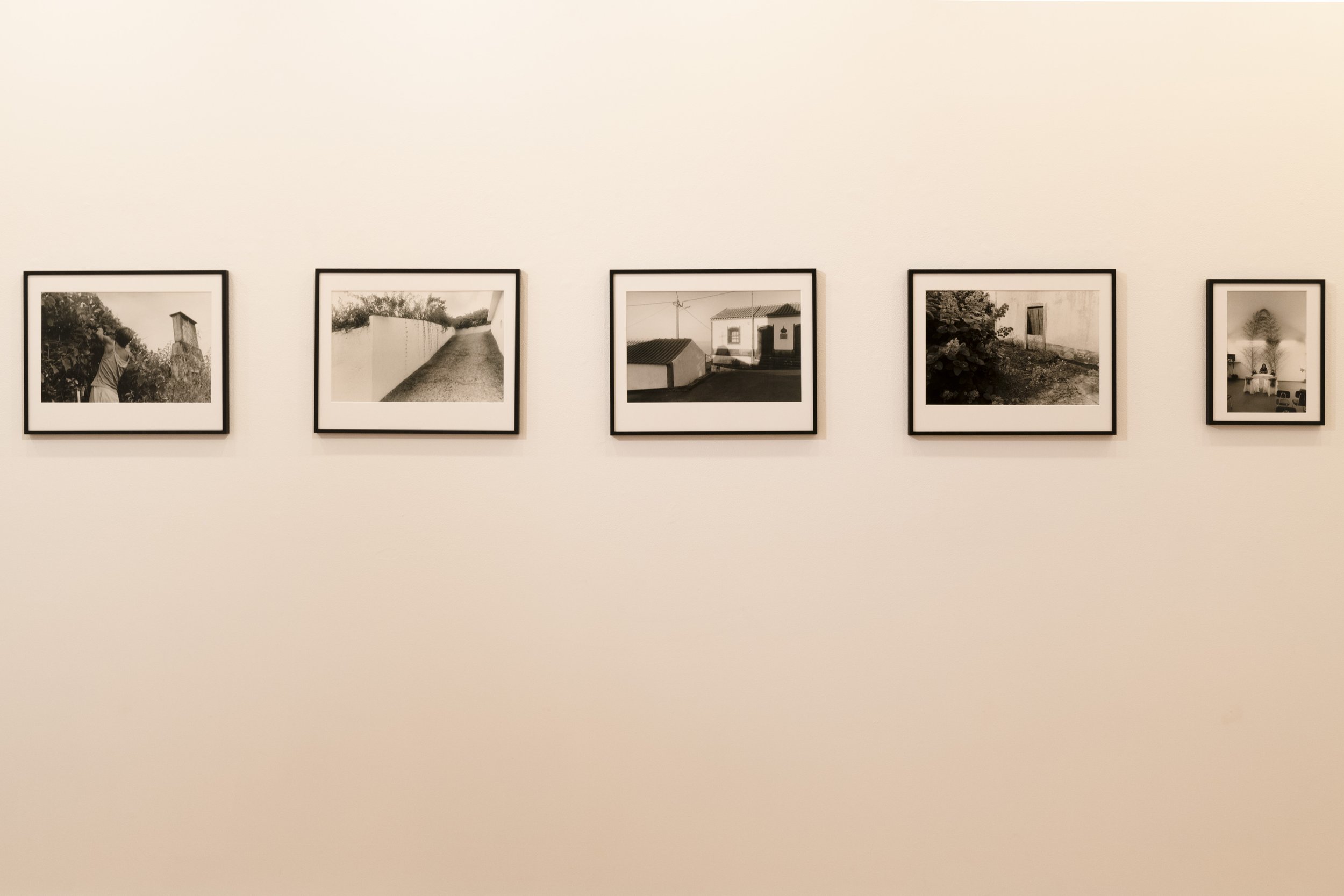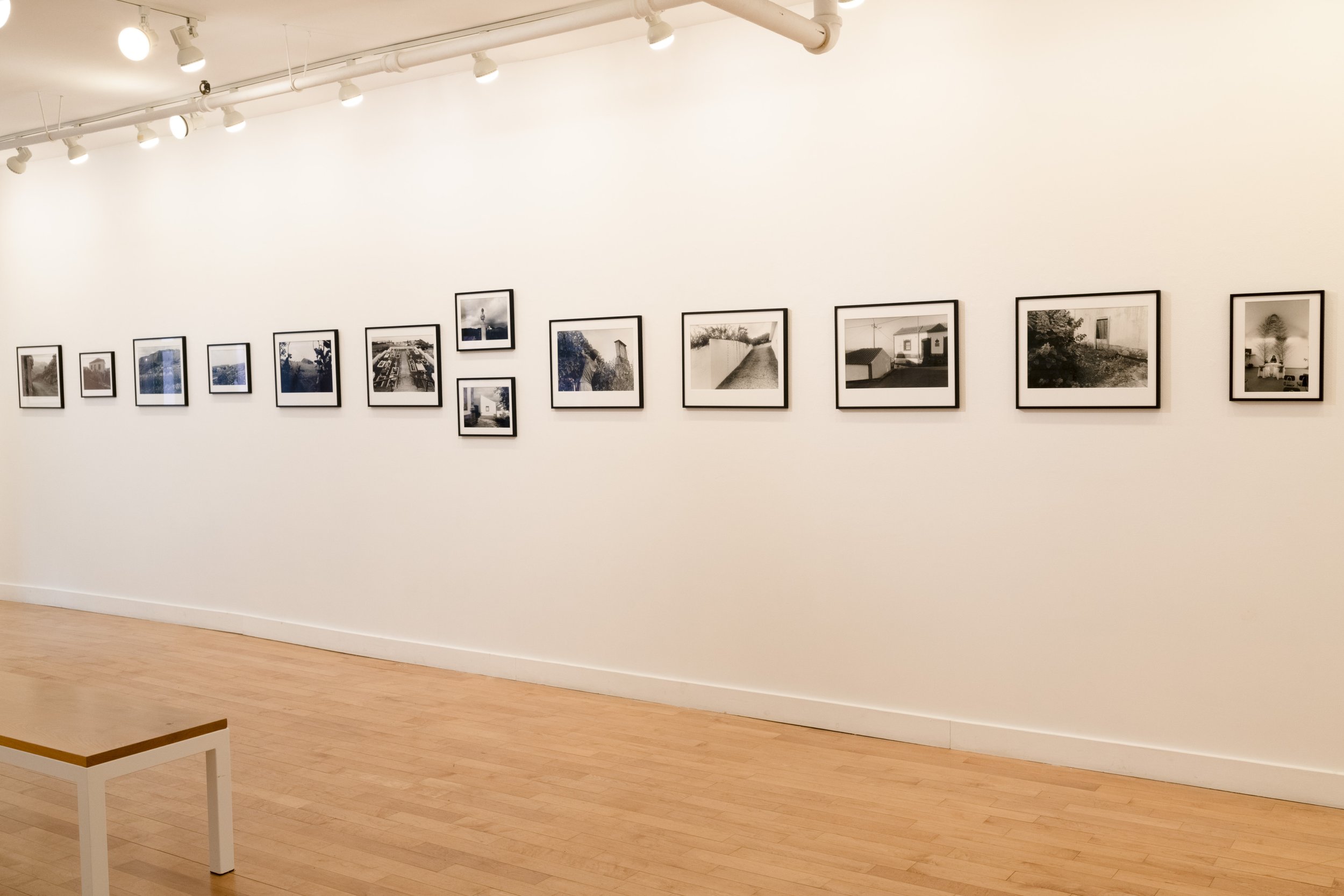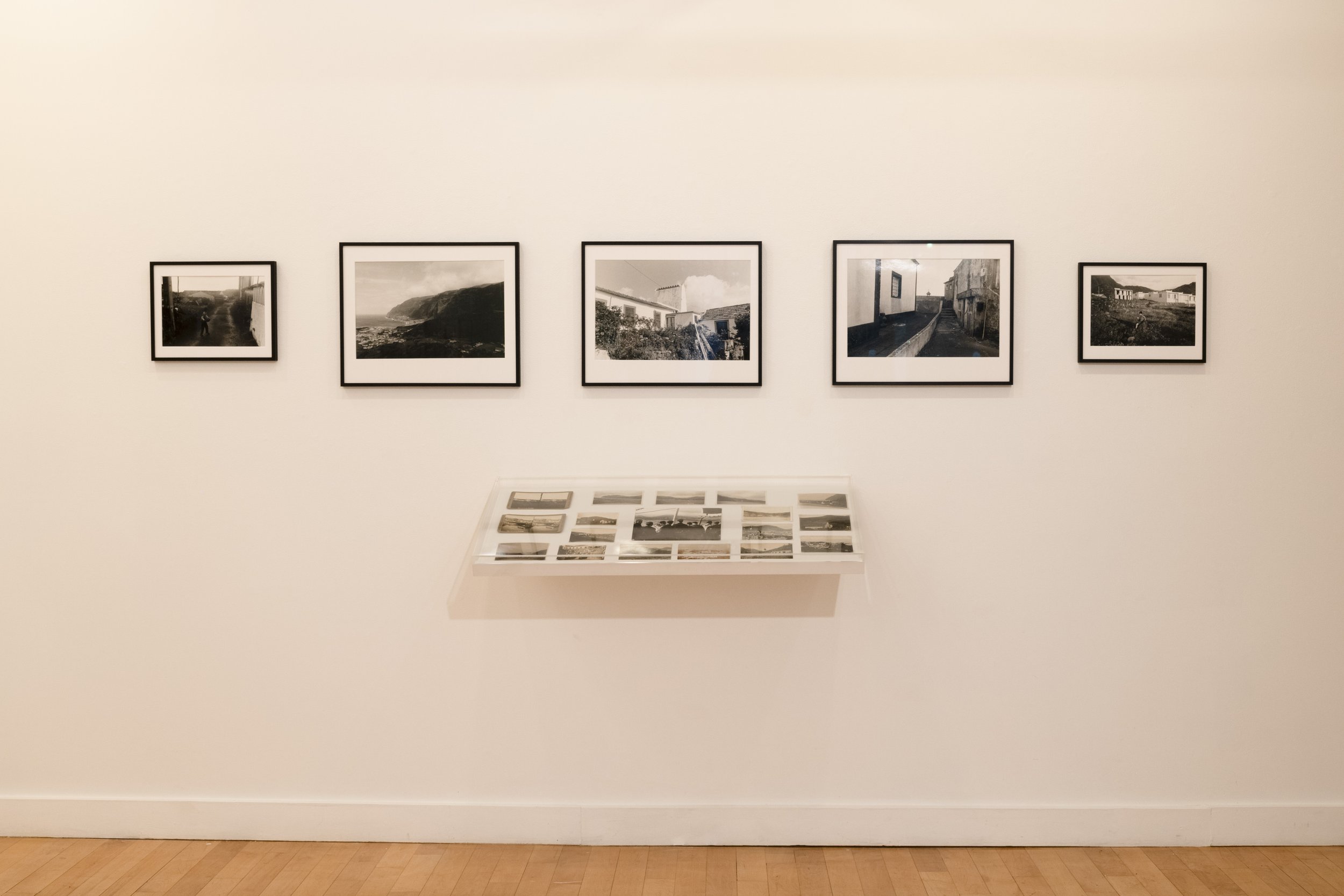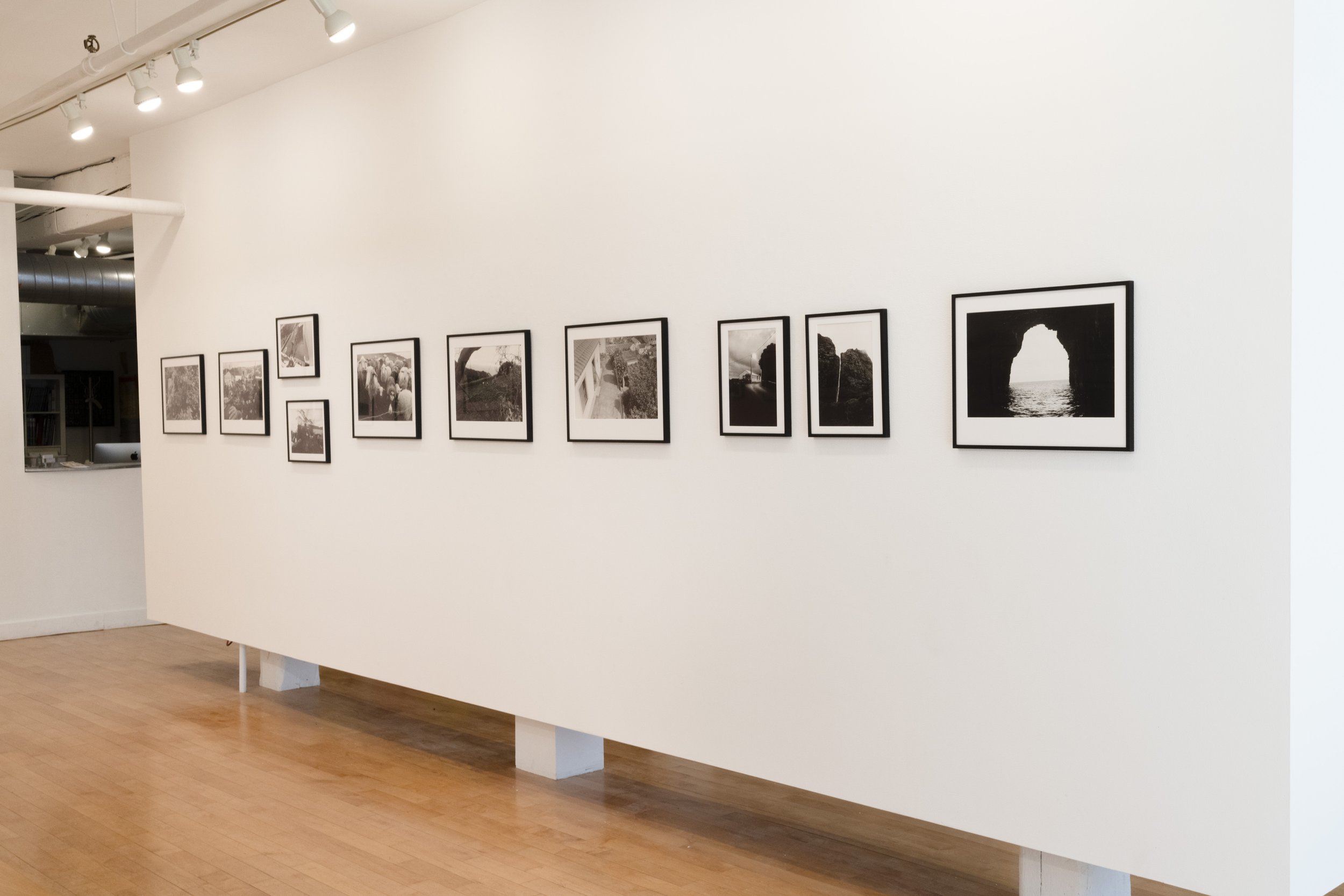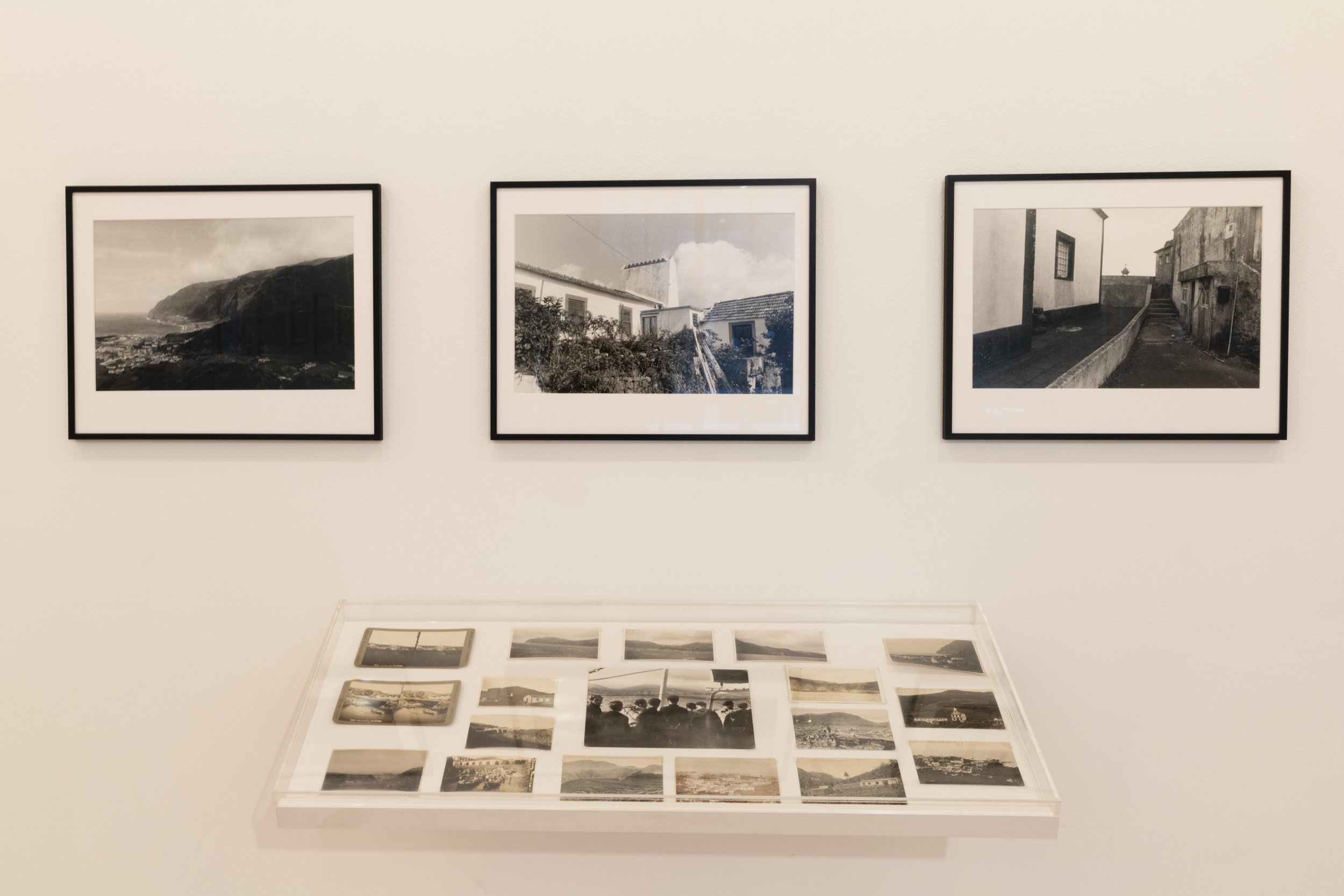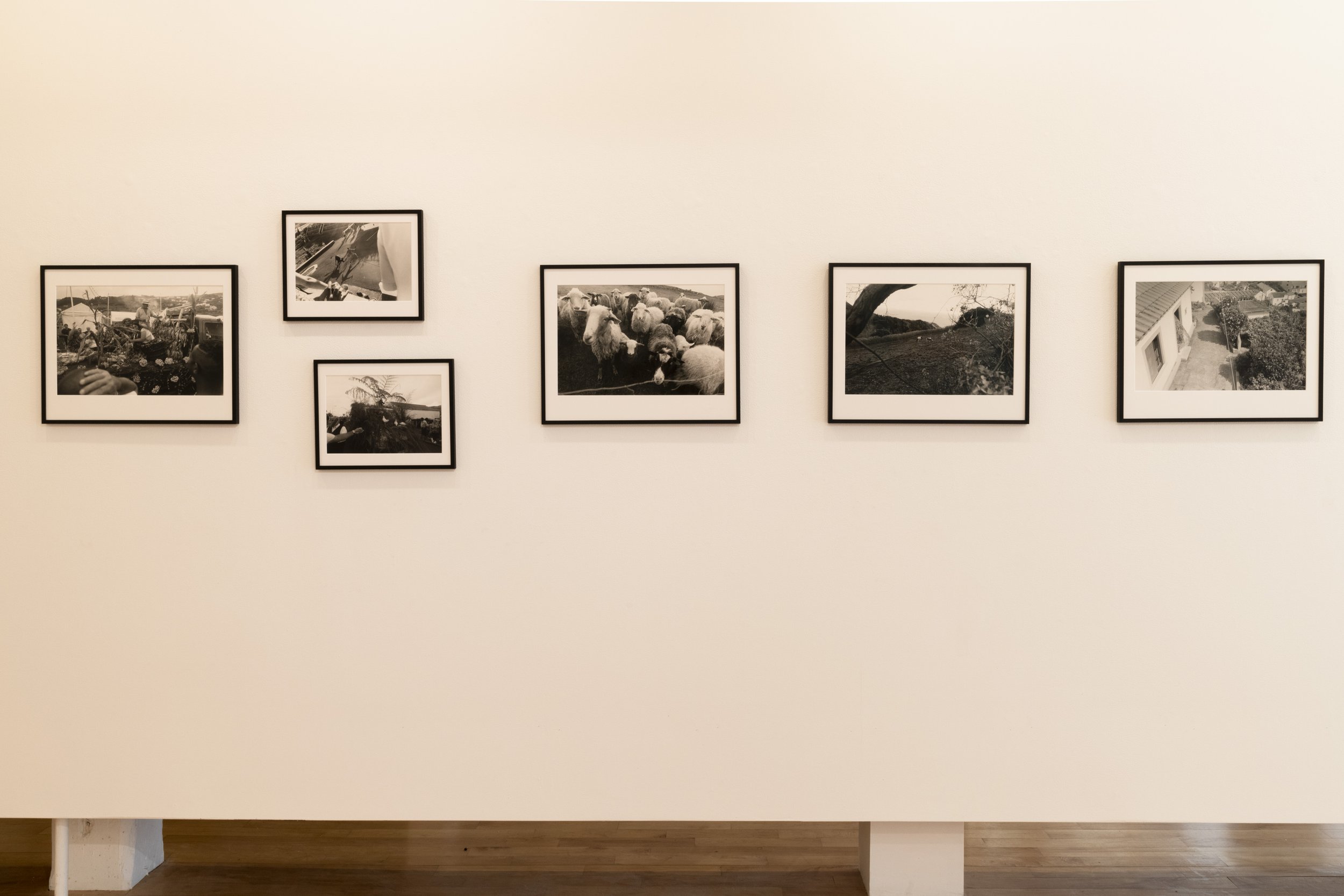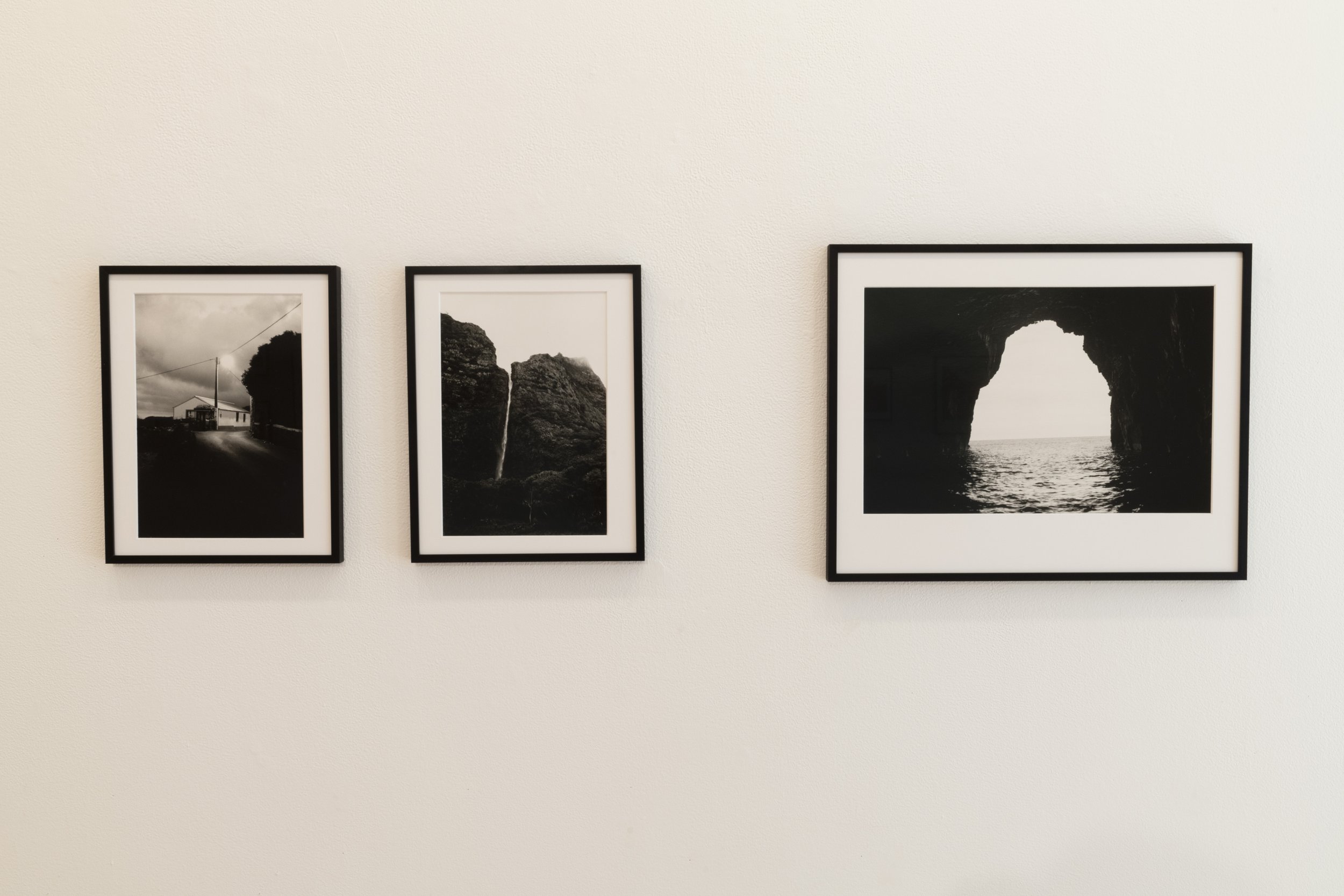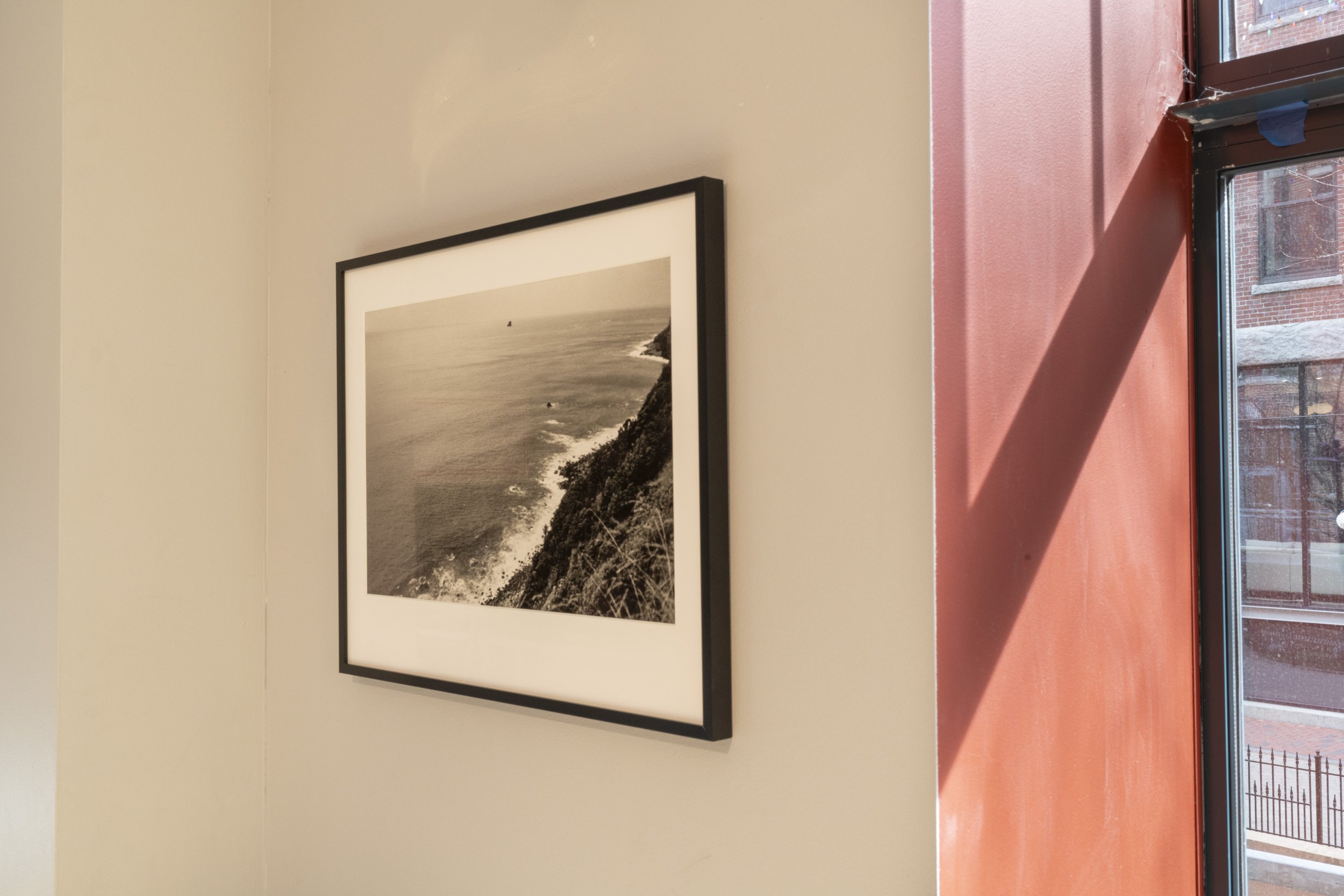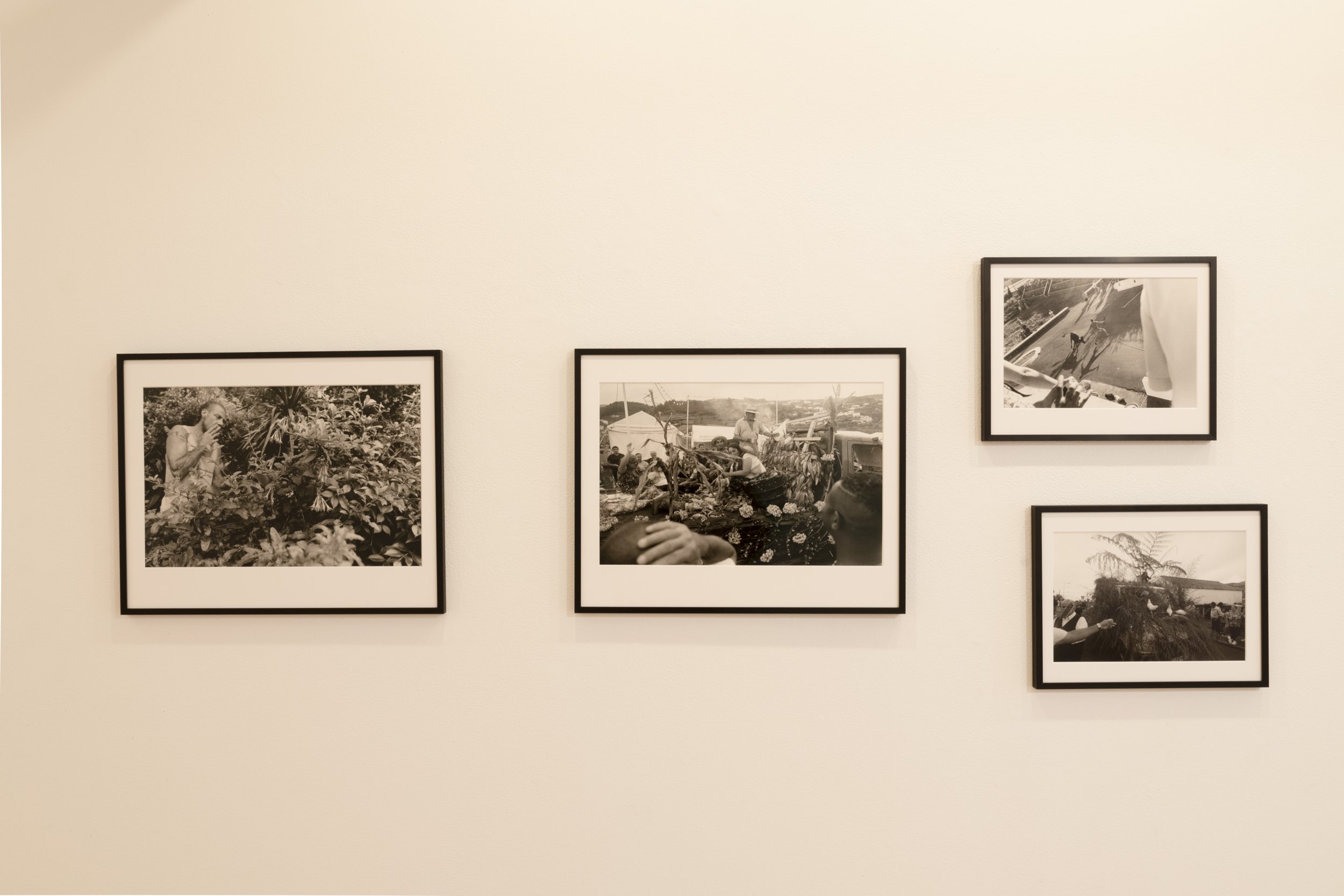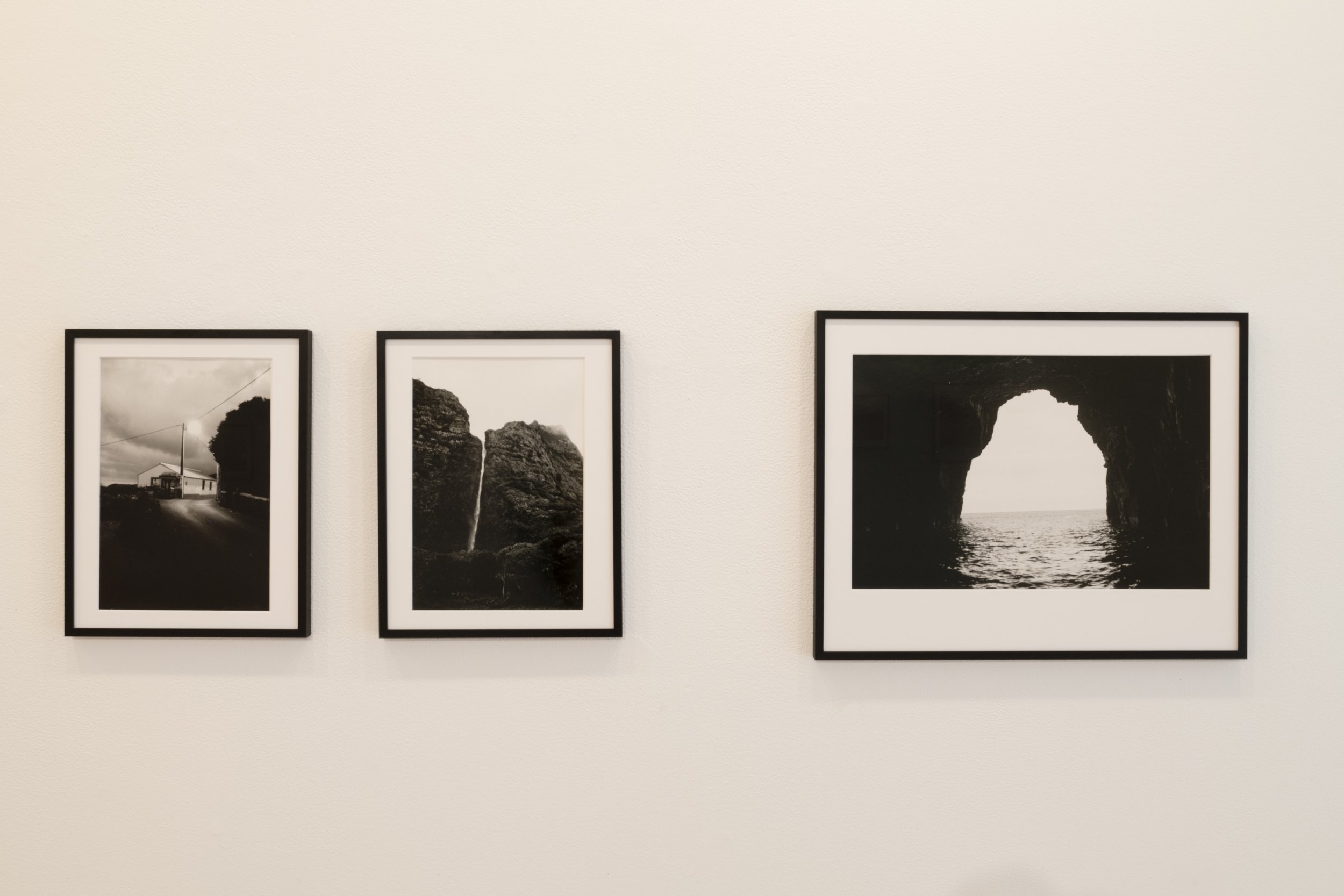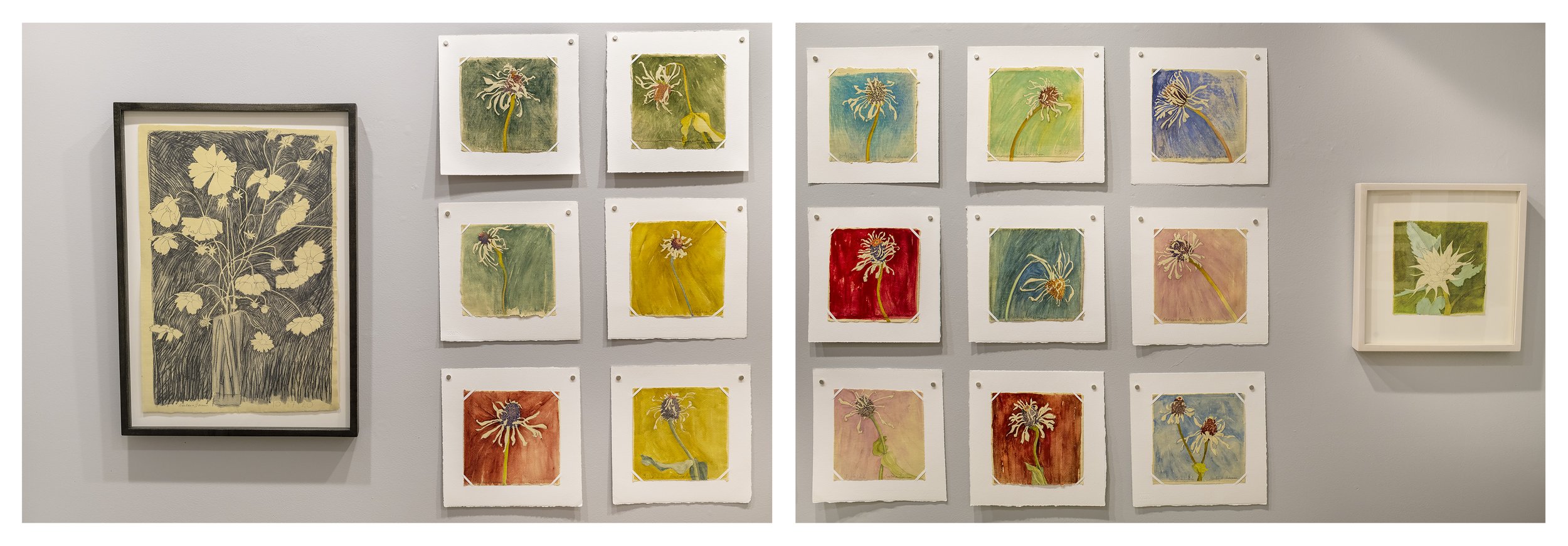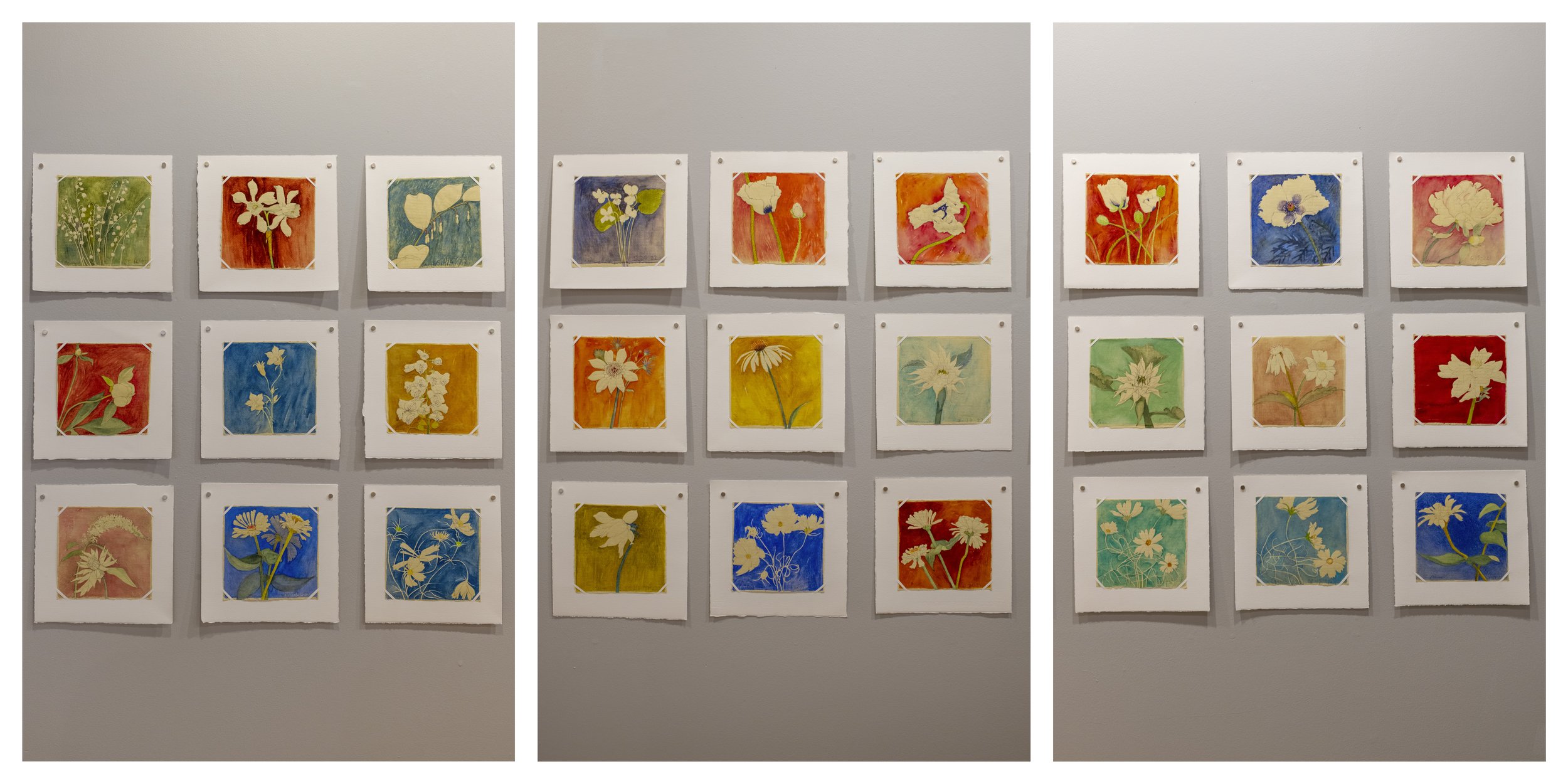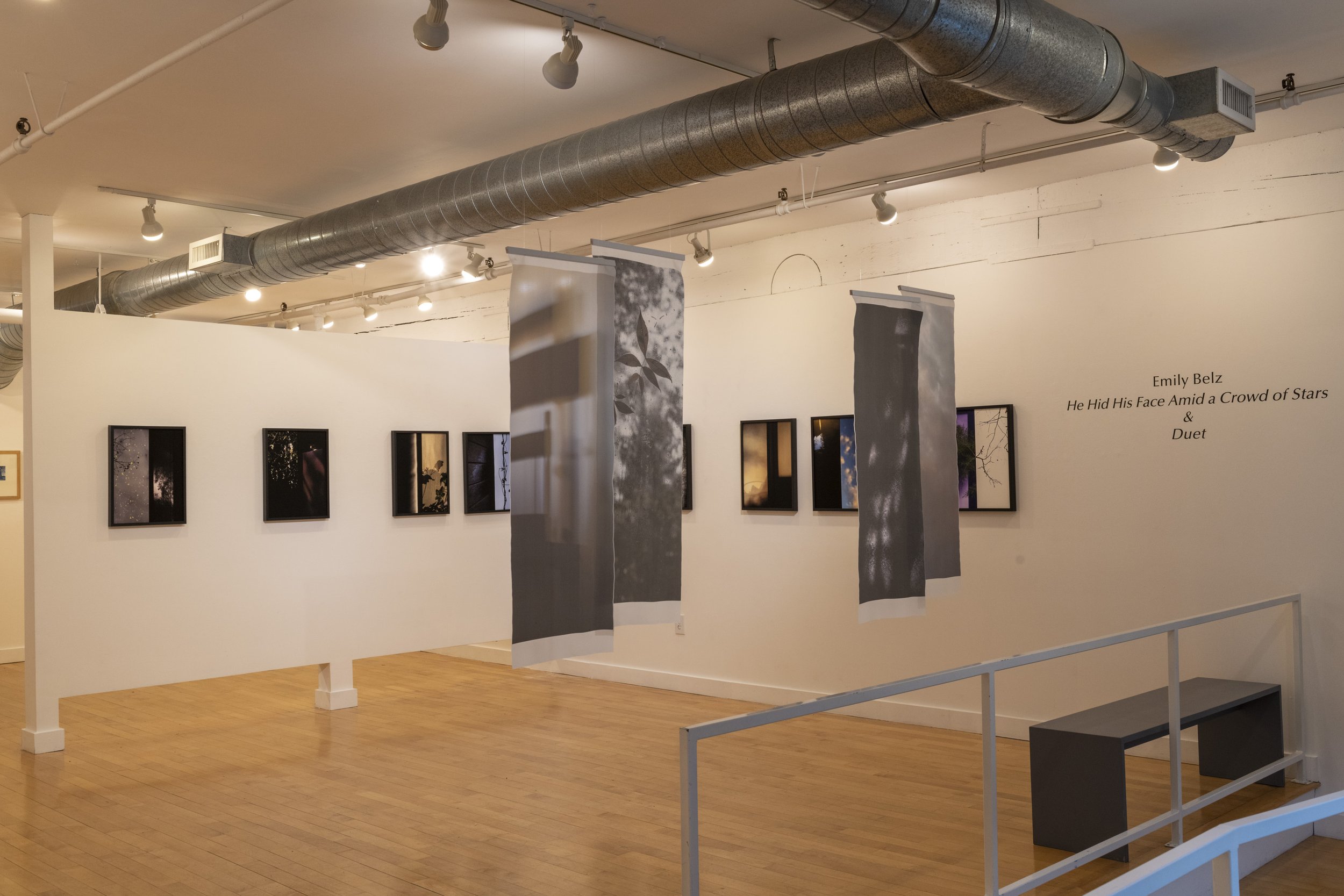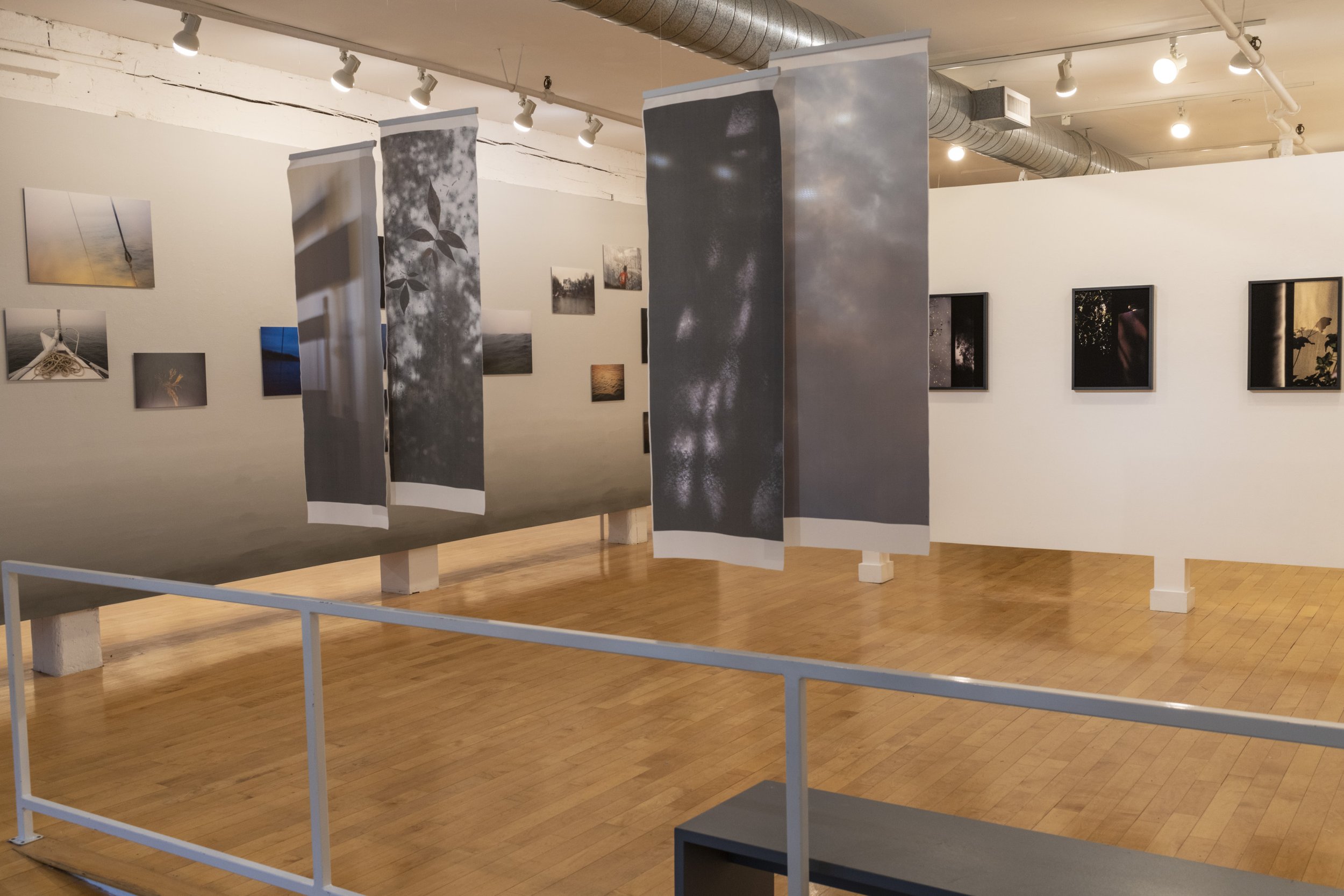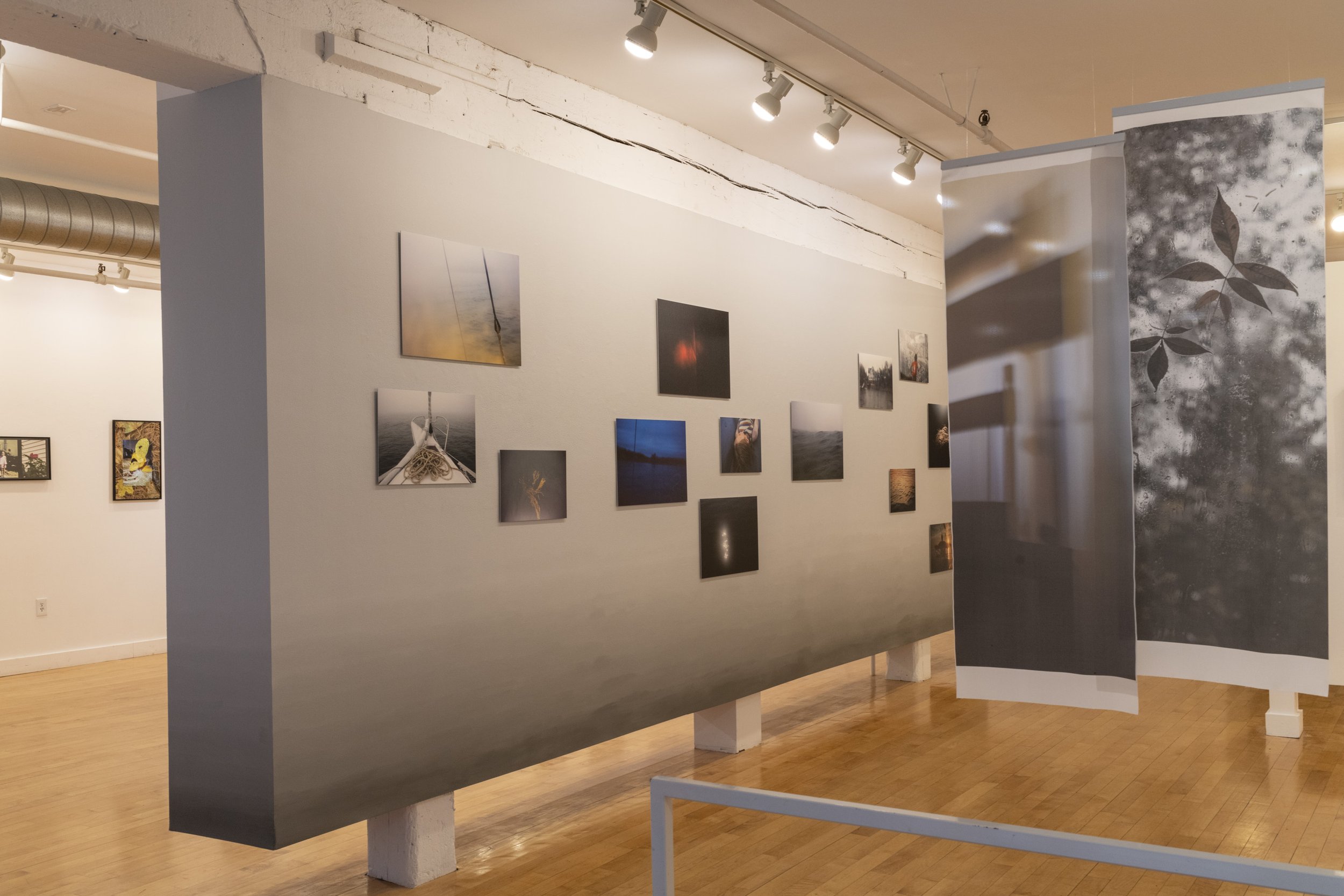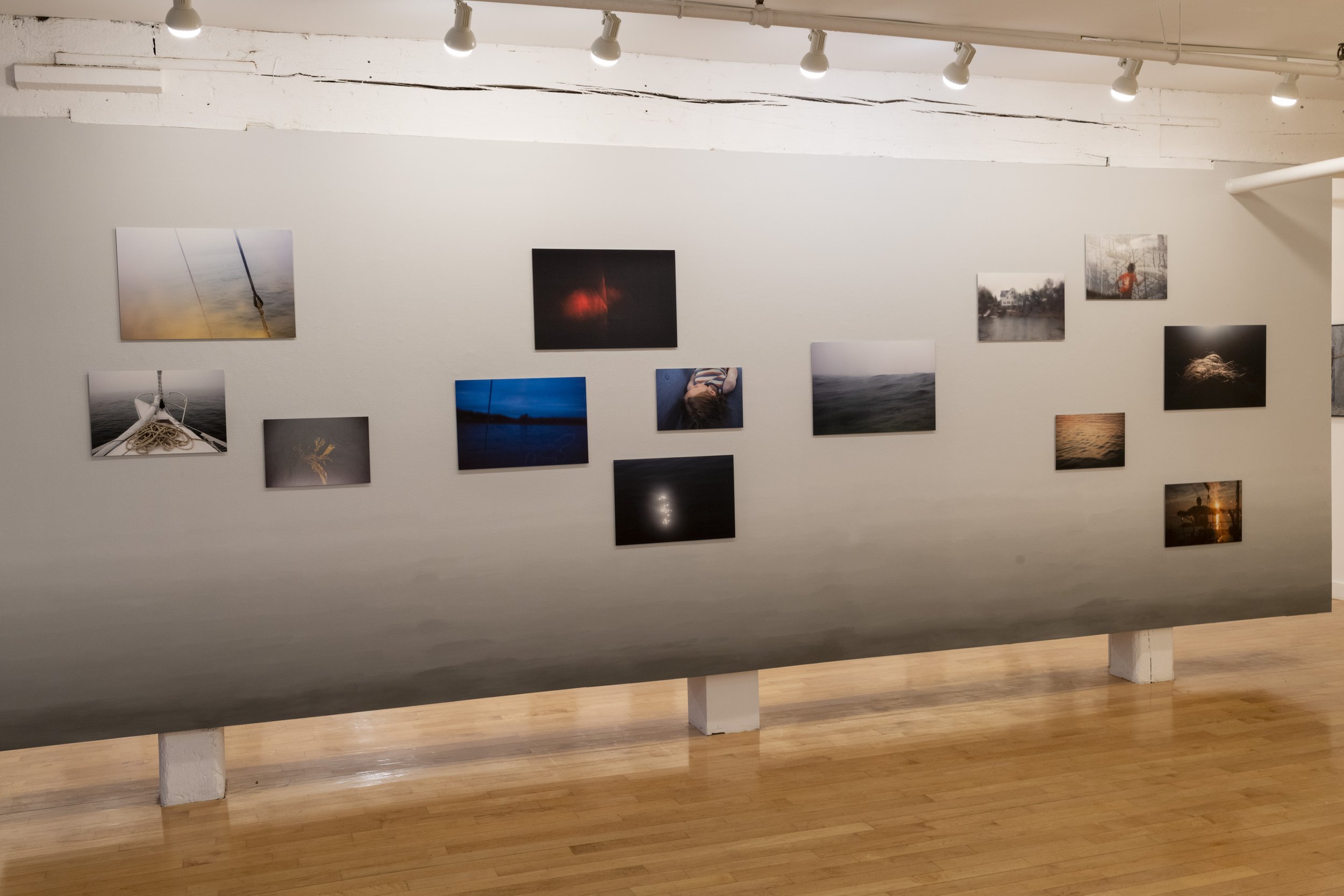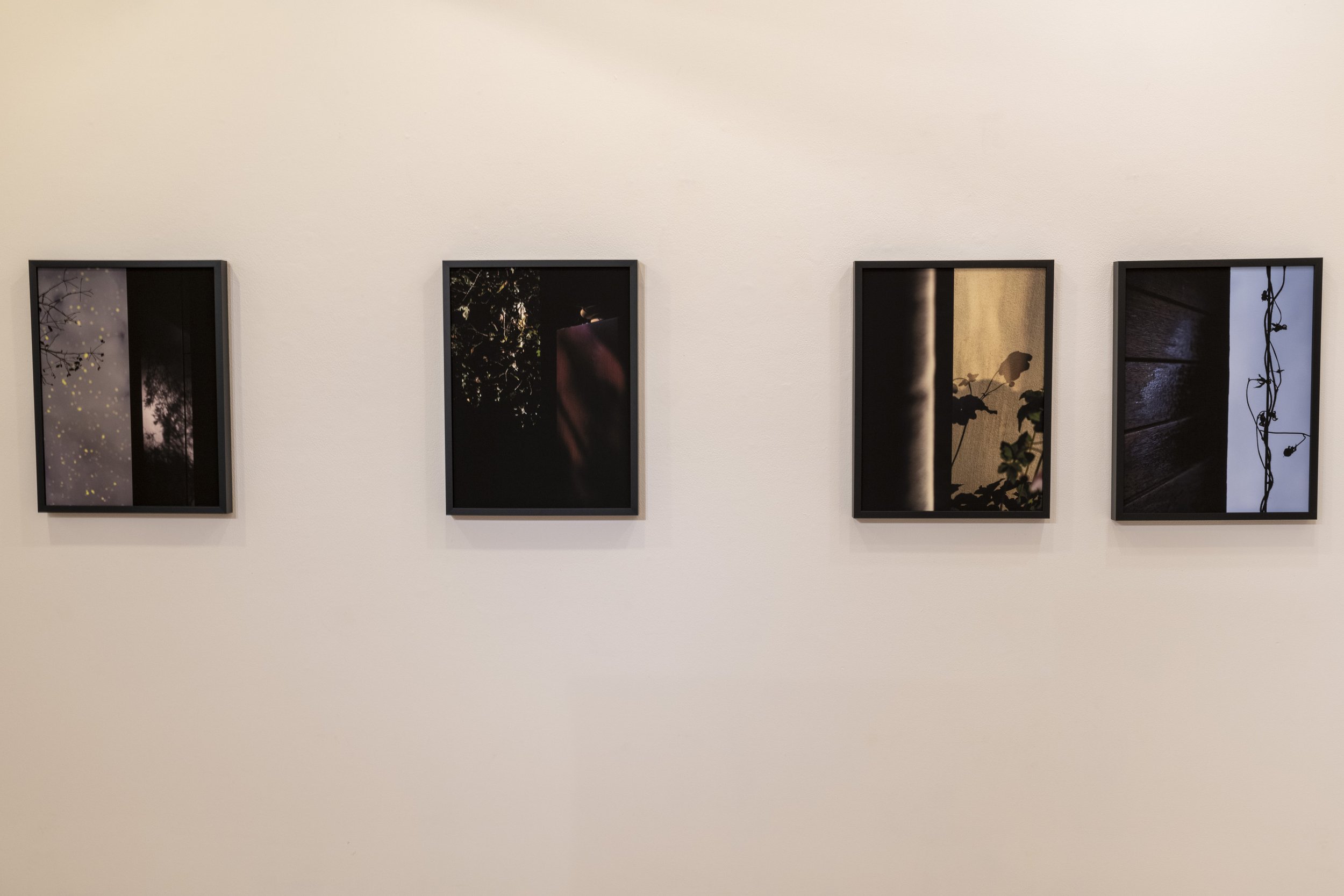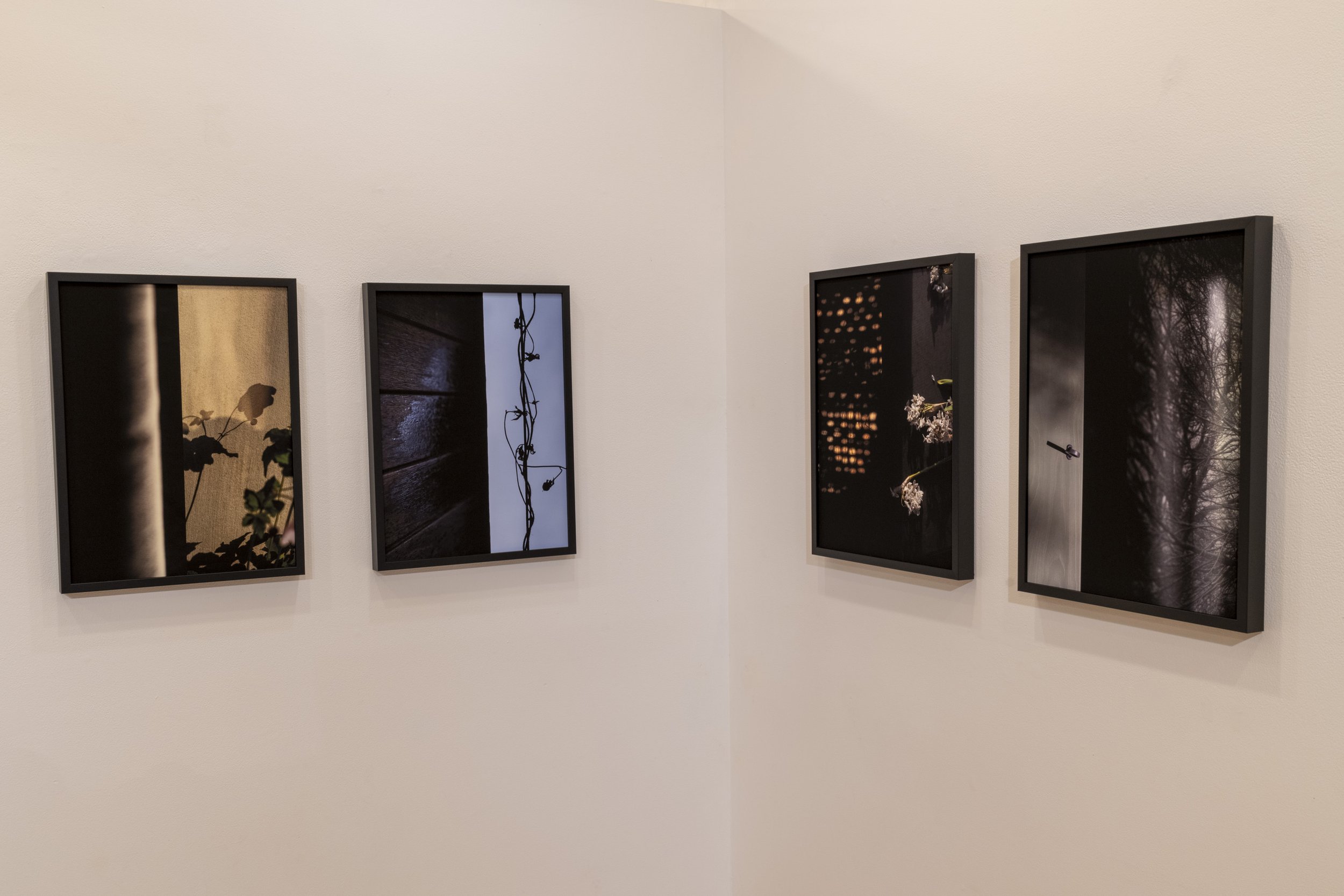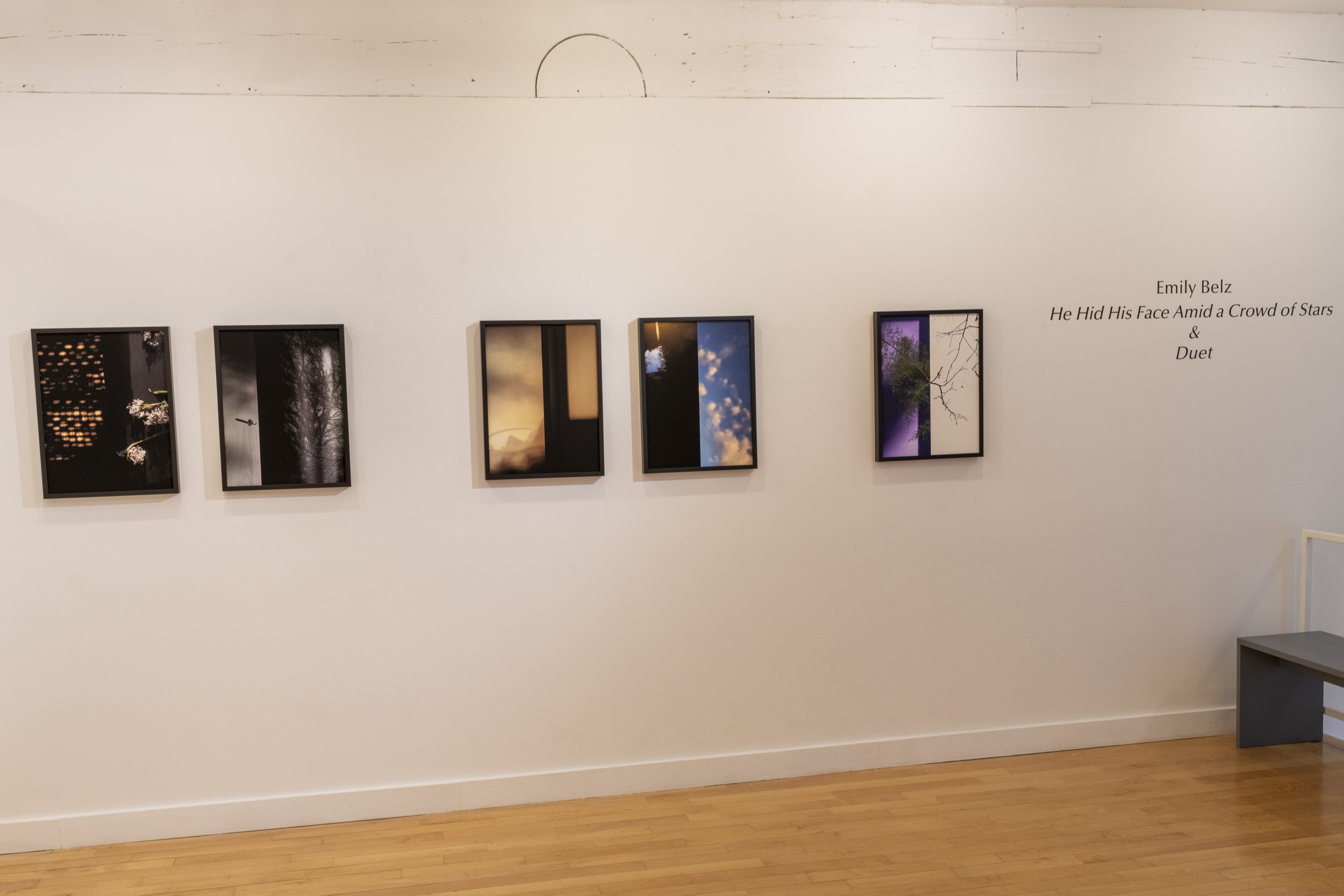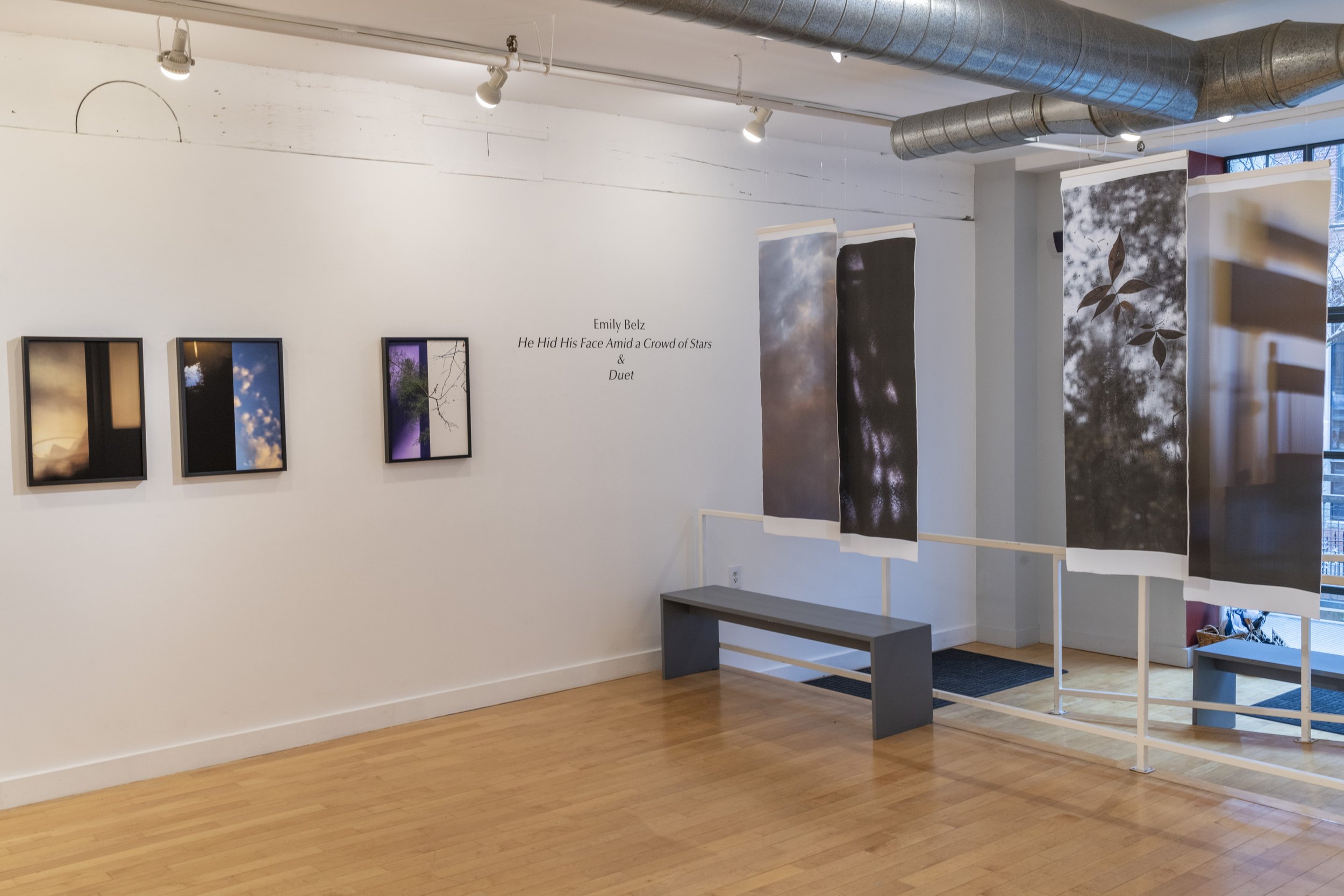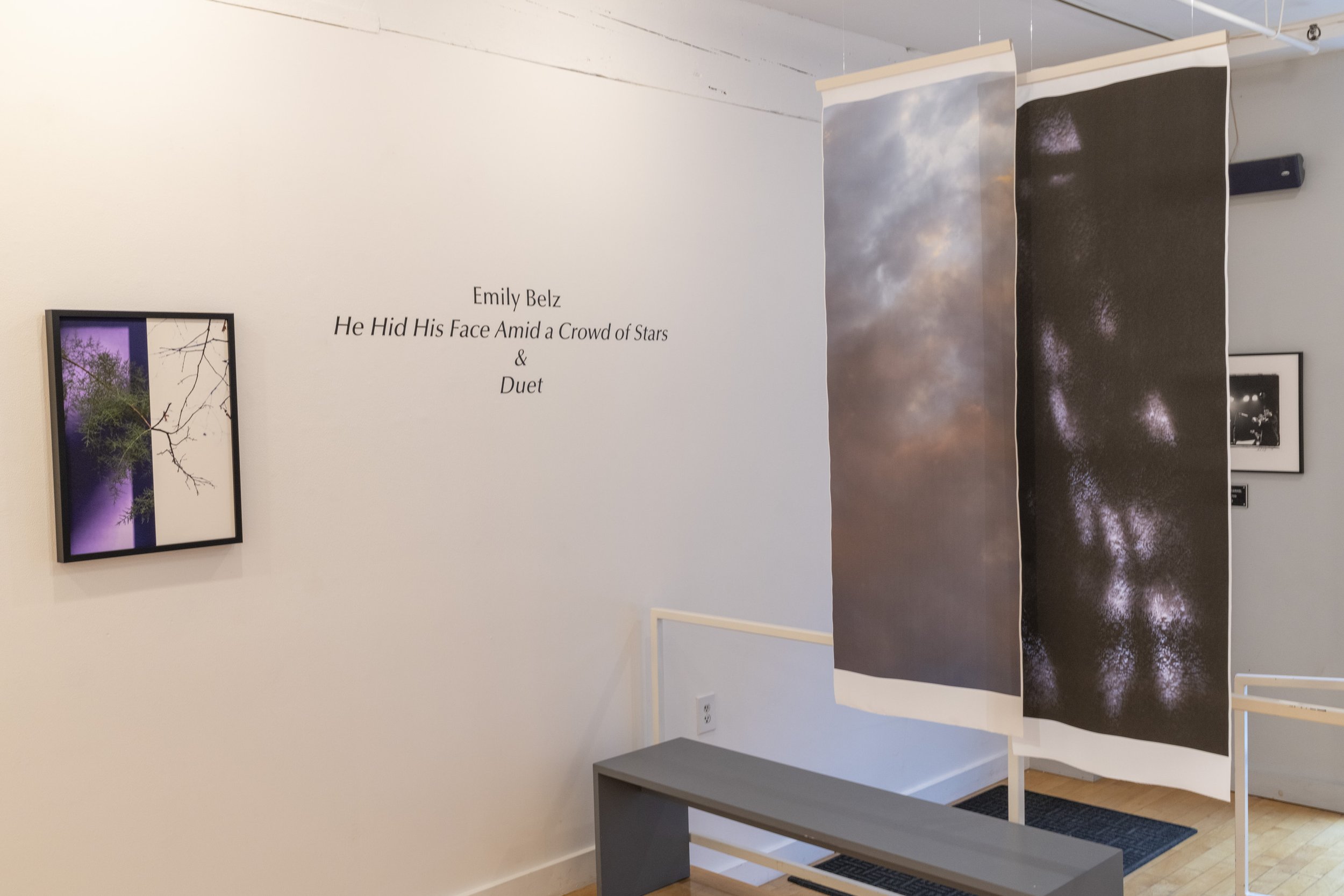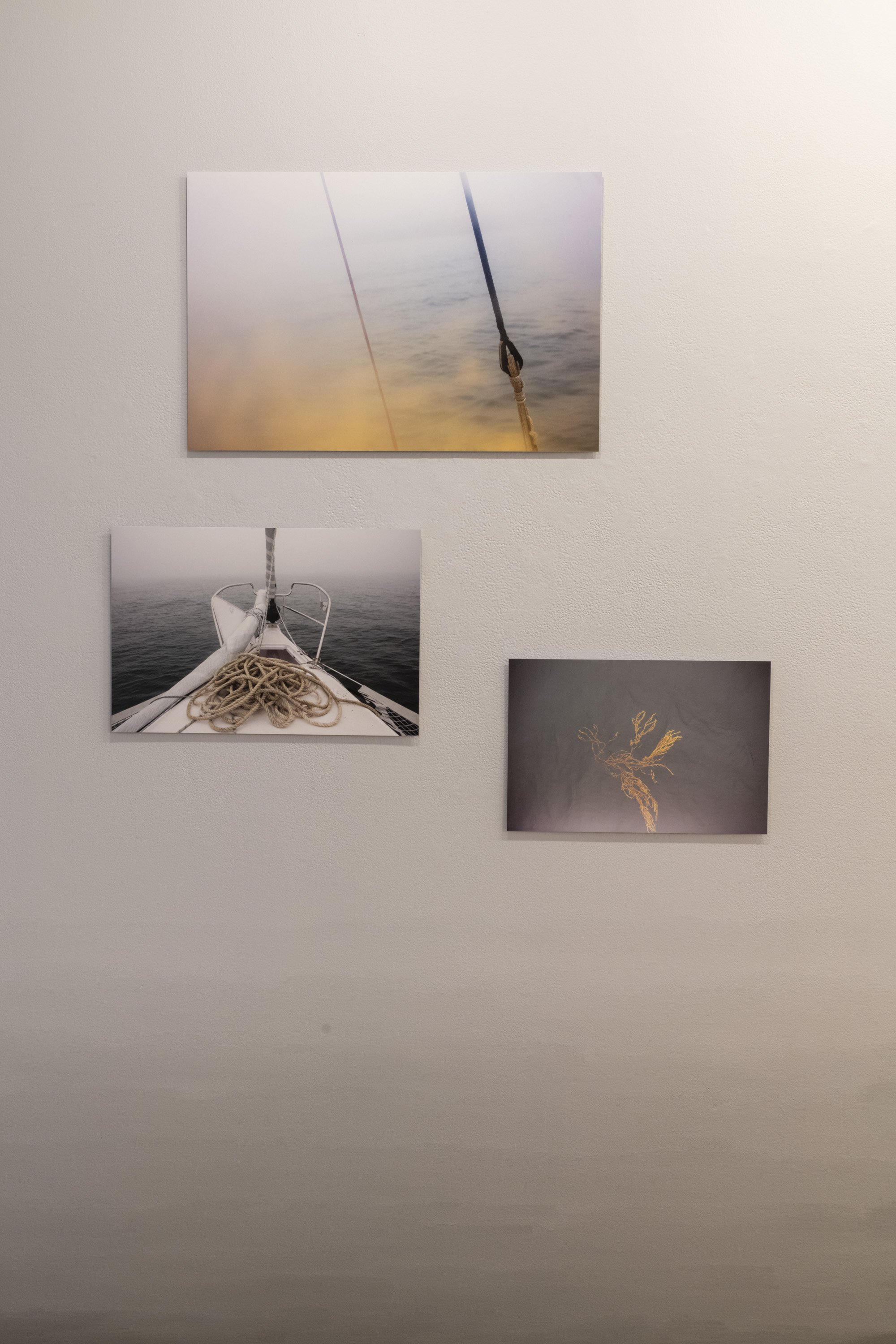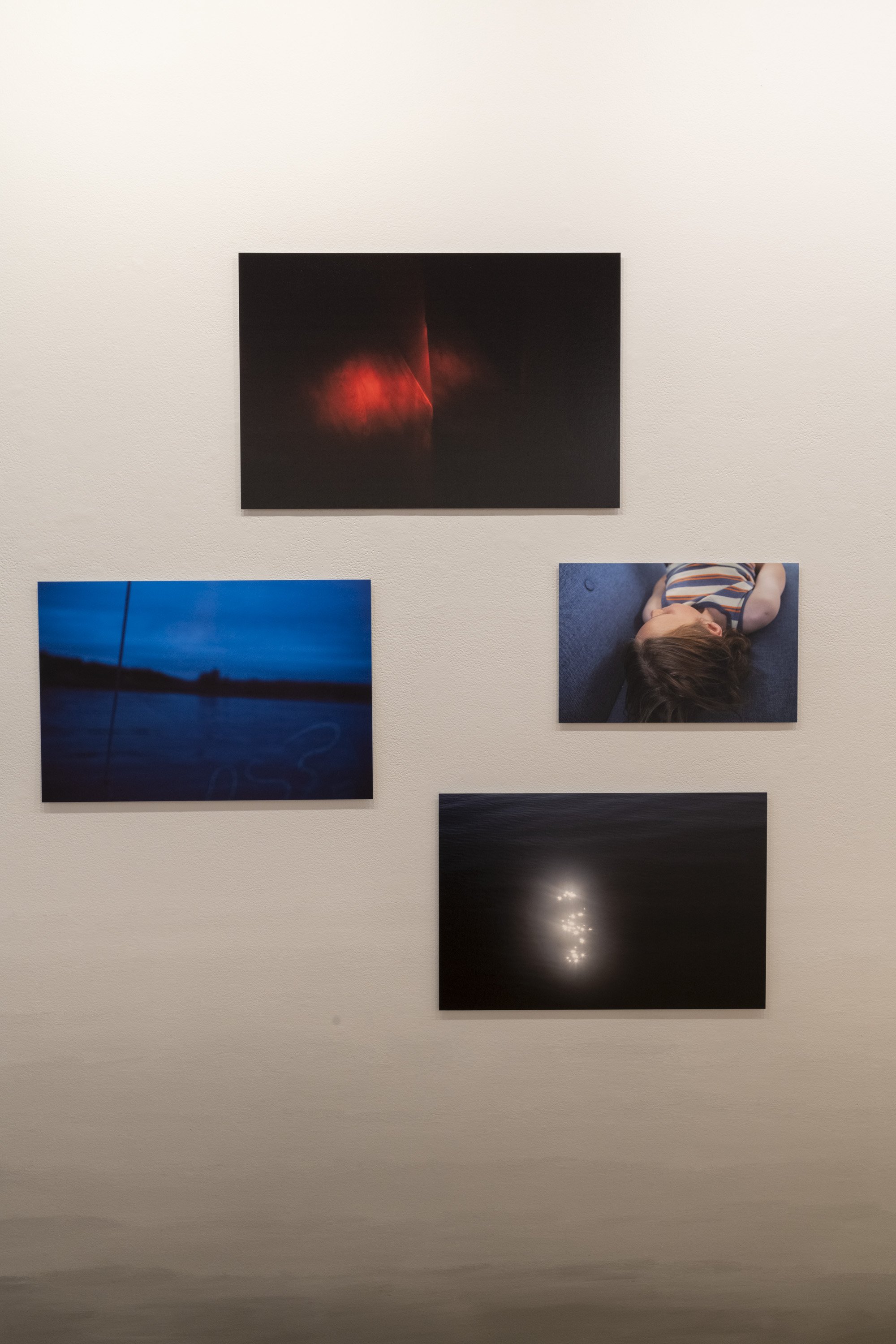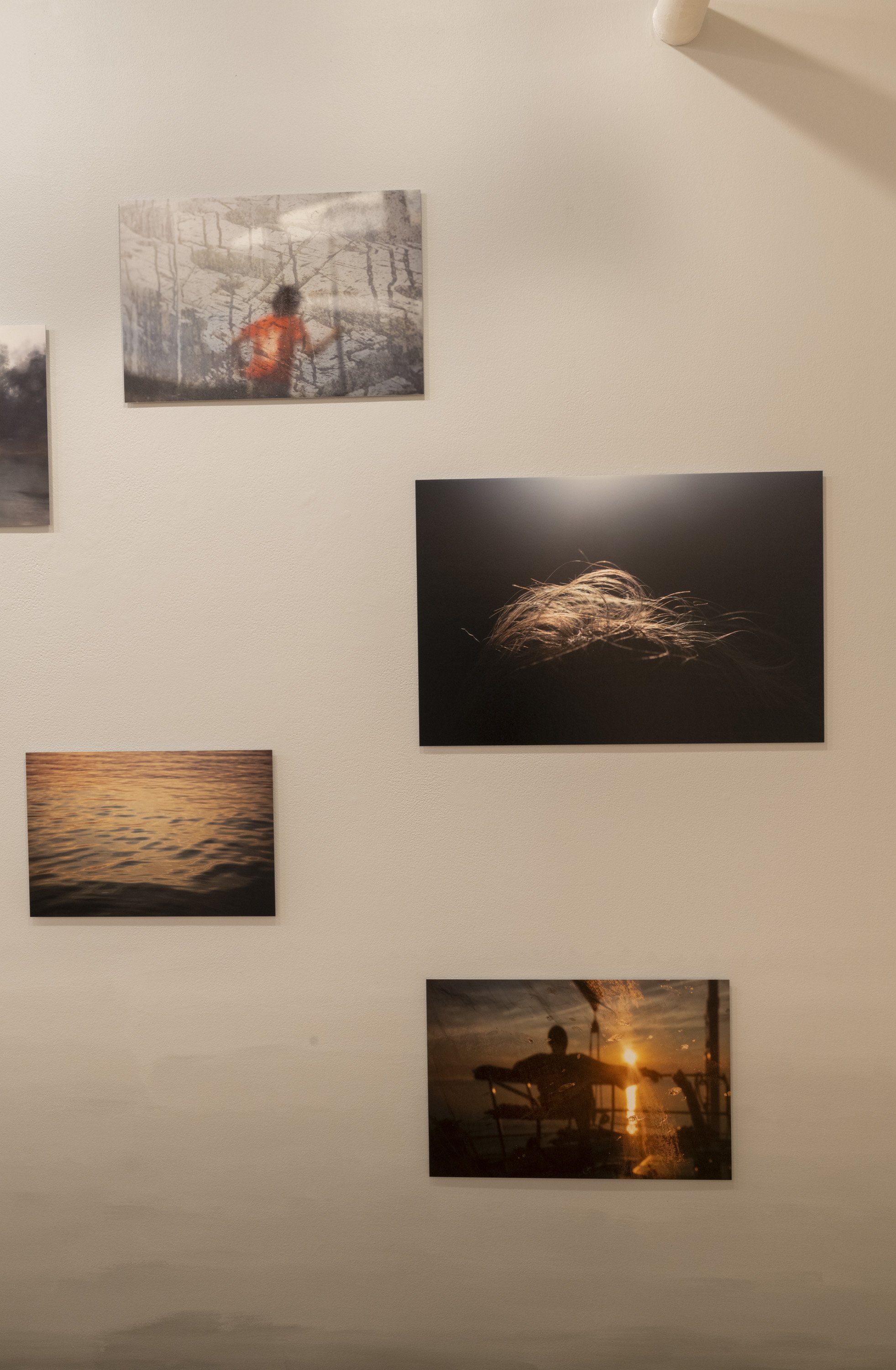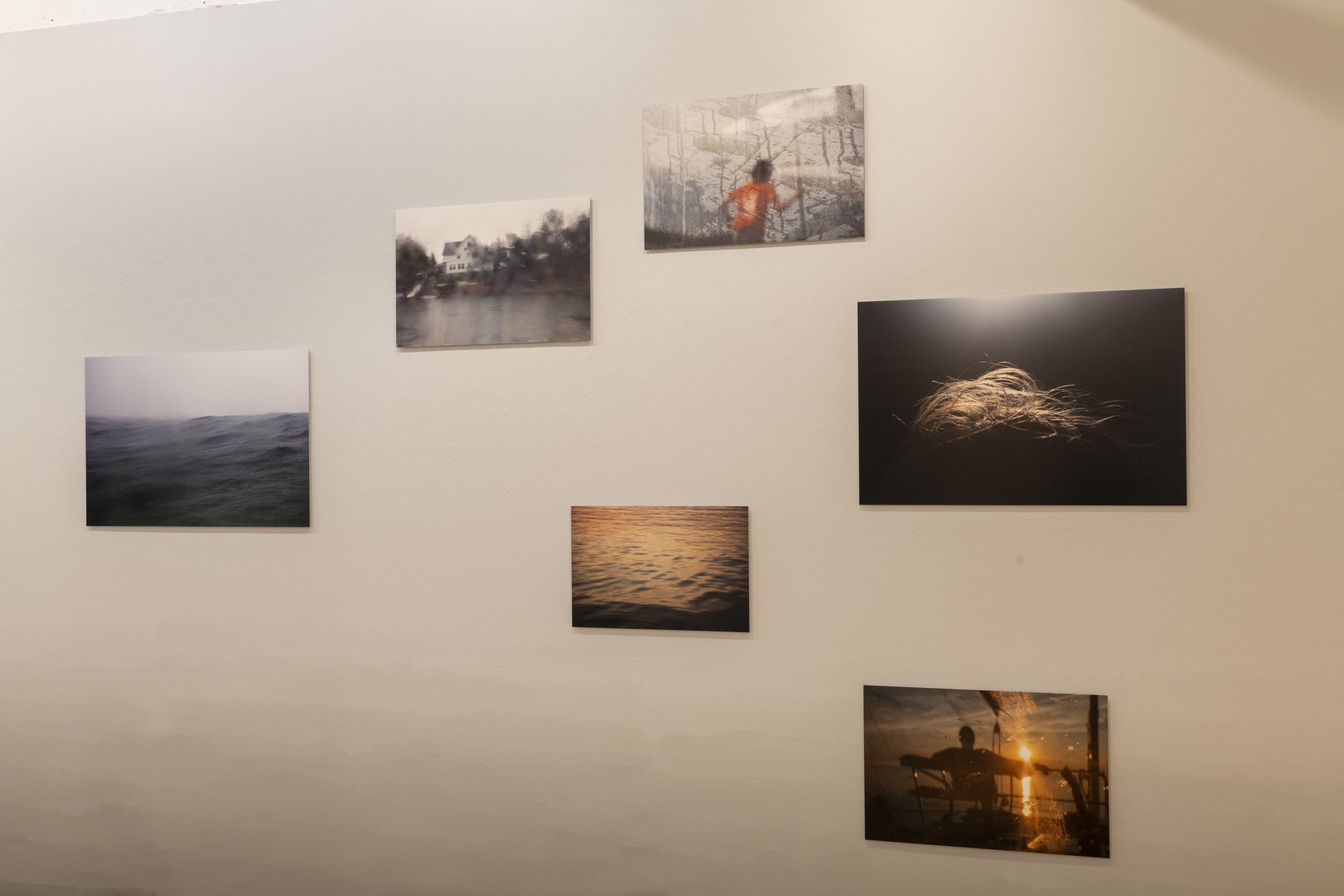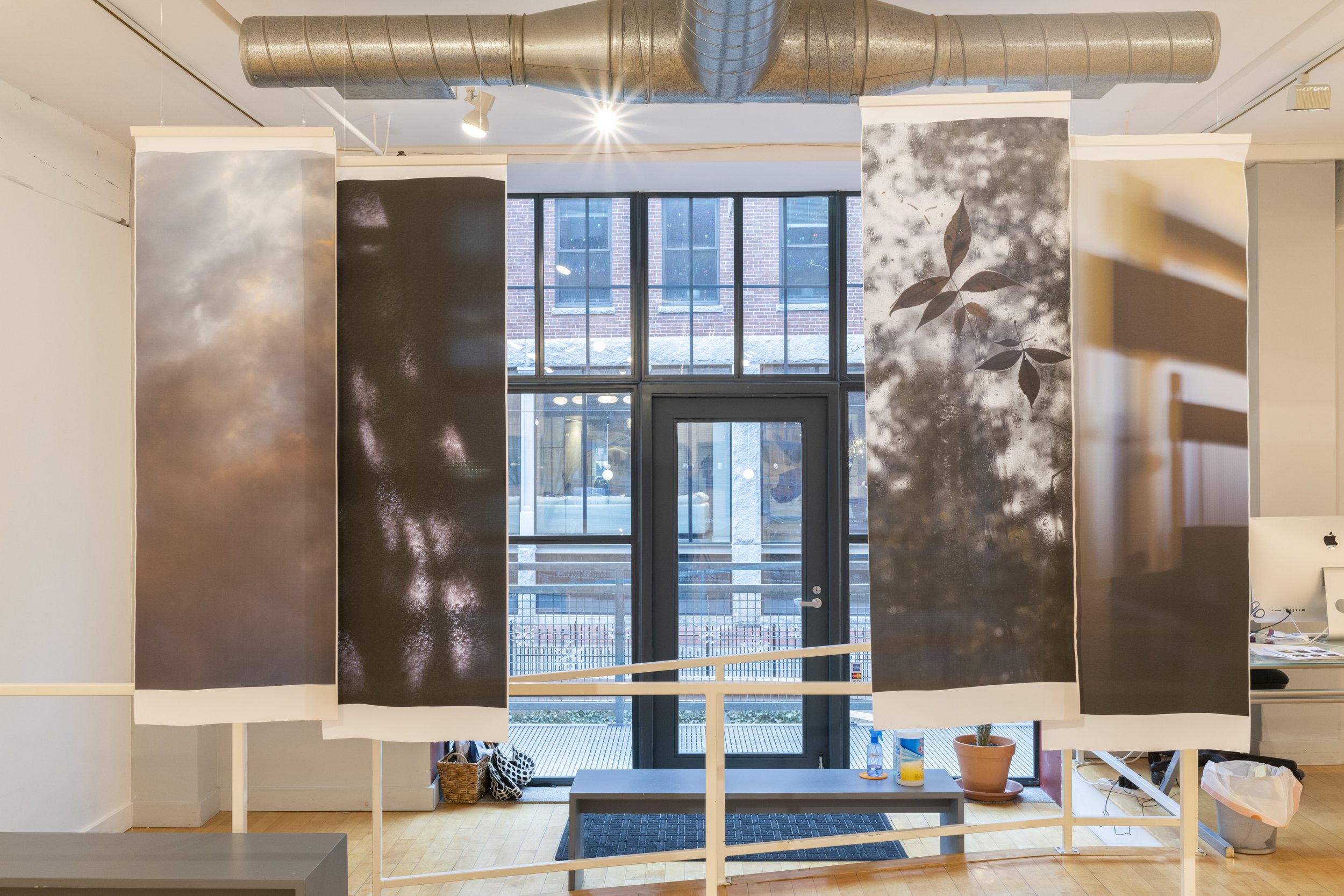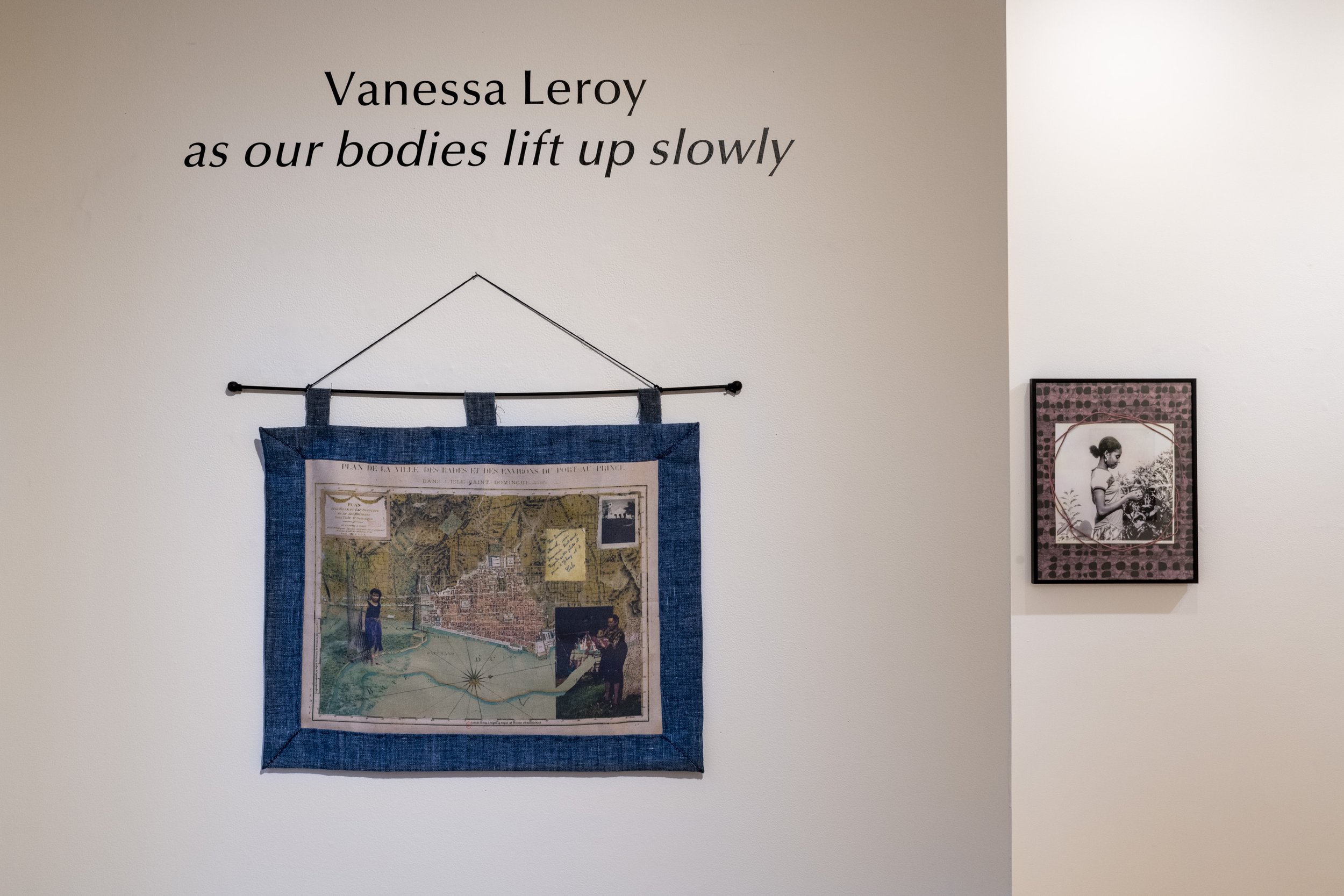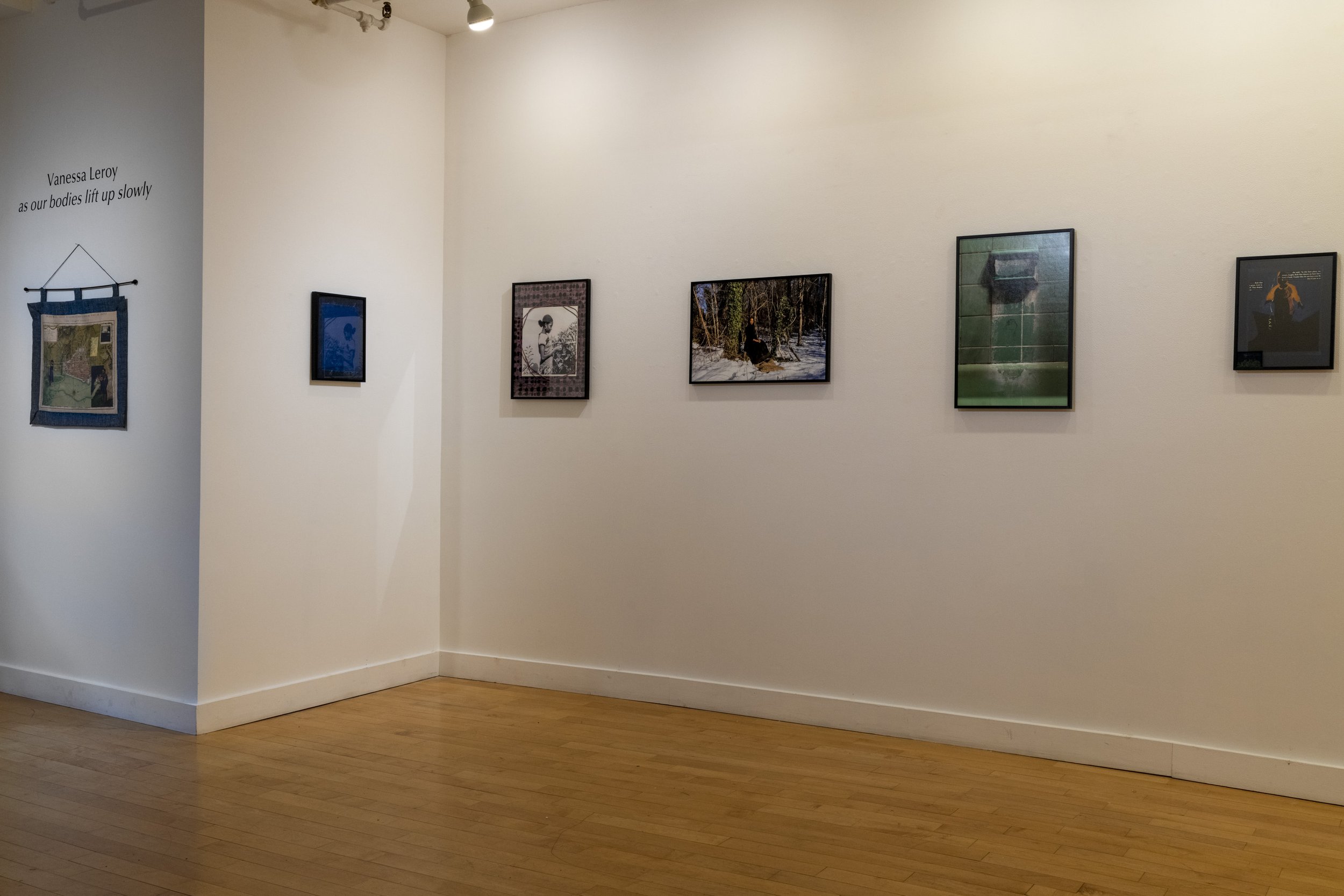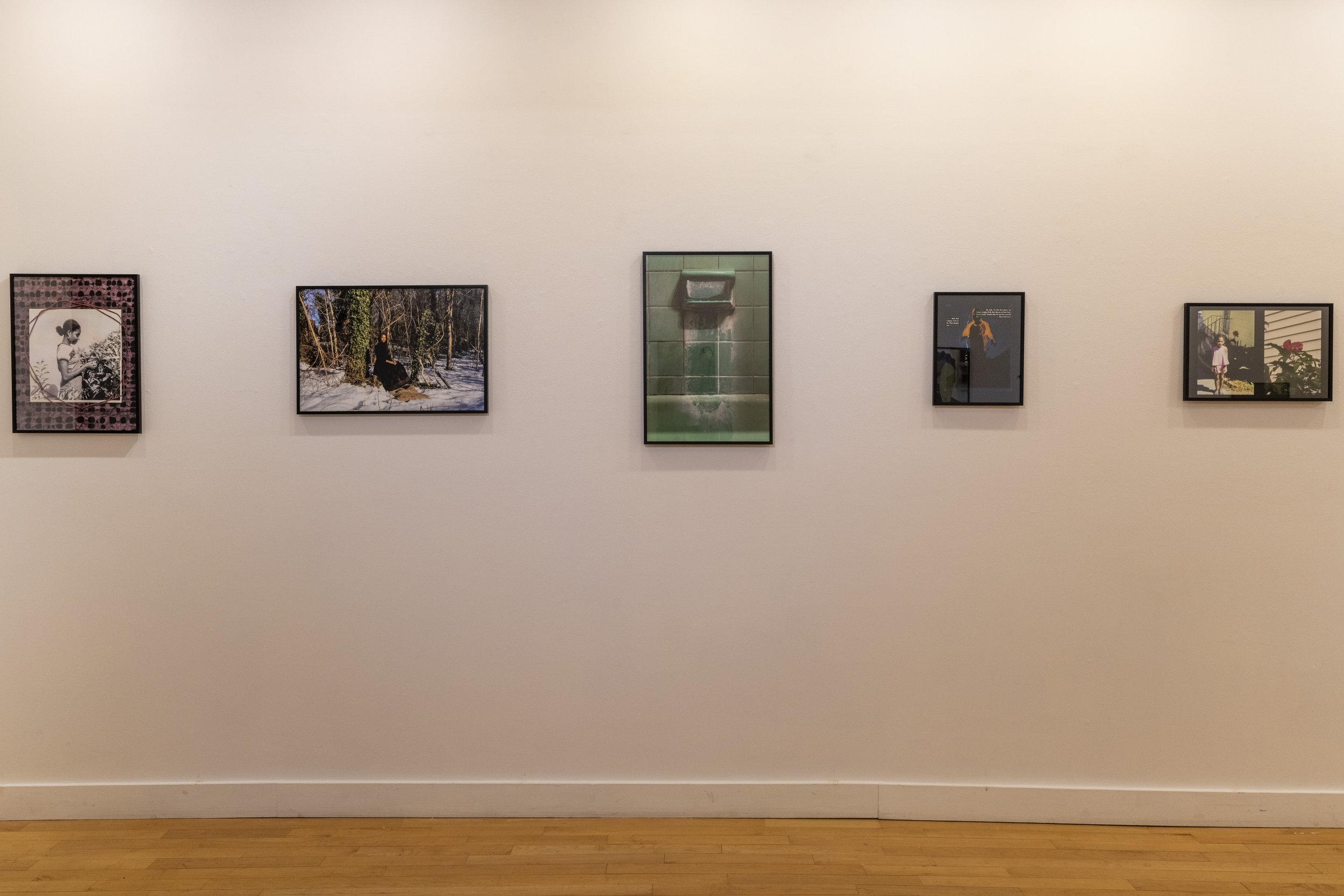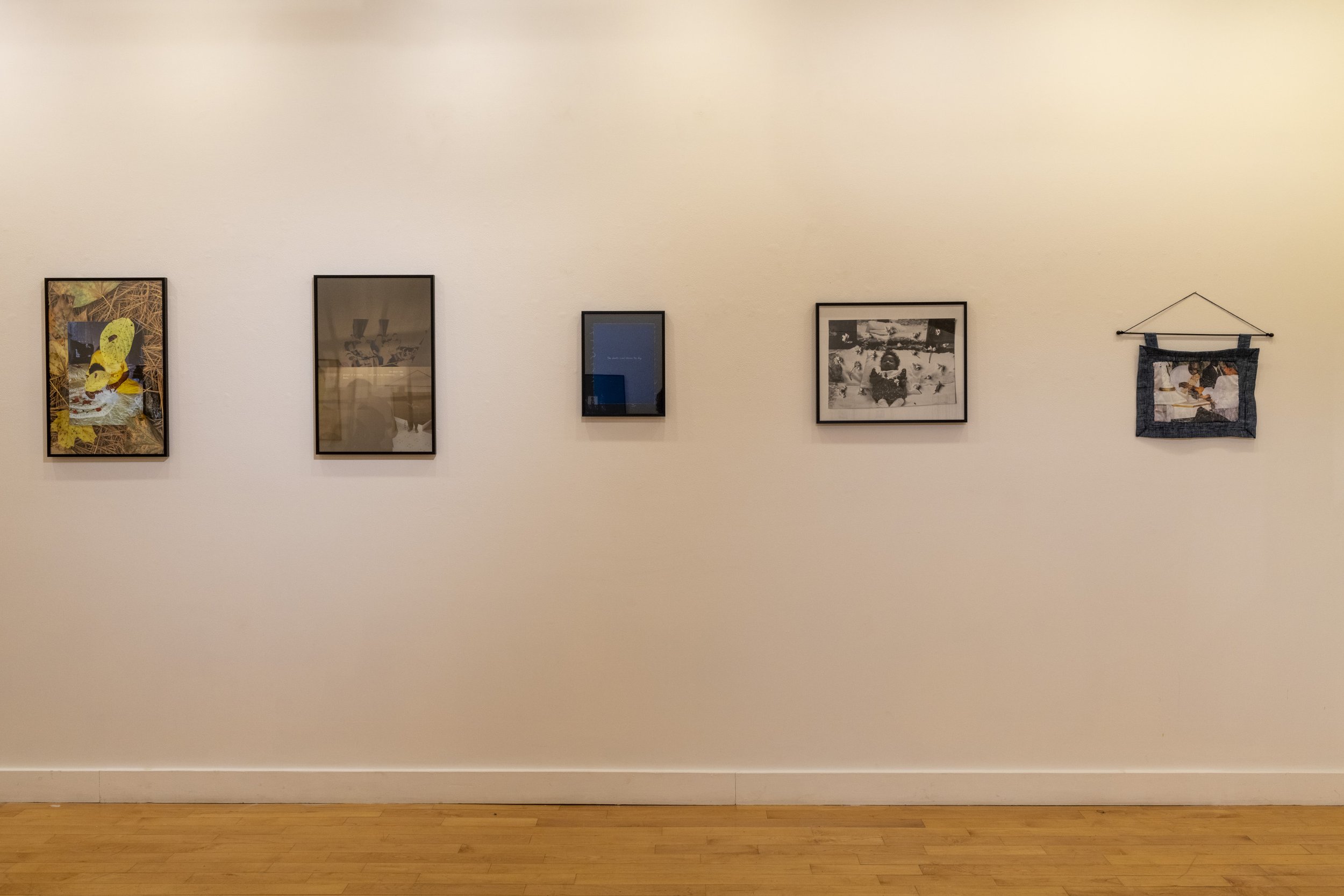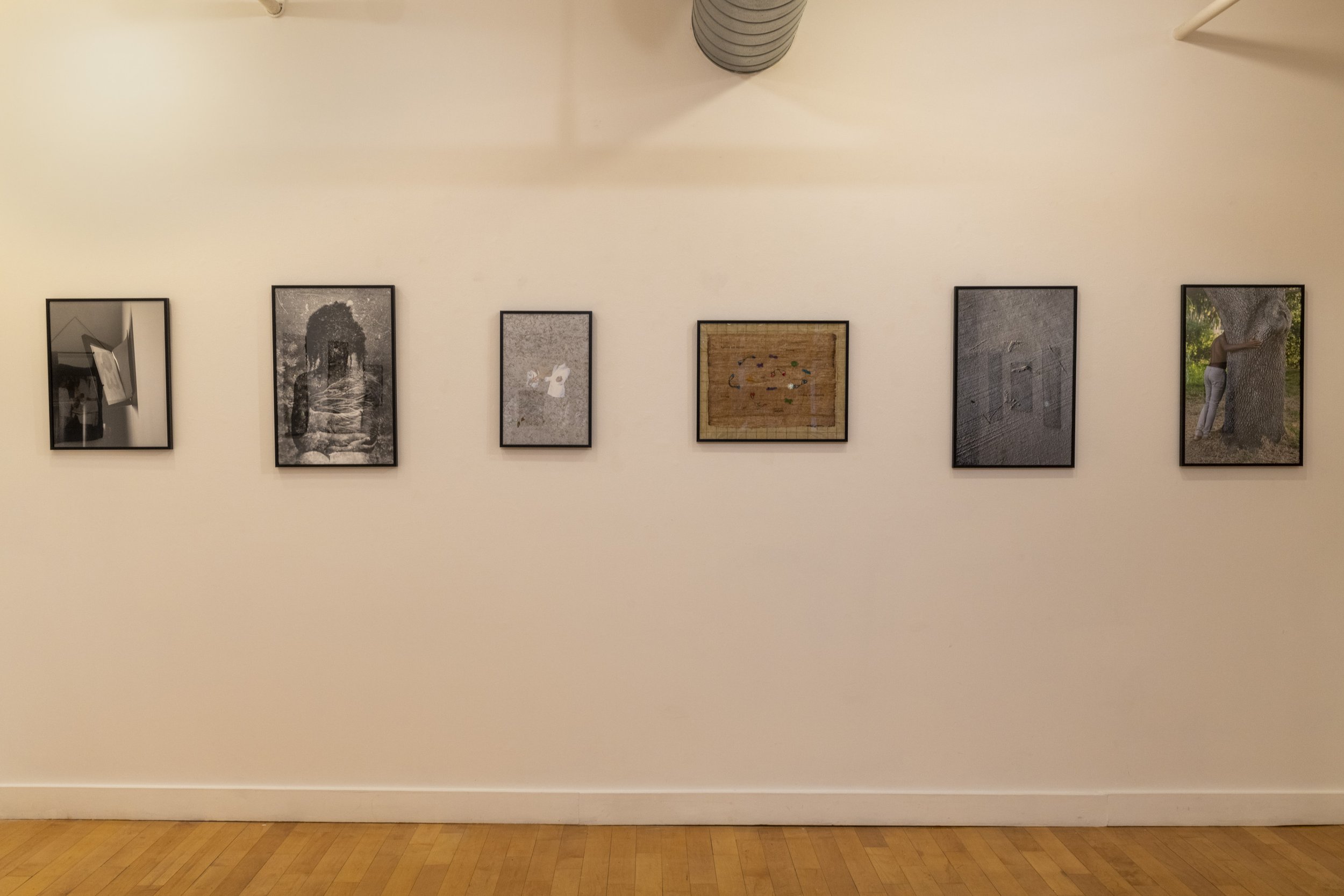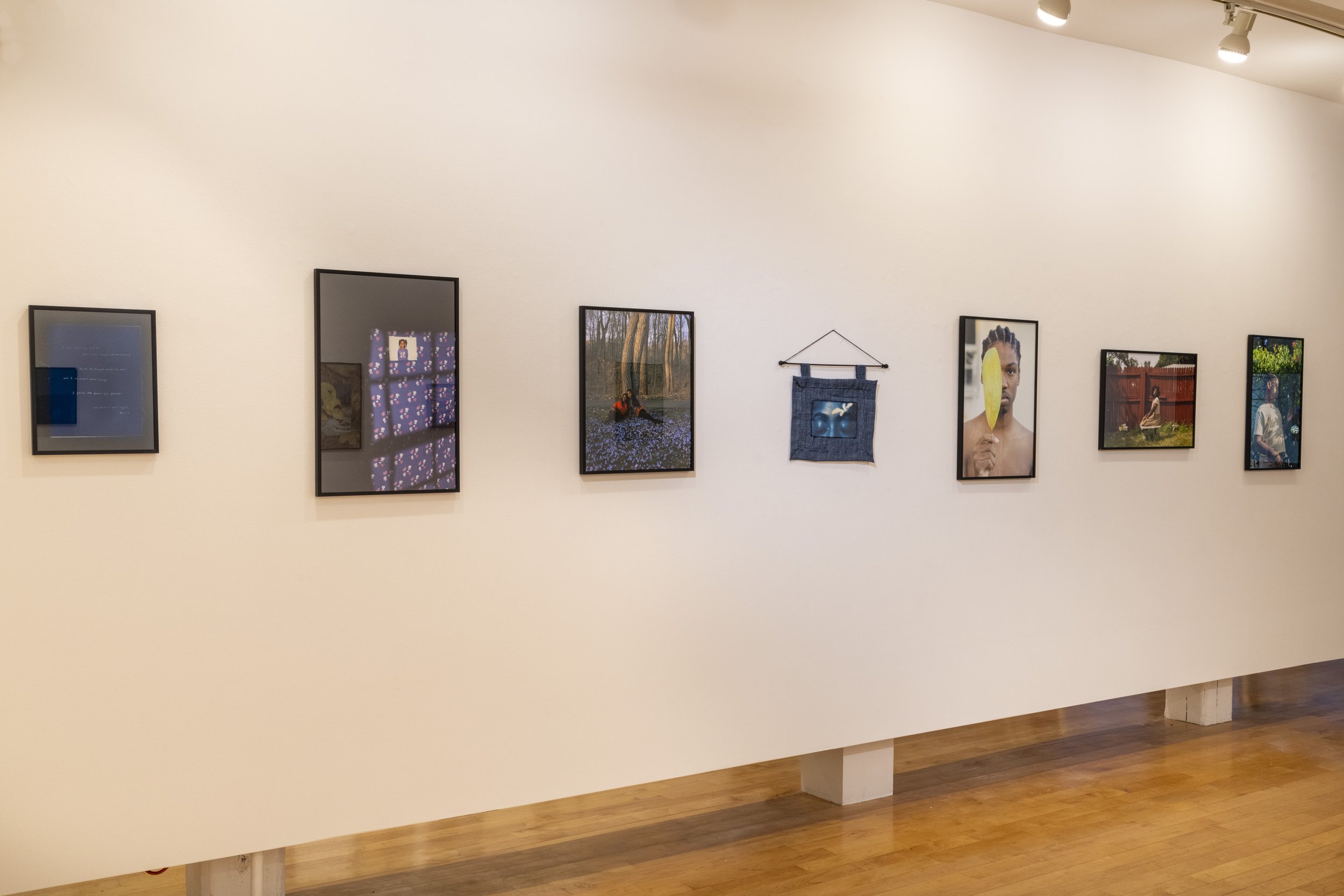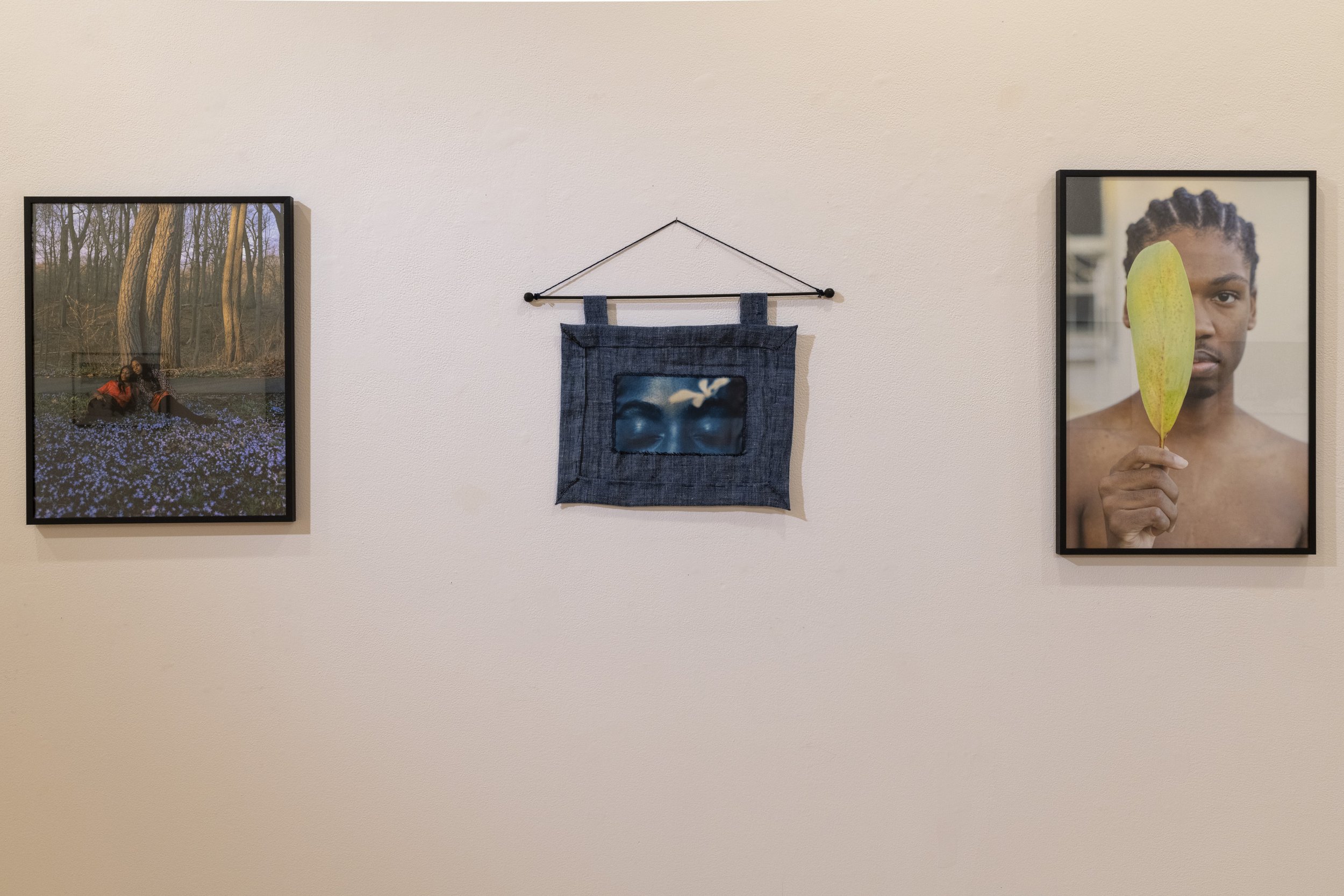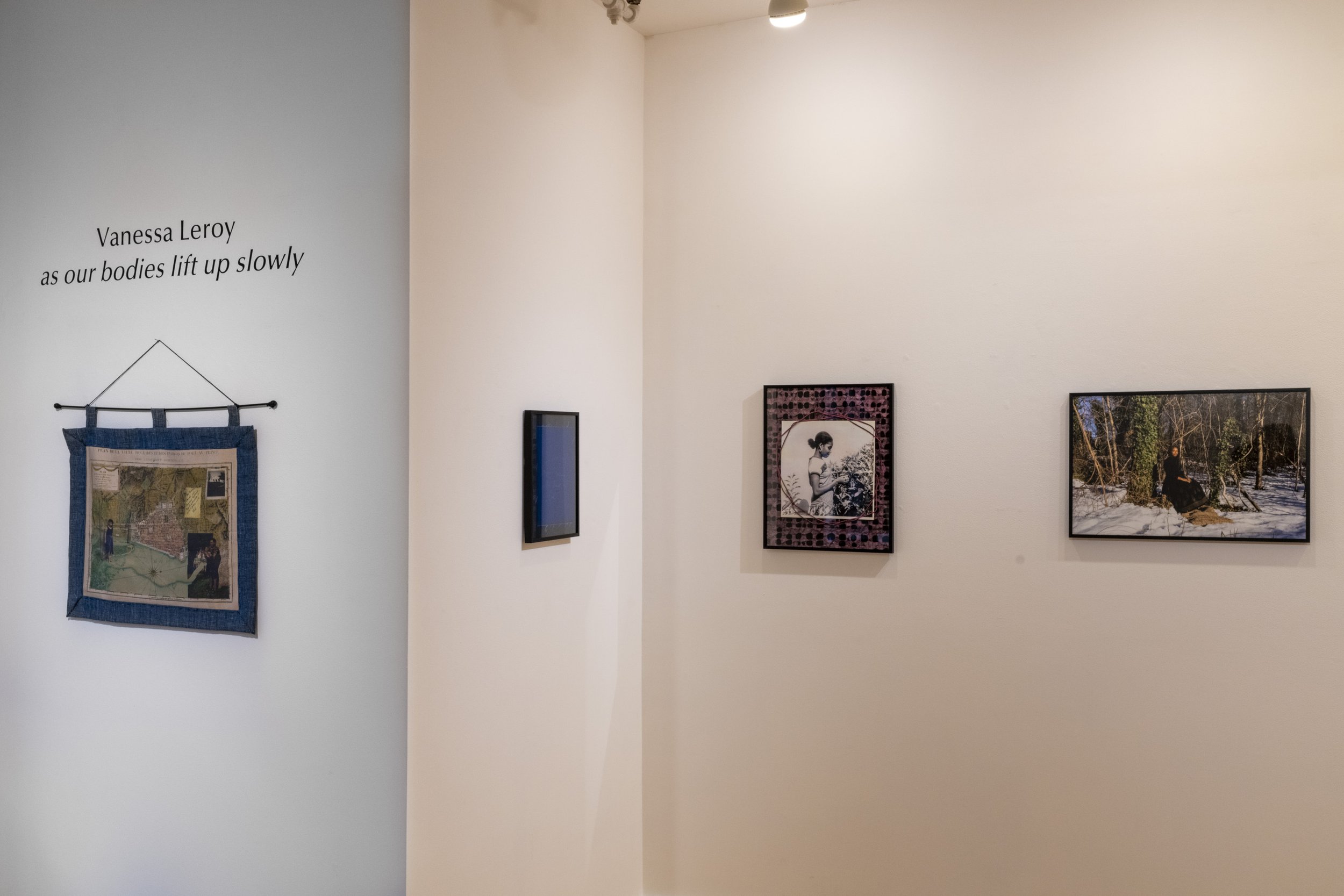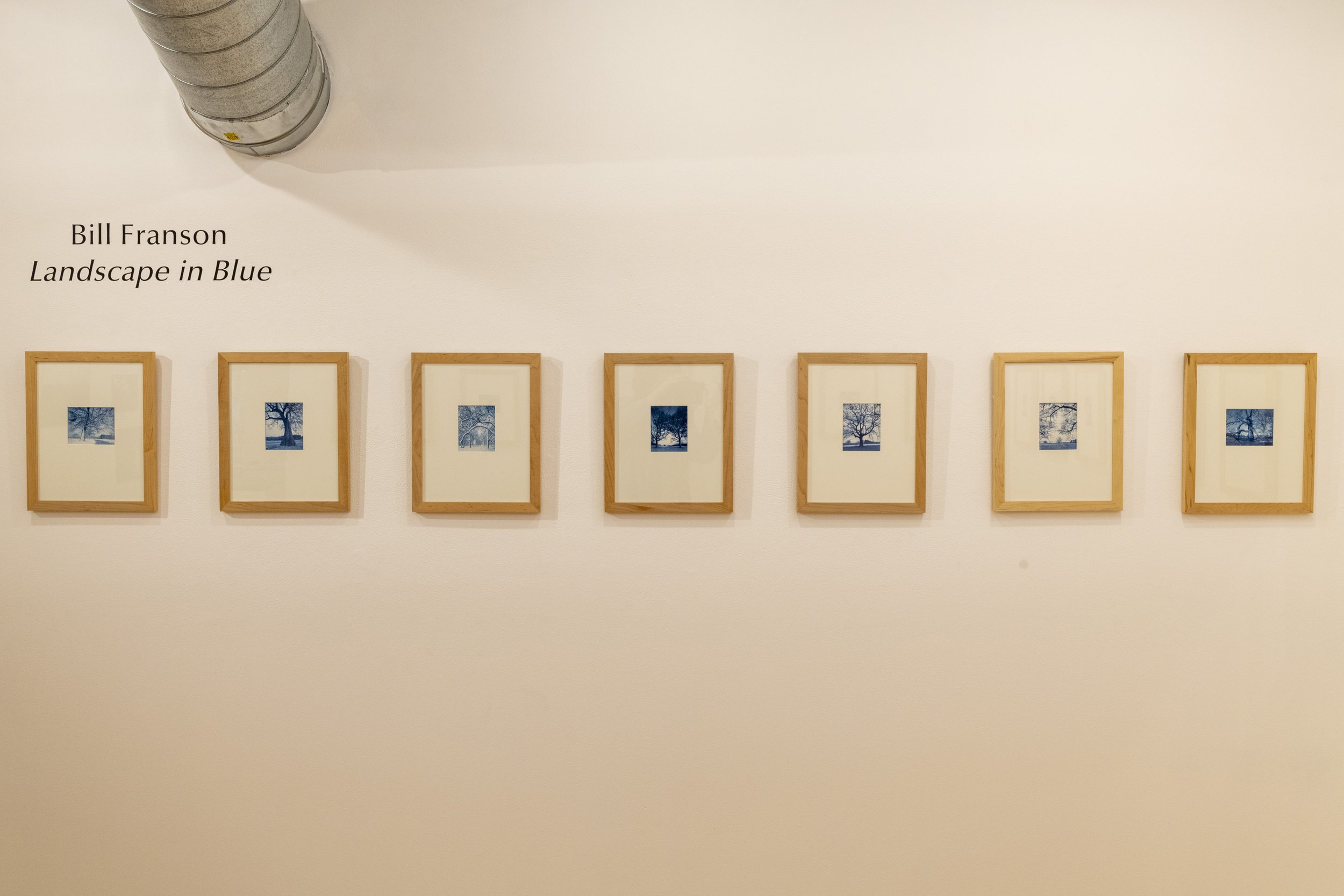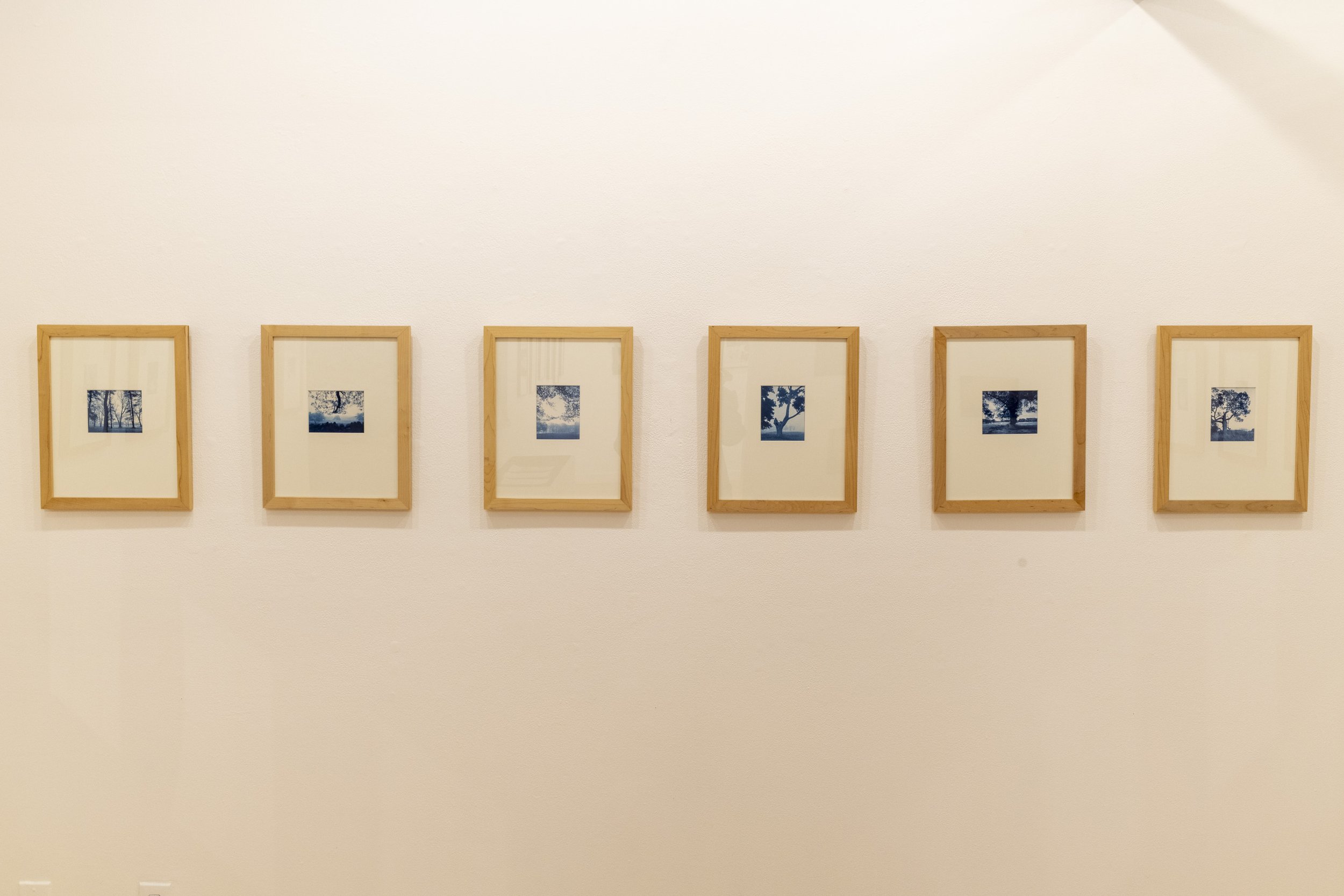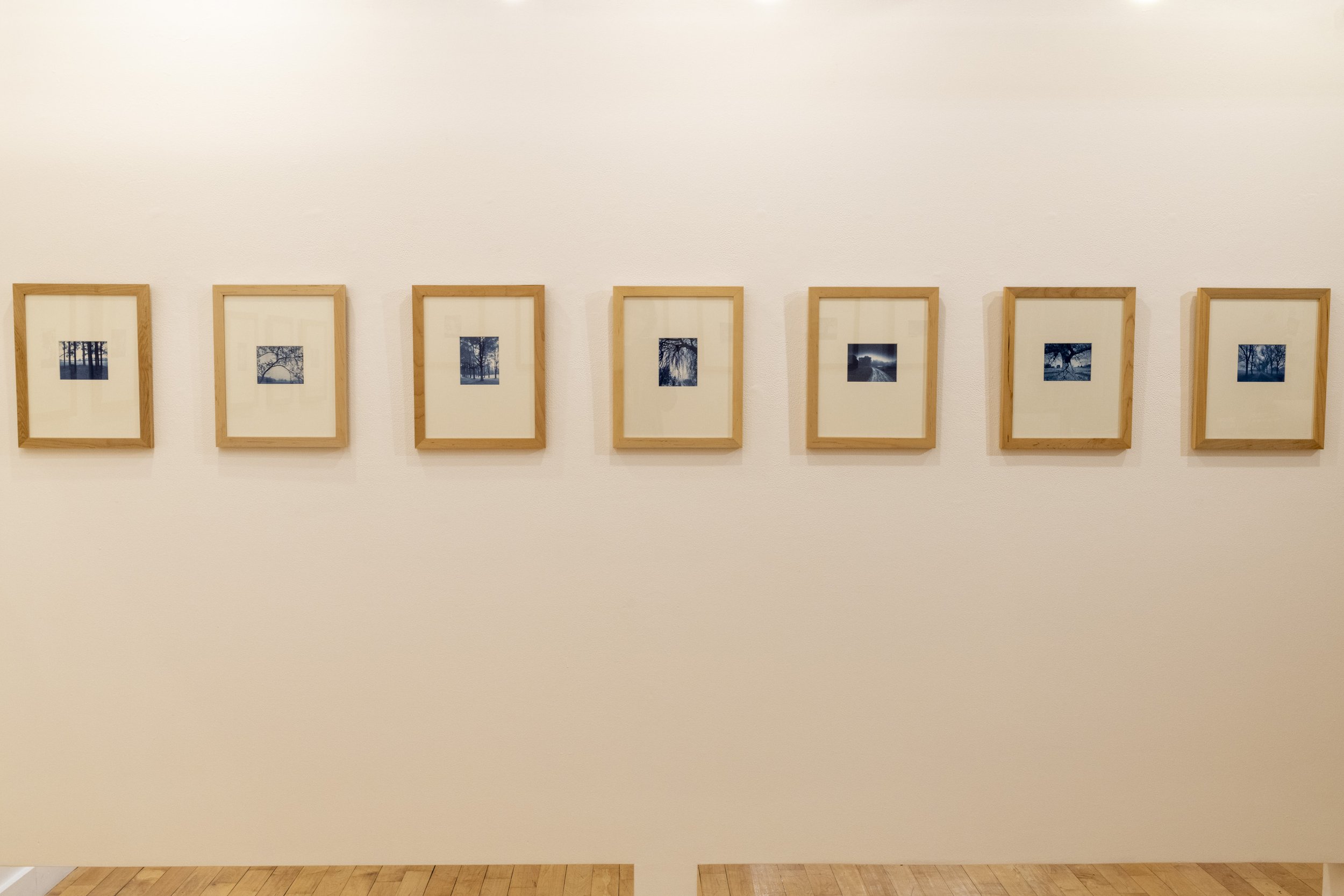When most people travel today, whether it be by air, rail, or road, they want to arrive at their destination as quickly as possible. However, it is the back roads -- what William Least Heat Moon wrote about in his book "Blue Highway" -- that call to me. I seek the human relationship to place where symbols and signs, past and present, the whimsical, the iconic and the ironic are often blended by the passage of time. My subjects are the obscure and the transitory. They are not hidden, but they are seldom noticed by the passer-by. For me, these symbols of man combine with the ever-present and ever-changing symbols of nature to reveal an enigmatic picture of life. My natural landscapes serve as a foil for the social landscapes.
It is this landscape that interest me most. These images represent my individual response to things -- as I see them -- in my travels. They are documentary only in the sense that they present highly detailed visual record of sometimes isolated areas and things. More importantly, these photographs give form to my visual impressions. The heartland is marked by decay and a slow evolution towards a more contemporary time as evidenced through personal expression of rugged individualism.
I photograph to validate an existence, and for the sheer ecstasy of pleasure I feel at that moment when the dialogue between myself and the subject reveals what Vincent van Gogh called "...a feeling for the things in themselves." It is a passage from things seen to things known.
Rebecca Doughty | Smile
The characters I paint or draw or sculpt in my studio are my companions, confidants, clowns, heroes. Together we navigate life’s comedies and tragedies. My work most often features a cast of animal characters in a range of human predicaments, but for this exhibition I’ve combined two bodies of work that take a slightly different turn: the Smile paintings may be smiles of the past or future, or of the departed, moments of happiness salvaged, ghosts of happiness haunting a fragmenting world. The Sticks, friendly in spite of their anatomical challenges, honor a long tradition of folk and visionary artists who transform these readily available natural materials into worlds of their own. I’m interested in the notions of “high” and “low” art, and perhaps my work exists in some odd territory— very much rooted in traditions of painting and drawing, and at the same time poking fun at these traditions.
“All the untidy activity continues, awful but cheerful.” —Elizabeth Bishop
Conley Harris | Along the Path
Conley Harris is fearless and forthright—and lyric—in his approach to the landscape. Through the paintings in this luminous show, Harris invites us to join him on a walk on a path activated by his passionate brush. He is an intimate of this place—the perfect guide.
Harris sees the forest and the trees—and roots, grasses, rivers, and ponds, and other elements of the verdant New England woodlands. “It’s the forest silence,” he writes, “the damp bark, stillness of the air, the layers of old leaves between the trees.” You can sense those facets of nature in his immersive bravura paintings.
Expressive, marked by semi-abstract passages, these paintings are alive with rich, often earthy pigments. Layers of paint and imagery enhance the sensation of depth of observation—as if Harris could see through the foliage to the essence of the land.
That layering effect derives in part from Harris’s remarkable process. An enlarged photograph of a 16-by-20-inch plein-air oil sketch printed on a canvas serves as matrix for each painting. “This transformation,” the artist notes, “is about seeing the landscape as new experience, looking at its parts and pieces, reconsidering my memories of sitting and painting the original smaller picture.”
This act of reinvention connects Harris to the history of landscape painting, from the likes of Lorraine, Caspar David Friedrich, and Ruisdael to such Maine masters of the last century as Rockwell Kent, Marsden Hartley, and John Marin. As a mentor to generations of painters through his teaching, he is the model artist, acknowledging the past while embracing the present.
“I have never hesitated to talk to trees,” Harris states, to consider them his “partners”—like arboreal companions. Traversing a high ridge overlooking the Charles River outside Boston, he encountered a special tree-bound world. Lucky for us, he felt compelled to paint his impressions and bear them back to us. His is a walk to remember.
--Carl Little, author and critic
























































































































